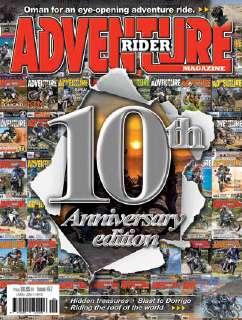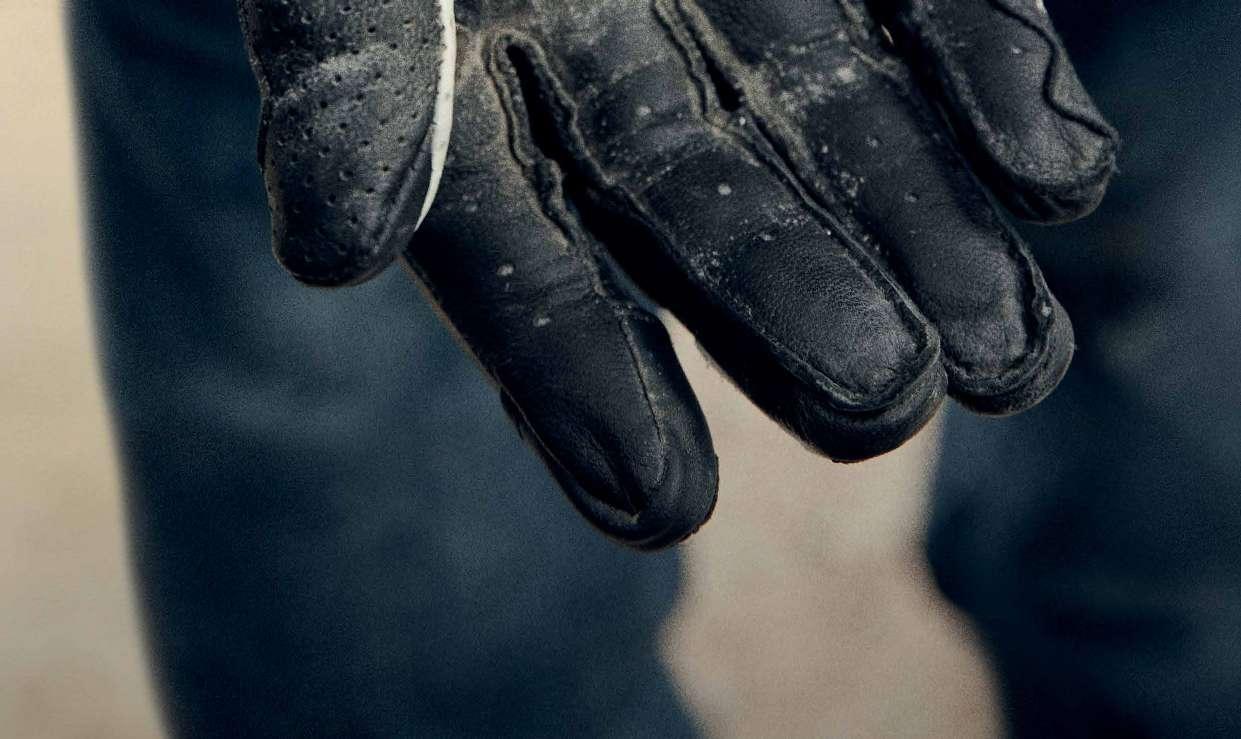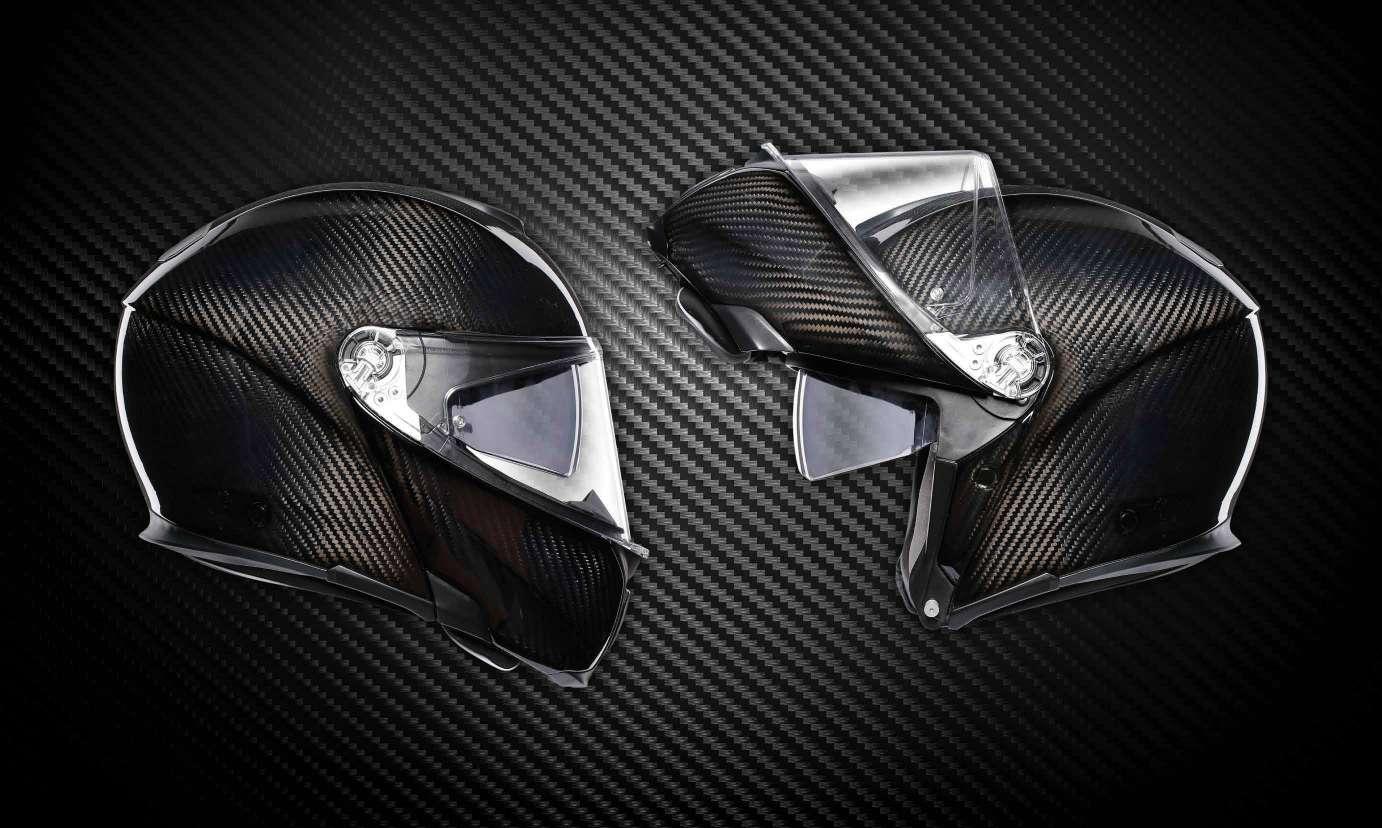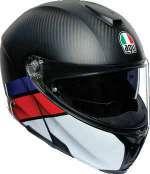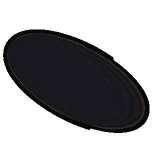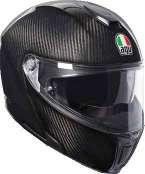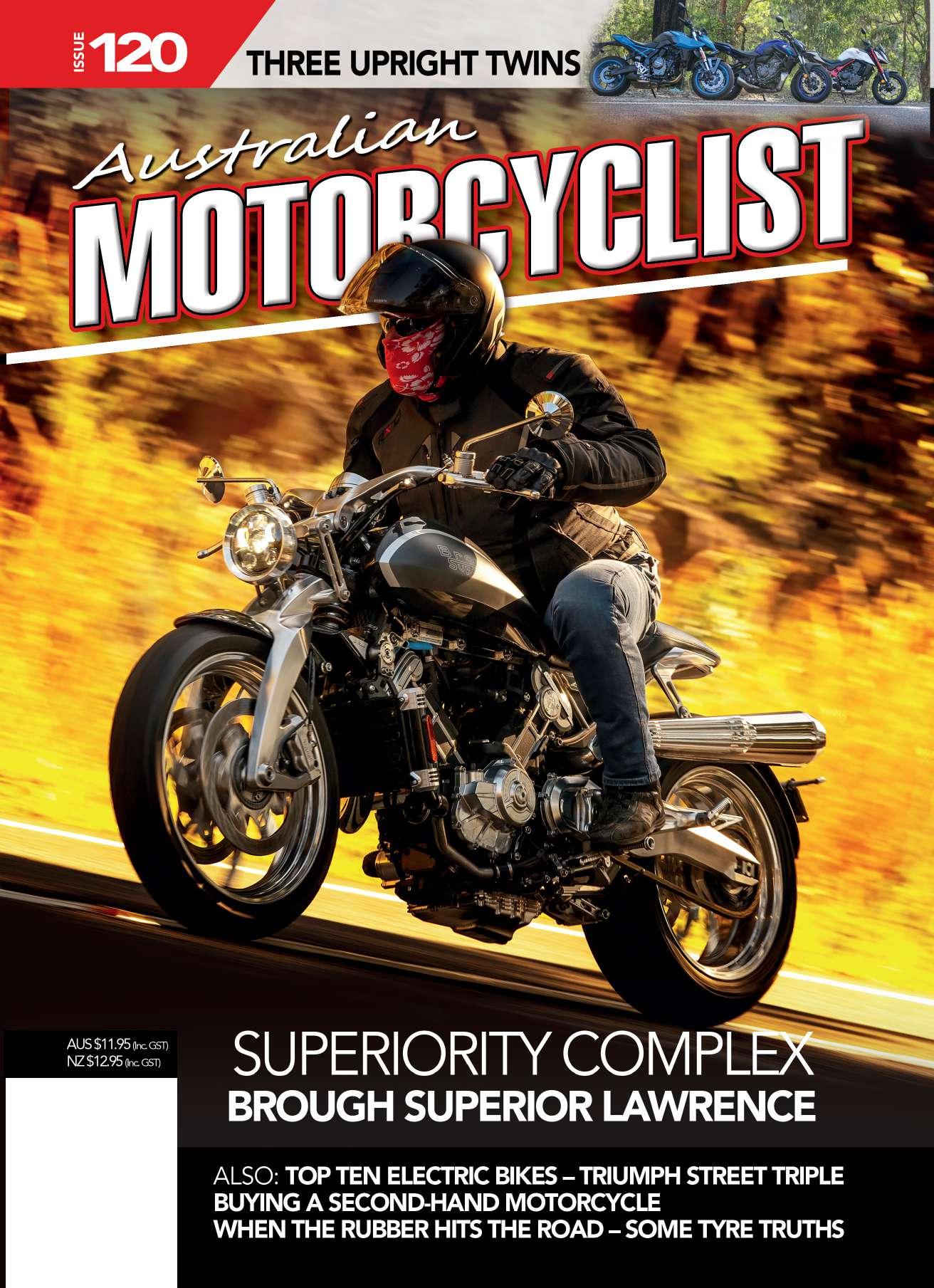

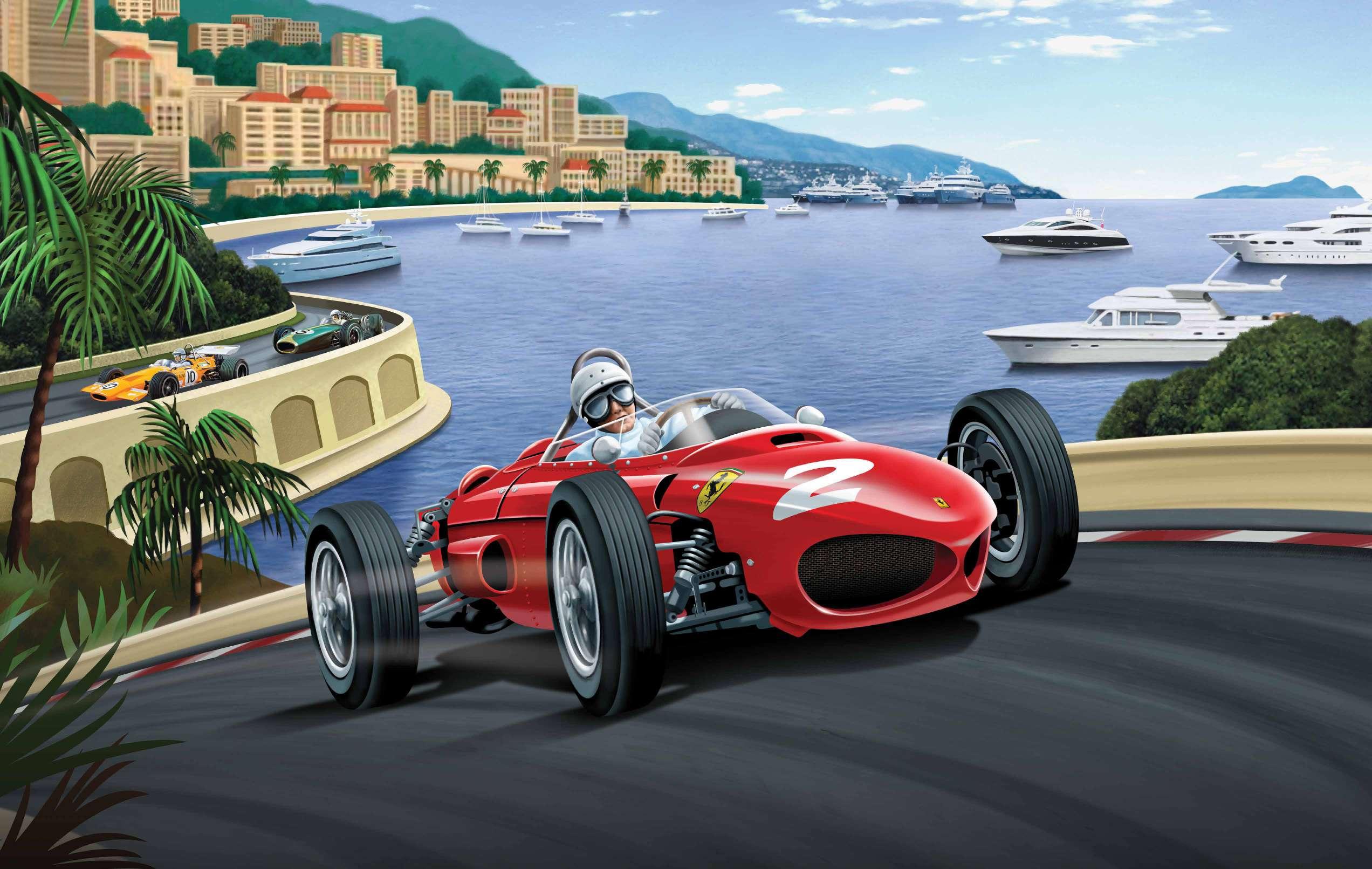
PLUS WIN AN INDIAN FTR SPORT
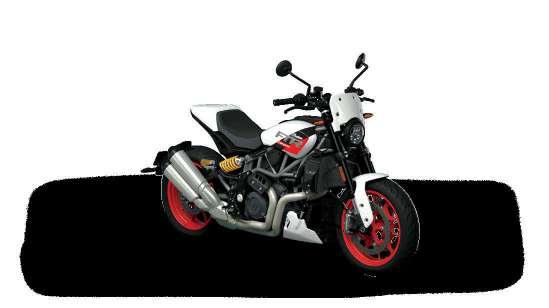















The first chapter of a whole new book of the Sportster saga. A legacy born in 1957 that outperformed the competition is now rebuilt to blow away the standards of today.
To call it the ultimate Sportster is an understatement. This motorcycle offers an elevated level of performance and handling with high tech features packaged in a middleweight custom cruiser. It modernises the evolution of the Sportster platform for the next generation.
Prepare for a level of power and performance that has surpassed all expectations. Try it for yourself.
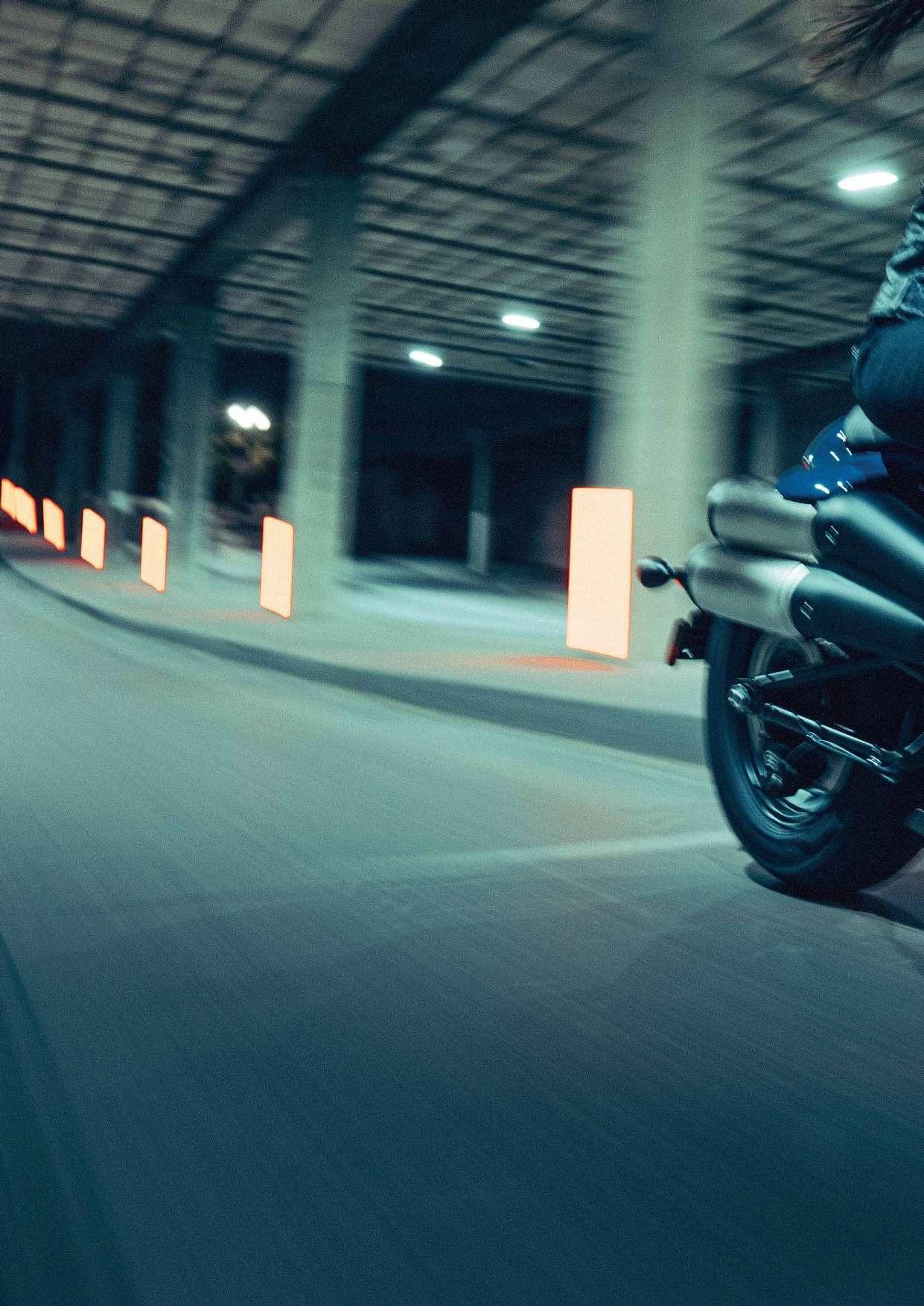

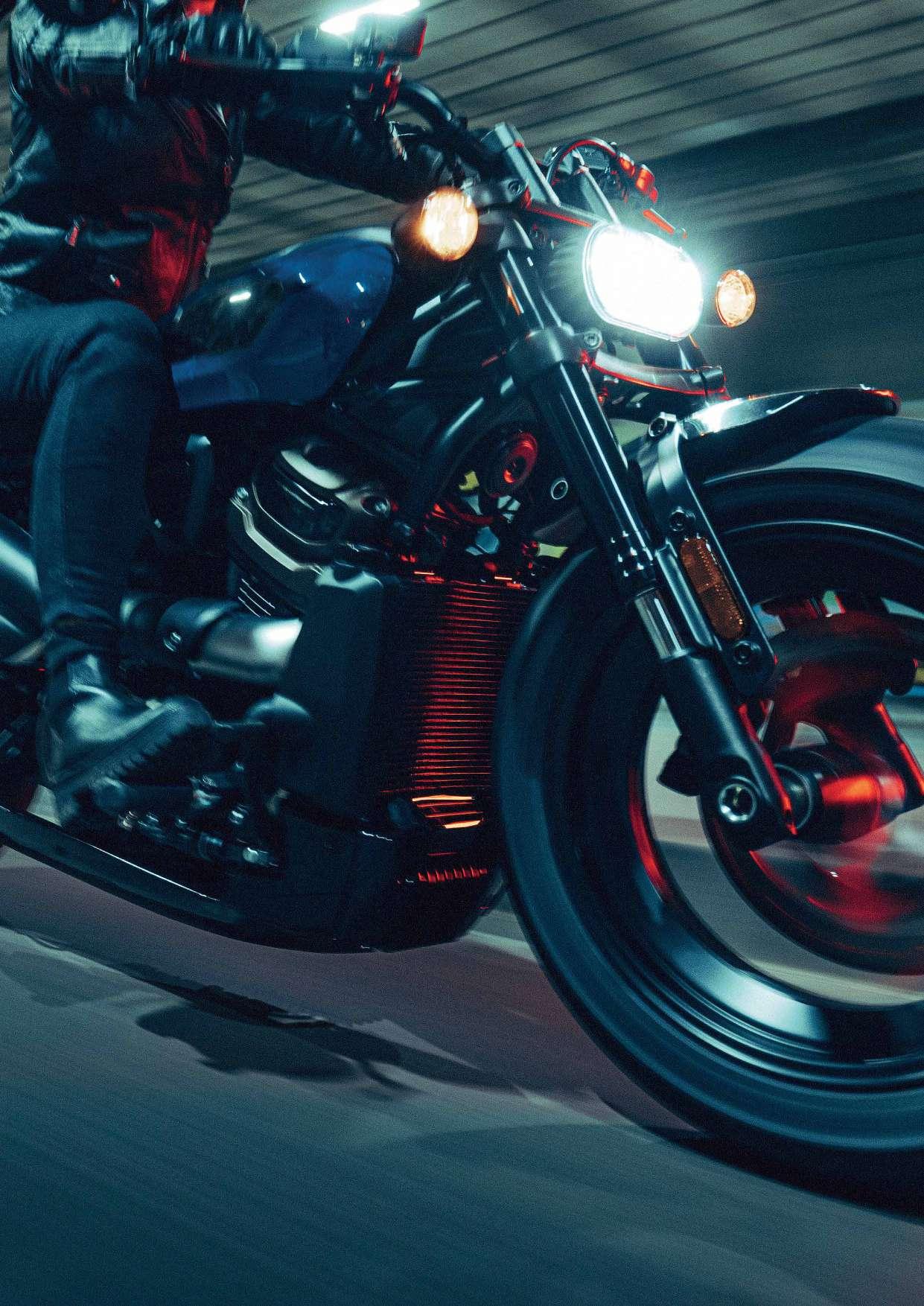


The Super Meteor 650 has been built on our enduring belief that people and journeys cannot be limited to hours or kilometres. Its heart is our iconic parallel twin engine, which offers seamless gear transitions, strong low-end acceleration and an effortless throttle response.
BOOK YOUR TEST RIDE TODAY
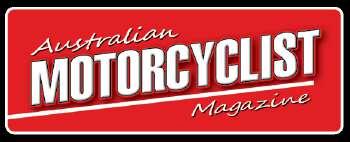
Publisher: Tony Clemenger
Editorial Manager: Susan Plunkett susan.plunkett@clemengermediasales.com.au
Sales: Leslie Maxilom leslie.maxilom@clemengermediasales.com.au
Design: Southern Bear Creative Solutions
Contributors:
Boris Mihailovic, Tug McClutchin, Col Whelan, Tom Boissel, Nick Edards, Holly Fields, Aaron Clifton, Ross Stanford, Nigel Crowley, Jeremy Potts.
Photographers:
Nick Edards, Duncan Clifton, Ross Stanford, Jeremy Potts.
Your View: yourview@clemengermediasales.com.au
Subscription enquiries: tony@clemengermediasales.com.au
Printed in Australia using recyclable paper
Distributor Ovato
Australian Motorcyclist magazine is published by Australian Motorcyclist Magazine Pty Ltd. Level 1/397 Chapel St, South Yarra VIC 3141, Australia
This publication is copyright. Other than for the purposes of research, study, criticism, review, parody or satire and subject to the conditions prescribed under the Copyright Act 1968, no part of this publication may be reproduced, stored in a retrieval system or transmitted without the prior written permission of Australian Motorcyclist Magazine Pty Ltd. Opinions expressed within this publication do not necessarily represent those of Australian Motorcyclist Magazine Pty Ltd. No responsibility is accepted by Australian Motorcyclist Magazine Pty Ltd or the editor for the accuracy of any statement, opinion or advice contained in the text or advertisements. Readers should rely on their own enquiries in making decisions tailored to their own interest.
*Recommended retail price
Copyright © Australian Motorcyclist Magazine Pty Ltd ACN 161 432 506 ISSN 2201-5442
We encourage you to keep or recycle this magazine.
I’ve been conservative to this point in my editorials. Now it’s time to step forward and tell you a little about me. I came to this role after many years in research, content writing, managing writing teams, and editing. No-one in the industry knew me and fair enough; no reason they should.
As equally, I didn’t know anyone either and, in an industry and field often based on connections, this was a significant shortfall.
At the same time, I had no entrenched attitudes or bias. I therefore spent a little time observing, taking opinions and observations, and coming to some conclusions of my own.
I’ve never been a motorcycle rider but hundreds of times, a pillion. I have frozen, been exhilarated, and sometimes a little scared. There were brands I came to smile at whenever I saw them on the street, and ‘tribes’ I came to know or mixed with socially. I went to funerals. I loved.
When I hear the deep tones and rumble of a Harley down on the road, I get that frisson of pleasure. When I see two motorcyclists signal a courtesy to each other as they pass in different directions, I feel oddly proud. I get pleasure from seeing
people recognise their commonality and lifestyle connections. My ‘tribe’ has scooters, dirt bikes, café racers, street bikes, great machines and small and wiry wondrous beasts that climb out of water, have a shake, and keep on riding down the track.
I have roared with laughter when seeing a Ducati rider get off his bike at lights and pretend to clean the windscreen of a scooter. I give thanks for those lines of riders, often from all walks of life, with Teddy Bears on their bikes during a Toy Run.
There are industry professionals and clients who have taken me on face value and made my role far more grounded and easier. And there are subscribers who have understandingly felt the strains of a change in editorship and yet have shown support and been honest about what they would welcome seeing.
The current contributors have been, as per their individual writing styles, rich, screamingly candid and fruity, straightforward, explanatory, and – as you will see from Tug this edition – umbrellaed by love.
The AMM tribe.
Vive!
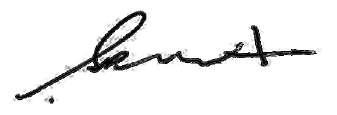
Compass Expeditions is excited to announce what we believe must be the best job on earth. Imagine a job where you can travel the world riding motorbikes or driving 4x4s, imagine a job where you can blend working from home and working in an office environment or imagine a job where you get to visit MotoGP events, attend trade shows, and present Compass Expeditions products to the motorcycle, 4x4 and travel trade industries. If you can imagine this job, then a Business Development Management (BDM) role with world renown motorcycle & 4x4 tour company Compass Expeditions might be the ideal job for you.
The BDM role would suit an enthusiastic & experienced sales and marketing person who is good
with people and can interact with our wonderful clients, many of whom have been with us for years. This is a role that would involve some local and international travel, and a role that would involve attending the Compass stand at the Philip Island MotoGP or superbikes or perhaps represent Compass Expeditions at the BMWMOA in the US etc.
Compass Expeditions has long been regarded as one of the world’s leading quality motorcycle tour companies and has recently expanded into offering 4x4 tours as a stand-alone product offering. If this “best job on earth” might appeal to you, please reach out to Compass Expeditions at info@compassexpeditions.com or call Compass Expeditions on 03 9747 2379.
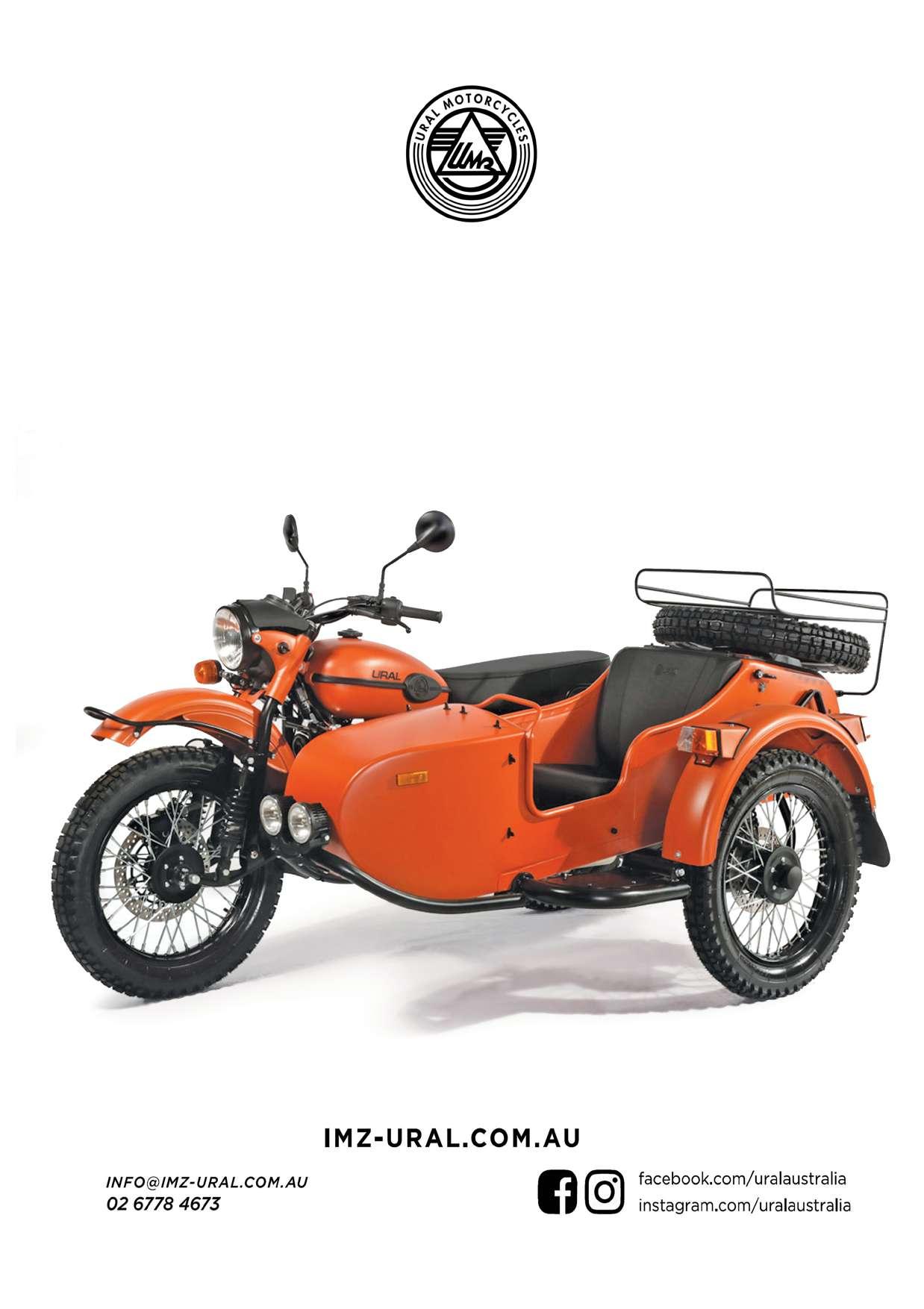

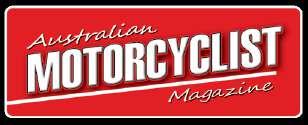
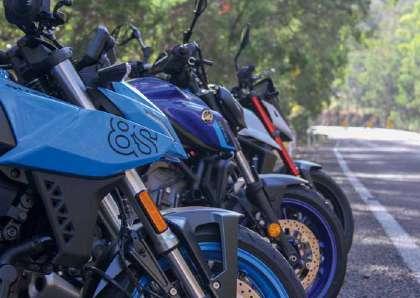
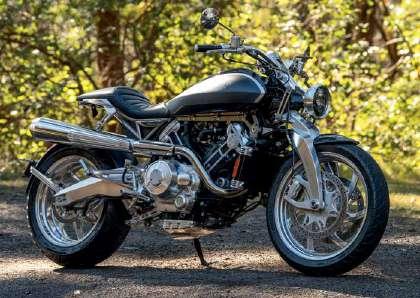





Editorial comment:
Unfortunately, we are still unable to access the AMM Facebook page however, this question was asked on Adventure Rider FB and the comments are relevant to
It may not apply to adventure riding as such, however, many in our community ride road bikes also. Opinions on lane splitting/filtering?
I ride anything with two wheels.
Have always lane split/ filtered.
SLOW, never do it if the cars are moving above about 40.
Always up the middle, not the inside or the left (brake down lane), blinker or hazards on.
Still, tintops will try to kill you, but it’s hard to hit what isn’t there...
Paul C Newtown
I do it whenever I can, legally.
Linc Yeo
1200GSA easily done. Much safer to leave from the front.
Karl May
In my mind Filtering is an increased risk, so I only filter when the gain outweighs the higher risk.
Jim Alexander
Jim Alexander .. lane filtering is never an increased risk.. lane splitting is where the risk is.
Look up the difference in definition between the two in the eyes of the law.
Steve Evets
Steve Evets i disagree with you, I understand the difference between filtering and splitting, and I think it is an increased risk over sitting in the traffic.
Jim Alexander
I started filtering at low speeds through stationary and slow moving traffic on my motorcycles 5 decades ago.. it’s far safer than being the meat in the sandwich if
two cars have a nose to tail crash. I always do it where possible.
Steve Evets
Lane filtering has been legal in NSW for ages and is great. Splitting is generally considered the hoon behaviour of doing the same but at much higher speeds.
Kris Hodgson
Where I’m from it’s illegal. But I don’t do it In Australia either.
What drives me nuts are the guys that come in front of you at a light, when I’m in my car, and then when the light turns green, they accelerate at half the speed I do, tying me up when I was there first. If you are going to cut in front, you’d better be prepared to go. It’s the only time I’ll tailgate a motorcycle.
Jay Dee
Done properly is fine, but most don’t and ride too quick.
Paul Billington
Lane splitting is illegal.
Lane filtering is effective if done within regulations. When done outside of the regulations it is lane splitting which is illegal.
Pretty simple really.
Shane Hateley
Done correctly, it’s safer than sitting behind a car waiting to be hit from behind. (not the freeway lane splitting @100kmh).
Dan Rotman
We should be allowed to go up the left (or right) of traffic on roads that are wide enough as long as it’s done safely at the legislated speed (like I think they can in Qld).
Andrew Morris
readers here. You are welcome to send your own opinions to yourview@clemengermediasales.com.au
Susan
To see filtering done in Europe is a thing of beauty. The cars make way for the bikes by pulling to the side of the lane. Bikes will sound their horns to alert drivers they are coming.
Paul Findlay
I have been lane splitting/ lane sharing since 1975. My road rules are the same as the dirt.....don’t have anyone in front of you.
Sam Cannuli
Do it all the time but it is getting harder with modern SUVs. The mirrors are right at the same height as the handlebars or mirrors. You need to take care. Also be careful around modern car mirrors, if you take one out and get caught it could be a nasty shock as they run to a couple of thousand dollars with cameras.
Ian Jones
Splitting and filtering are two different things. Filtering is legal in the right circumstances, where safe and where necessary. Filtering would be safer if drivers were educated and aware. Splitting is not legal, is unsafe and gives bikers a bad name.
Kezza Johnson
I ride a r1200gs with alloy panniers. Not really a option. But when in traffic I’m not comfortable doing it myself.
Reggie Hurrie
If you ride a bike around Sydney lane filtering is easier to understand. I’ve been lane splitting for as long as I can remember and in recent years has become legal. My view is simple, I take the risk (riding), I want the rewards.
Giovanni Pellicano
Idowhen vehicles are stopped and I can see there is room to move forward. On the other side if you hit my mirror, stop and pay the 1000 to replace it.
Wayne Edman
LOL! Depends on the size of your bike. I will filter any road on my XT. On my massive Harley? No way, unless there’s a giant gap between the cars. But in general, I do it whenever possible. It is healthier (less fumes) and safer.
Pippa Carron
It’s a great thing.. in my regional town the roads flood twice a day and a roundabout becomes a notorious choke point with up to 100-200m of stationary traffic at times.. I just filter through and save myself a ton of time since the ones at the front are typically very slow to jump into gaps to keep it flowing.. one car even pulled off slightly to increase the gap as I was coming up to them and I gave them a friendly wave.. there was a Highway Patrol car in the queue too so it was nice to be able to pass them nice and legally.. once at the front I skip into the next gap without hesitation and am on my way again.. its a good thing!
Alex McNaught
Done safely for rider and vehicles, yep I will.
I’m currently driving around Italy and the Adriatic regions of Europe and I’ve seen the value of the practice. But no matter where it’s done there’s always that special kind of stupid rider that will put themselves and the drivers at risk.
Chris Wharmby
Monaco – a place of status, elegance and grand casinos, even ABBA sang about getting rich and going there, and no doubt you wouldn’t mind going either, would you?
Here’s your chance. Shannons is giving you the chance to win a trip for 2 to the 2024 Monaco Historics, as well as a new 2023 Scout FTR Sport motorcycle, plus $5000 if you’re an eligible Shannon’s club member.
That’s over $90,000 worth of prizes.
Like the city itself, this event is steeped in racing history and is one of the world’s most nostalgic motor sport events.
You’ll be treated to a series of automotive races, dedicated to the history of motorsport.
Thanks to Shannons, you could very well find yourself immersed in the elegance of Monaco and the magnificence
the world’s most iconic motorcycle brand, Harley Davidson is celebrating 120 years of motorcycling glory.
This same year HOG celebrates 40 years of family, passion, and freedom the American brand gives its die-hard enthusiasts.
To commemorate the occasion, Harley has produced a one-of-a-kind Low Rider ST with one-off paint job celebrating the 40 years of HOG, and its nothing short of spectacular.
The HOG40 build as it’s known will be visiting several Harley-Davidson dealers throughout NSW and Victoria, so check with your local dealer to find out more.
of the Monaco Historics, so get your entries in before December 13, 2023.
And call Shannons on 13 46 46 to take out new eligible bike, car, or home insurance and secure your entry to get yourself to the Monaco Historics.

In September this year, from the 22nd to the 24th, the Bend Motorsport Park in South Australia will host the national HOG rally, and no doubt this year’s rally will be a massive event and one not to be missed for the Harley enthusiast.
There will be Friday night drags, track sessions, test rides and even Bagger racing, and there’s also plenty to do and see off the track as well, with live music, tech displays, and guided rides around the area.
Get your tickets for the national HOG rally at WWW.HOG120.COM
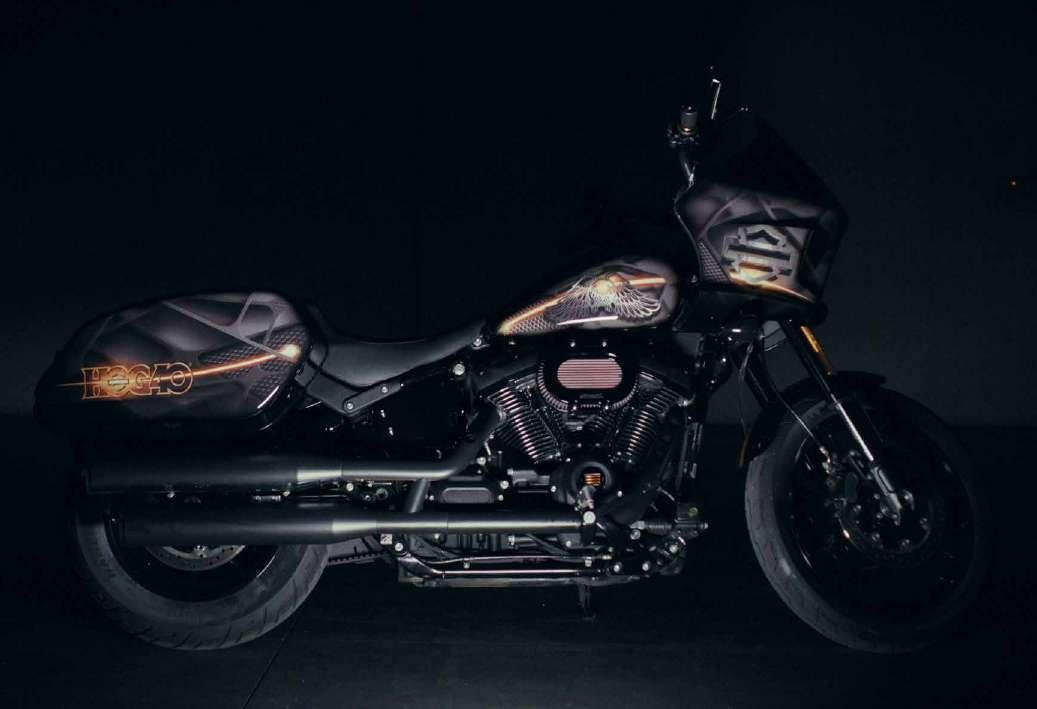
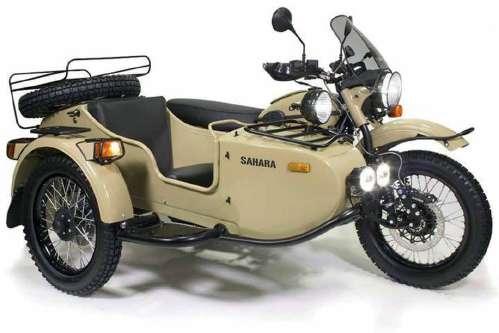
Ural, the European side-car specialist has spent the last 82 years slowly but surely bringing the iconic bike into the modern era. Retaining its classic looks, to the untrained eye the Ural looks much like it did back in 1941, but do not be deceived, the horizontally-opposed 745cc air-cooled twin has seen some big improvements due to a boost in investment.
Ural now boasts tighter engine tolerances due to improved alloy castings, increasing its reliability and durability, and for 2023, a newly-designed cam-shaft with roller tappet and rocker arm. The rocker arms feature bronze bushings and an improved adjustment mechanism, and the old cork tappet cover gasket
iMproVe
SC-Project will do both those things.
SC-Project has been making the finest of exhaust pipes since well, since it started making pipes.
SC-project has bought its technology from Moto-GP and WSBK and made it available to you.
Check out the S1 muffler. It speaks quality without using words, with its tapered titanium body, carbon-fibre end-cap and spectacular flame-arrestor, this thing will appeal to all your dark desires and make your motorcycle the envy of all men, yet at the same time assert your position as a quality individual in the motorcycling community.
The S1 muffler offers titanium insert bushings machined from solid alloy by CNC machines and particular internal sound-proofings will give your bike the sound it deserves, and your motorcycle ride will consist of both audible and viewing pleasure as well as a noticeable weight reduction. Check them out at SC-Project.com and select a pipe specific to your bike’s make and model, or
is now replaced with a reusable rubber gasket, so after completing your valve adjustment it’s no longer necessary to replace the tappet cover gasket. The timing gear and valve train have also seen major improvements. In previous models, tolerances were inconsistent between production runs, this meant only parts, and more specifically, timing gears made for that batch would fit, so differently-numbered timing gears were manufactured to keep up with demand. Ural now produces only one set, saving much time and frustration. To go with these improvements to the valve train and timing gears, Ural is also offering heavier push-rods.
Also new for 2023, the 2wd U-joint has been replaced with a new CV joint (constant velocity joint), a far more reliable method and requiring much less maintenance than the U-joint set up, and it can also be retrofitted to previous models.
They are quite astonishing vehicles – and if you’re after something very unique, you might want to check them out.
Prices are as follows:
Ural Gear Up – Base $31,500
Ural Gear Up Standard Equipped – $34,350
Ural Gear Up Sahara SE – $38,300
Ural Gear Up Adventure SE – $37,800
Prices are RRP and include GST, exclude On-Road Costs and dealer-installed options, and there are custom options available.
Fromthe 20th to 22nd of October 2023, Phillip Island plays host once again to the pinnacle of motorcycle racing.
Can Jack Miller and Joel Kelso bring home the goods in front of their home crowd?
Whatever you need to do to get yourself to the island this year – do it! Cheer on the Aussie heroes and stand in awe of the fastest men on the fastest bikes in the world as they do battle on one of the world’s best race tracks.
Three days of racing, as well as live music, family friendly entertainment, and of course the night-life in Cowes.
Tickets are on sale now at motogp.com.au.
Secure yourself a ticket to the greatest motorcycle show on earth, prep your bike and join the pilgrimage to the island this October.
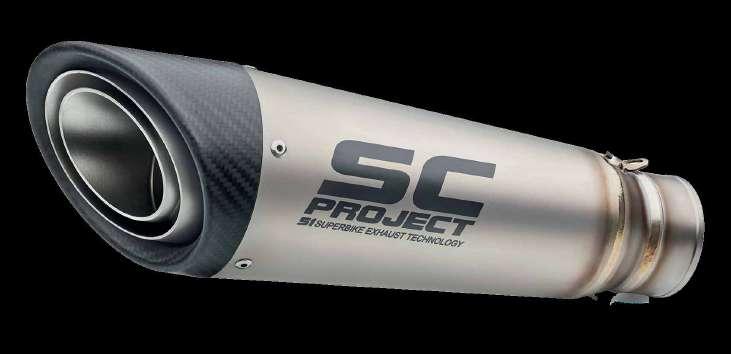
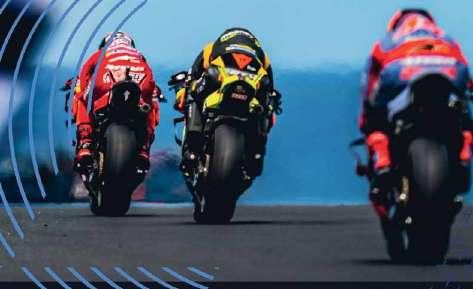
Lawrence brothers make history on American soil. The Queensland-born Lawrence brothers, Jett and Hunter, have stamped their authority on the AMA Pro Motocross in 2023.
Jett, in his rookie year on a 450, has won the AMA Pro Motocross championship. Riding for HRC, Jett managed to wrap up the championship early at the Unadilla round and is only one of five riders to clinch the title in their rookie year. And if winning the championship wasn’t enough, Jett put the icing on the cake and won the last two rounds after already being crowned champion, making it a perfect season of 22 wins and zero losses.
Jett won every single 450 race in 2023. It was a Herculean effort, and something only two other riders, Ricky Carmichael and James (Bubba) Stewart have ever achieved. Jett’s older brother Hunter, also riding for HRC, has been dominating the 250cc class, although Hunter has not had the perfect season. He
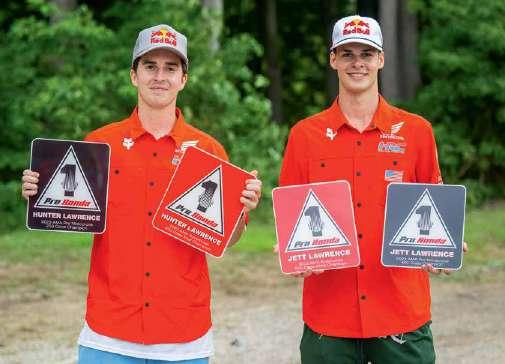
had to contend with an unfortunate engine failure and relentless challenges from Justin Cooper, Hayden Deegan, and Jo Shimoda. Hunter managed to wrap up the AMA 250cc title at the Iron Man Raceway, finishing 5th overall. But t was enough for Hunter to seal the deal. Never have siblings won both titles in the same year. Australia has a legitimate reason to celebrate.
Good-looking, practical, and loaded with safety features, this is everything your partner or even potential partner wants you to be, but even if you’re not all those things, the champions at Held have made a jacket that is.
The held Imola Flash jacket is a seriously good thing when it comes to bike jackets. It’s made from DuPont Cordura 500D with reflective particles so the jacket becomes reflective when headlight beams shine upon it. So it’s far better than just having reflective strips.
The lining consists of 3D air mesh panels in the back for air circulation, COOLMAX breathable inner lining, detachable thermal liner and a GORETEX membrane.
Air vent zippers in both front and back of the arms, four external pockets, seven internal pockets, a dedicated pocket for your phone, stretch panels in the arms as well as adjusters in both the arms and hips.
Worth a look if you’re in the market for a good quality jacket that will last.
And to sweeten the deal the Imola flash jacket is included in Made in Germany’s 50 per cent off sale, which is happening now.
Go check it out at mig.bike.
flashy frenChMan
In AMM #119 we published an article on the custom-bike restoration work of Frenchman, Tom Boissell. Please note his new website address. Even if you can’t read French, the pictures are worth a view.
www.custommotorcycle.fr

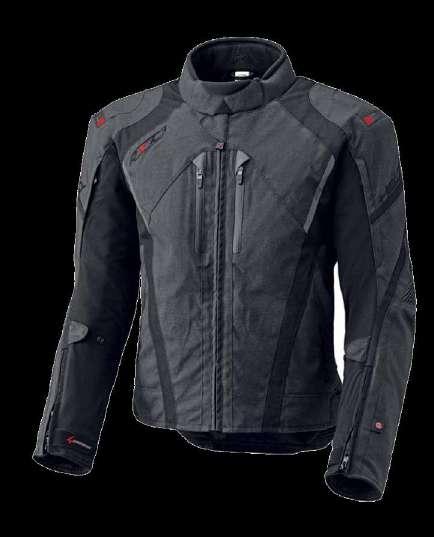



The next issue of Adventure Rider Magazine will feature a review of the new Yamaha Tenere 700 World Raid. Two of our contributors, Boris Mihailovic and Aaron Clifton, were attendees at the Tenere World Raid launch, which was held over two days at Ourimba and saw the bike put through its paces. Yamaha has made some significant changes to the Tenere. Find out what both Aaron and Boris thought in the November issue of Adventure Rider Magazine.
The Ninja ZX-4RR pairs a 399 cc In-Line Four engine with class-leading performance in a compact chassis. Experiencing the exhilaration of the Ninja ZX-4RR’s power, high-rpm wail, and sharp handling will surely awaken the supersport within you.
HIGH-REVVING 399 cc IN-LINE FOUR ENGINE WORLDSBK-INSPIRED CHASSIS DESIGN
FIERCE NINJA ZX STYLING
CENTRE RAM AIR
Ø37 mm SFF-BP FRONT SUSPENSION WITH ADJUSTABLE PRELOAD
HORIZONTAL BACK-LINK REAR SUSPENSION WITH BFRC LITE SHOCK

DUAL Ø290 mm SEMI-FLOATING DISCS WITH RADIAL-MOUNT CALIPERS INTEGRATED RIDING MODES (WITH KTRC AND POWER MODES)
DUAL-DIRECTION KAWASAKI QUICK SHIFTER
TFT INSTRUMENTATION WITH CIRCUIT MODE
SMARTPHONE CONNECTIVITY
KRT EDITION GRAPHICS

Co M paring the 2024 h onda CB750 h ornet, s uzuki gs X-8s, and ya M aha M t-07 ho

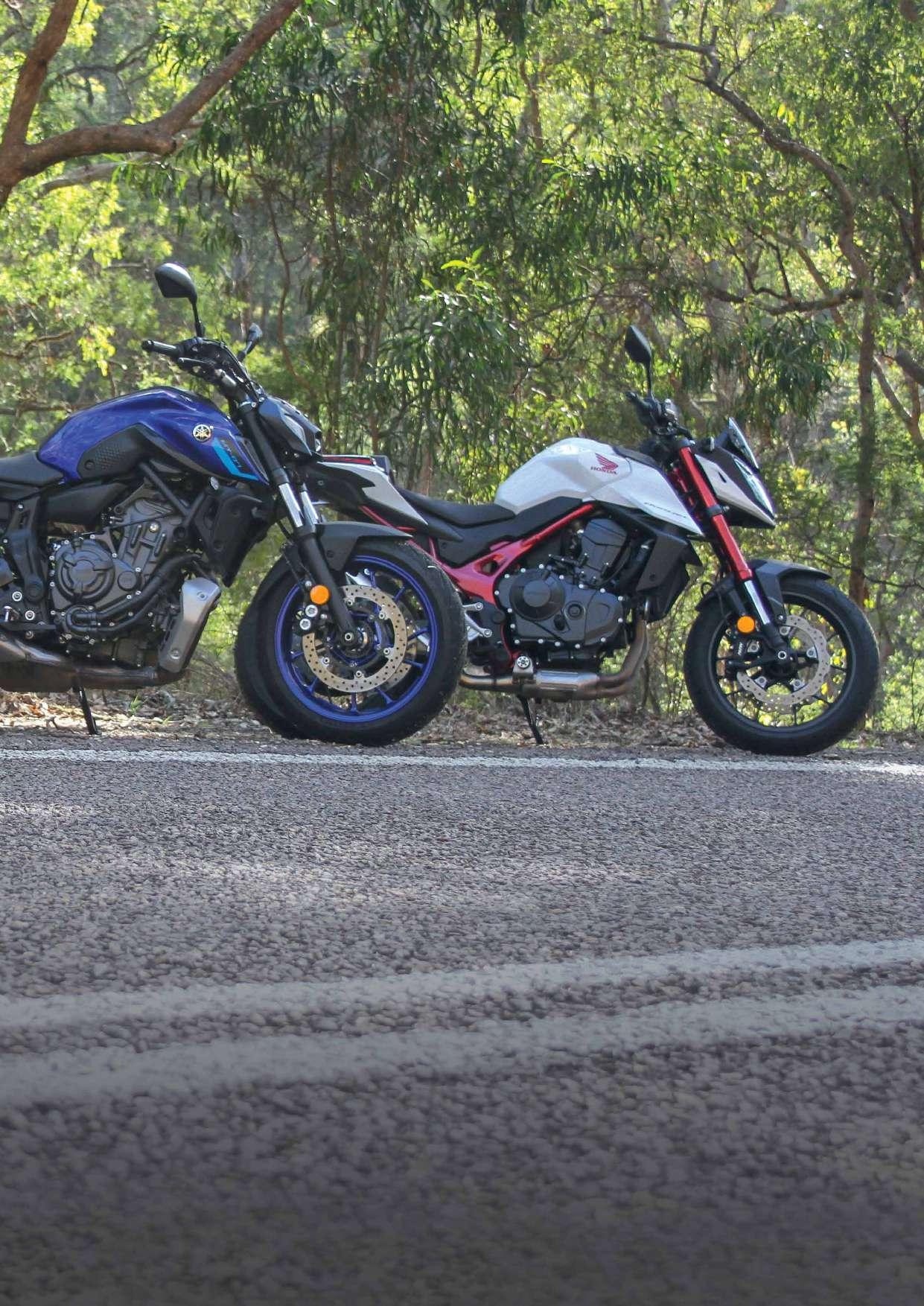
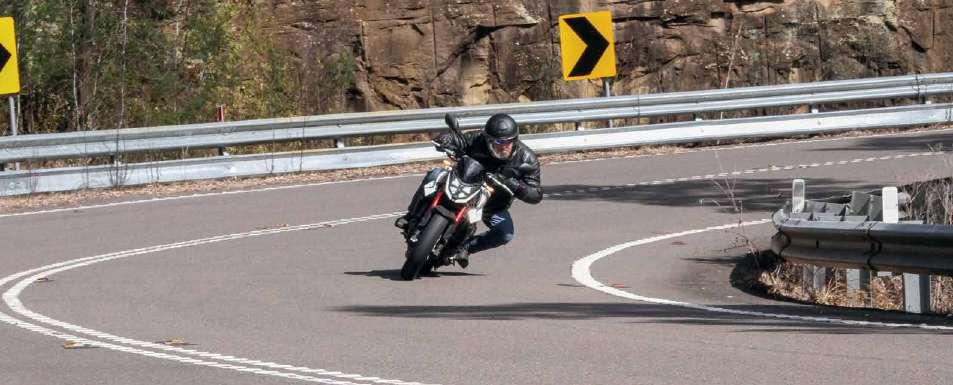
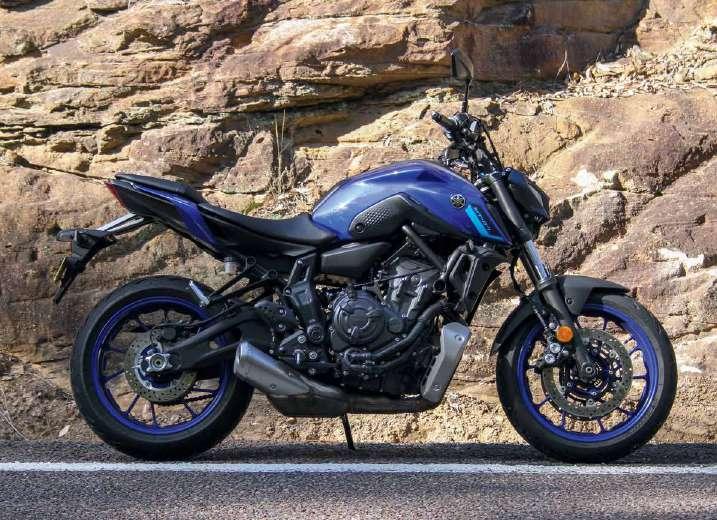


ONCE, IN A tIME before this one, when motorcycleridin’ men gathered in wild-eyed groups to cheat death and measure the respective sizes of their manhoods, owners of mid-sized upright twins would sit with the women over in the corner.
They would sip Fluffy Ducks and try not to catch the eye of the puissant males standing on the other side of the pool table, necking beer, and loudly declaiming how their 1000cc superbikes were the Alpha and Omega of two-wheeled devilry.
Halcyon days.
We live in a gentler time now. Such overt displays of masculinity are now deemed toxic, cancelled via electronic means, and suffer widespread condemnation and tut-tutting.
Add to this the insane levels of policing on our roads, and it’s easy to see why few people are buying 1000cc sportsbikes these days.
The manufacturers, always hyperaware of the vagaries of the market, have thus directed their attention to mid-sized bikes (between 700 and 900cc) with parallel-twin engine configurations, given them 270-degree cranks, made the bikes themselves light, provided great brakes and decent suspension and well, what was once the cardigan of the motorcycle-engine world, is now something far less beige and bland.
Most of the motorcycle manufacturers are rushing mid-sized parallel-twins to the market, and the Big Three Japanese makes – Suzuki, Yamaha, and Honda, are at the very forefront of this. Kawasaki makes 650cc parallel twins, so it’s kinda missing out a bit with these biggercapacity bangers.
So, let’s see what the numbers say, and then I’ll tell you how four very different riders felt after hammering them up and down the Putty Road one sunny spring morning.
Suzuki’s pointy-faced new 8S makes 82 horses and 78Nm. It weighs 202kg, has a seat height of 810mm, and a wheelbase of 1465mm. You also get a three-year warranty. It’s $14,190 ride-away.
The Honda CB750 Hornet offers Top left: amaha’s MT-07HO is the bike that started the revival.
Middle Left: Honda’s entry is late, but great. Left: Suzuki feels to be the point of the spear at the moment.

you 90.5 horsies and 75Nm, while weighing 190kg. Its wheelbase is 1420mm and its seat-height is 795mm. Honda offers a two-year warranty period. It’s $13,450 ride-away.
Yamaha’s MT-07HO (which stands for High Output) feeds you 72 horses and 66Nm, while tipping the scales at 184kg. It has an 805mm seat-height and 1400mm wheelbase. It comes with a three-year warranty. It’s $14,445 ride-away.
So, they’re kinda close about the numbers, with the Yammy giving a little away to the other two in terms
“ We live in a gentler time noW. Such overt diSplayS of maSculinity are noW deemed toxic, cancelled via electronic meanS, and Suffer WideSpread condemnation and tut-tutting.”
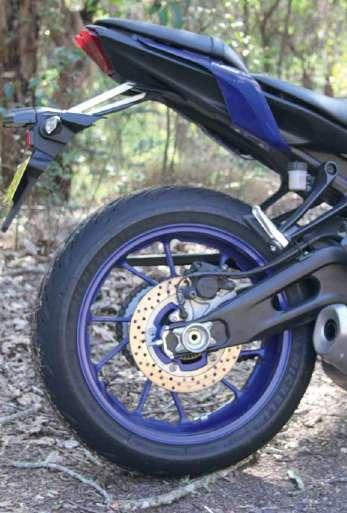
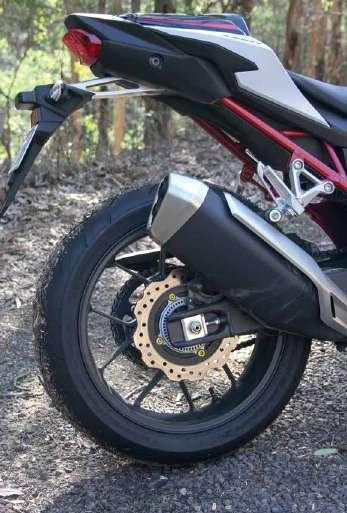
of oomph, but it’s also a tad lighter. But that’s on paper. The road is invariably where true comparisons become evident.
But all sorts of variables come into play on the road.
There’s the weight of the rider. There’s the size of the rider’s balls. There are the years of riding experience – governed by both what was ridden and how it was ridden. There’s fearing the consequences of binning one of these bikes and the ensuing reign of terror and suffering that follows. There’s each individual rider’s risk assessment, licence state, breakfast, and general mental health to consider.
This then becomes less a comparison of bikes, and more

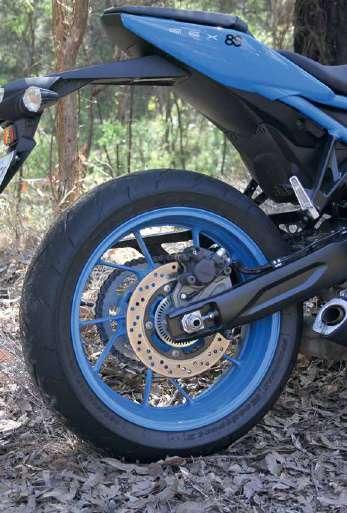
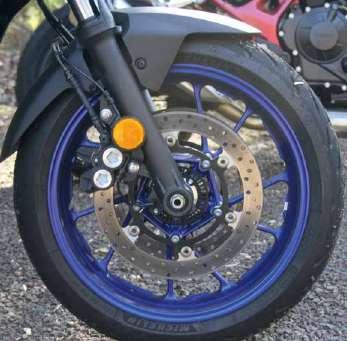
a comparison of riders and their preferences. Bike comparos are largely bullshit anyway. You can only objectively compare the specs. And once more than one rider is involved, it all devolves into a personal preference thing fuelled by existing skills, prejudices and handicaps.
Now the following applies to all the bikes. They are stupidly hilarious and fun to ride. They are hugely agile, and while the suspension is not that high-end golden viking stuff, it is of sufficient quality to give all three bikes some serious ability in the corners. You just have to keep

“ if i WaS Shopping in thiS Segment, i’d be aWake at night deciding betWeen the yamaha and the Suzuki, and then When i finally bought one, i Would lament not buying the other.”

it pinned, sweetheart. You can’t be relying on that glorious litre bang to get out of a corner. And so, you need to be carrying more corner speed on entry. “Wringing its neck” is what we’re talking about here.
Of course, you don’t have to do that. And some people may frown at the very suggestion of such a thing on public roads. What I am telling you, and what the other three riders will happily confirm when asked, is that these three bikes shine like diamonds when their necks are being wrung.
It therefore follows a competent rider will be very, very fast on one of these through the tight stuff. Embarrassingly so, actually.
All the bikes have quick-shifters (the Yammy’s is an aftermarket OEM buy), pre-set ride modes, lovely TFT dashes, a very high level of finish, great fuel economy, decent tyres, and keep the promises they make in terms of handling.
That’s the whole “hilarious fun” thing right there. Light, agile, sweethandling bikes, being ridden flat out by unscrupulous men more used to large-capacity superbikes, and the ensuing manhood comparisons in the noon-day sun on deserted roads. From where I was neckwringing, it was like this for me
I loved the Honda’s level of finish. I loved that it had heated grips as standard. It was always predictable, and probably the least demanding of the three in terms of rider input.
I was split painfully between the Yamaha and Suzuki. They both devoured corners, but I felt the Suzuki’s suspension was a tad more zeroed-in for my weight. I’m not dissing the Yammy’s

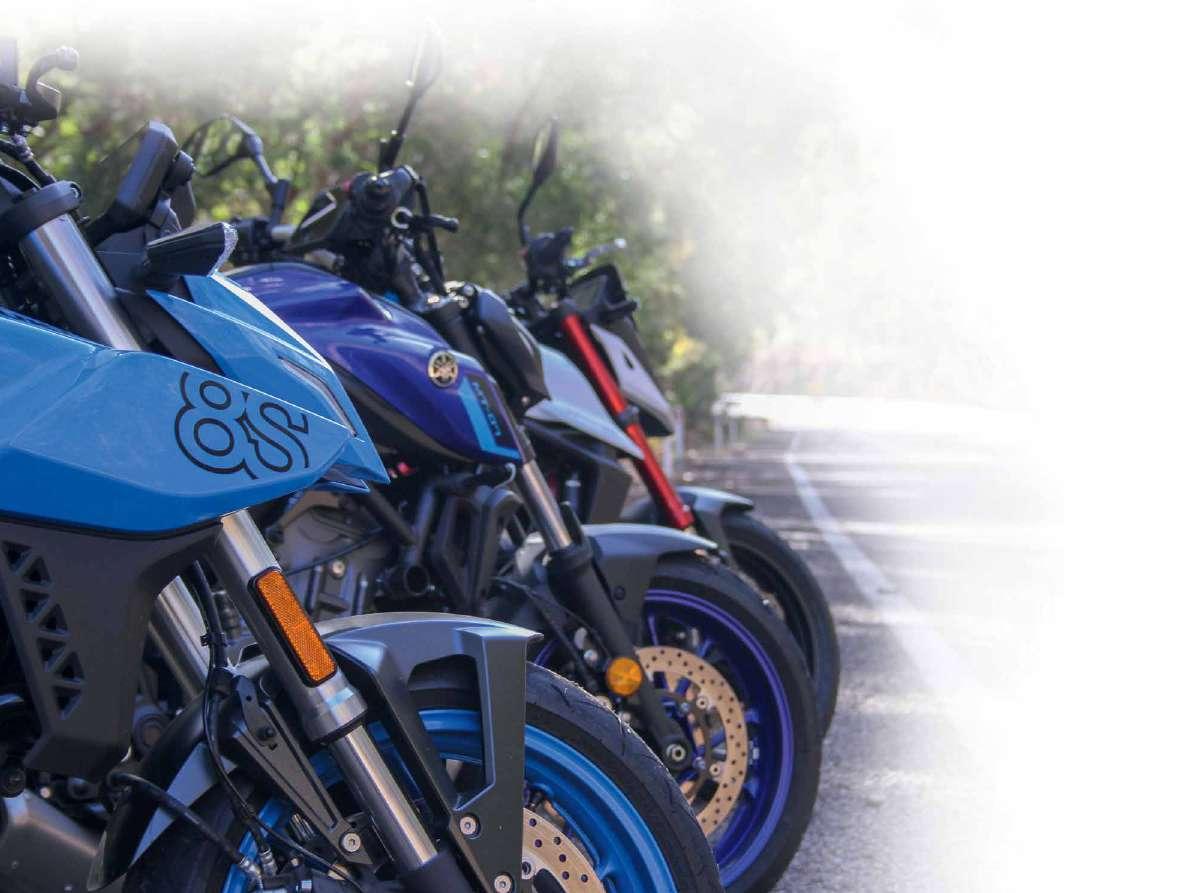
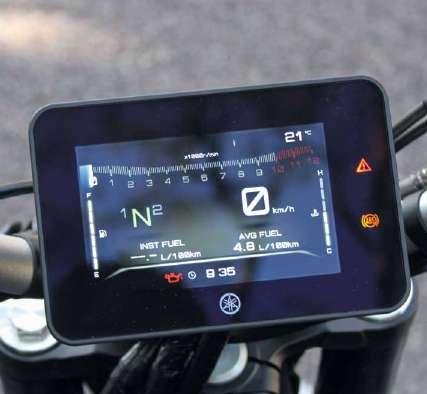

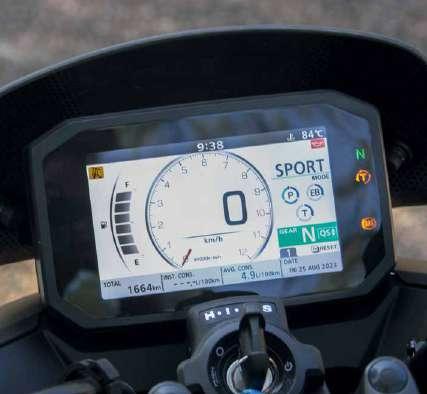
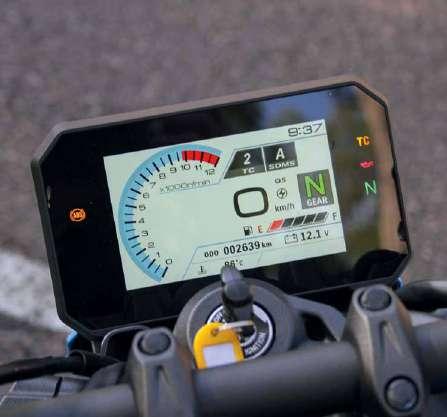
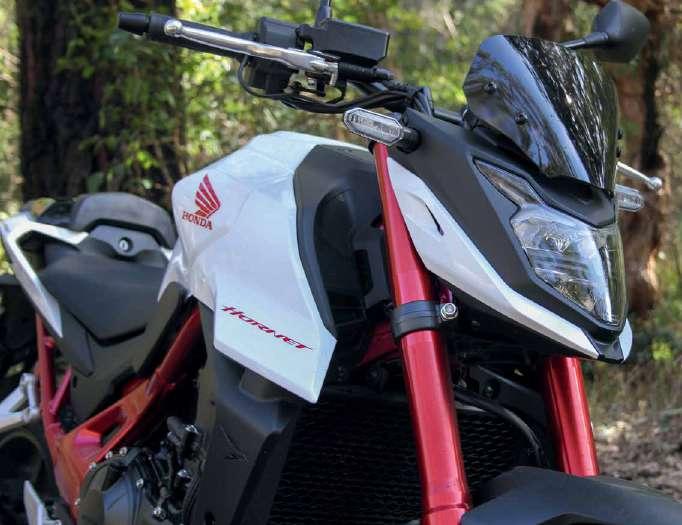
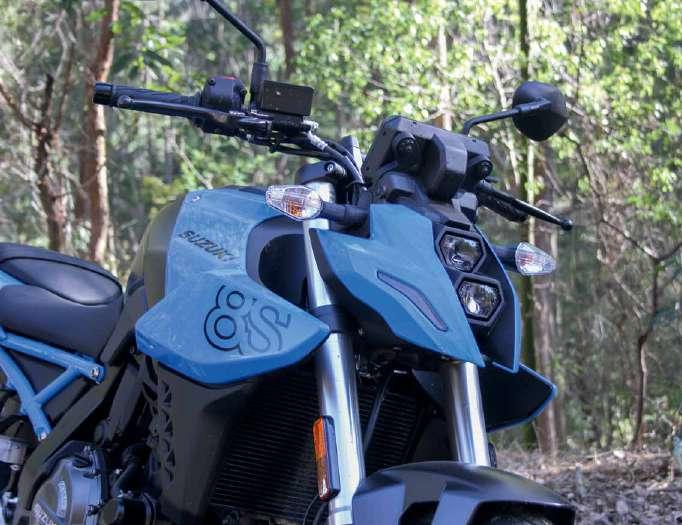
bouncers, and they felt much better than the original MT-07 items, and while the Yammy turned in sharper, I felt the Suzuki was a little more settled in the corners.
The Yammy’s low-beam was great, with a good wide throw, and when one engaged high-beam, not much changed. Suzuki had a much better low-to-high beam difference, and the Honda was much like the Yammy.
Little things, but when the bikes are this close, things like maybe the warranty period might make a difference to a buyer’s call.
If I was shopping in this segment, I’d be awake at night deciding between the Yamaha and the Suzuki, and then when I finally bought one, I would lament not buying the other. They really are that close for me.
But that’s me. Here is who my companions are and what they thought…
Aaron – mid-thirties, normally rides a ZX-10RR and an FJR1200 and races motocross. Weighs about as much as a big greyhound.
“If I was to put them in order, it’d be the Suzuki, the Yamaha and then the Honda. I think the Suzuki is a more well-rounded motorcycle all over. I think the Yamaha is a little quicker steering but we are really splitting hairs. they’re all incredible fun to ride.”
Billy – mid-sixties, and just got himself a Yamaha MT-10SP after spending ages on a GSX1400. Billy is the size of a lot of greyhounds, has never worn a pair of motorcycle gloves in his life, and if he ever runs, will become the mayor of Singleton in a landslide. He’d ridden the Honda quite a bit before this excursion, and really liked it, so his response on the day surprised me.
“Suzuki, smoother, less effort, handles better than the Yamaha. No shortage of power. ‘But you really liked the Honda before?’ “Yeah, I know, but it’s the Suzuki through and through for me now.”
Thomas – early-thirties, normally rides a Fireblade, and sold his soul to Honda as a result of that purchase. His lovely wife understands he will always be less than a man if he ever strays from his devotion to Honda.
“I’d have the Yamaha. I liked the way it handled and the rider triangle is really good. Second would be the Suzuki for the power, and then the Honda. They’re all great, but definitely the Yamaha first.”
Interesting, no? I was certainly intrigued by their responses, which exactly illustrate the point I was making earlier. There are no bad bikes. There are only rider preferences, and they are as varied as the bikes these riders have to choose from.
In this market-segment, the choice is indeed vast – and there are other players from Europe and China and India. But the Japanese, as always, are the big-volume sellers, and what they do and how they do it, is always worth exploring.
And they have made cardigans fun. Imagine that
Right: The Big Three have very different engine aesthetics, with Honda preferring a cleaner approach, while Yamaha and Suzuki prefer the busier tech-mech variation.


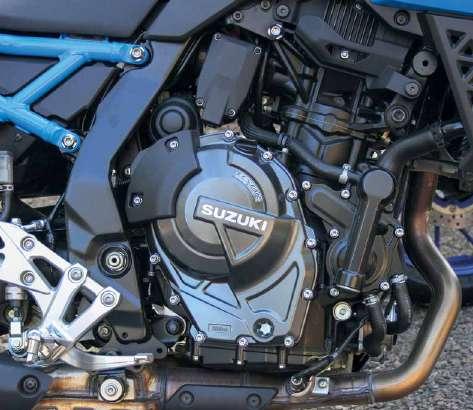
what’s this 270-degree Crank thing aBout?
It’s the new black, baby. Or it’s how you make a relatively sedate engine configuration, far more interesting. The crankshaft, as you may know, is what converts reciprocating motion to rotational motion. It’s how your bike moves. The piston goes up and down as the fuel is burned, and it’s connected to the crankshaft with a connecting rod. So as the piston goes up and down in the bore (reciprocates), it causes the crankshaft to rotate.
When you have a 270-degree crank, and hence firing system (that’s the order in which the pistons move), you have a syncopated thing happening. The pistons fire out of step, exactly like a 90-degree V-Twin Ducati.
With a 180- or 360-degree crank, there is always a point (Top Dead Centre and Bottom Dead Centre) when the pistons stop moving and reverse direction. With a 270-degree crank, the pistons never stop moving. Yamaha calls it “removing inertial torque”.
The parallel-twin engine sounds lumpier and is still OK about you revving the shit out of it.
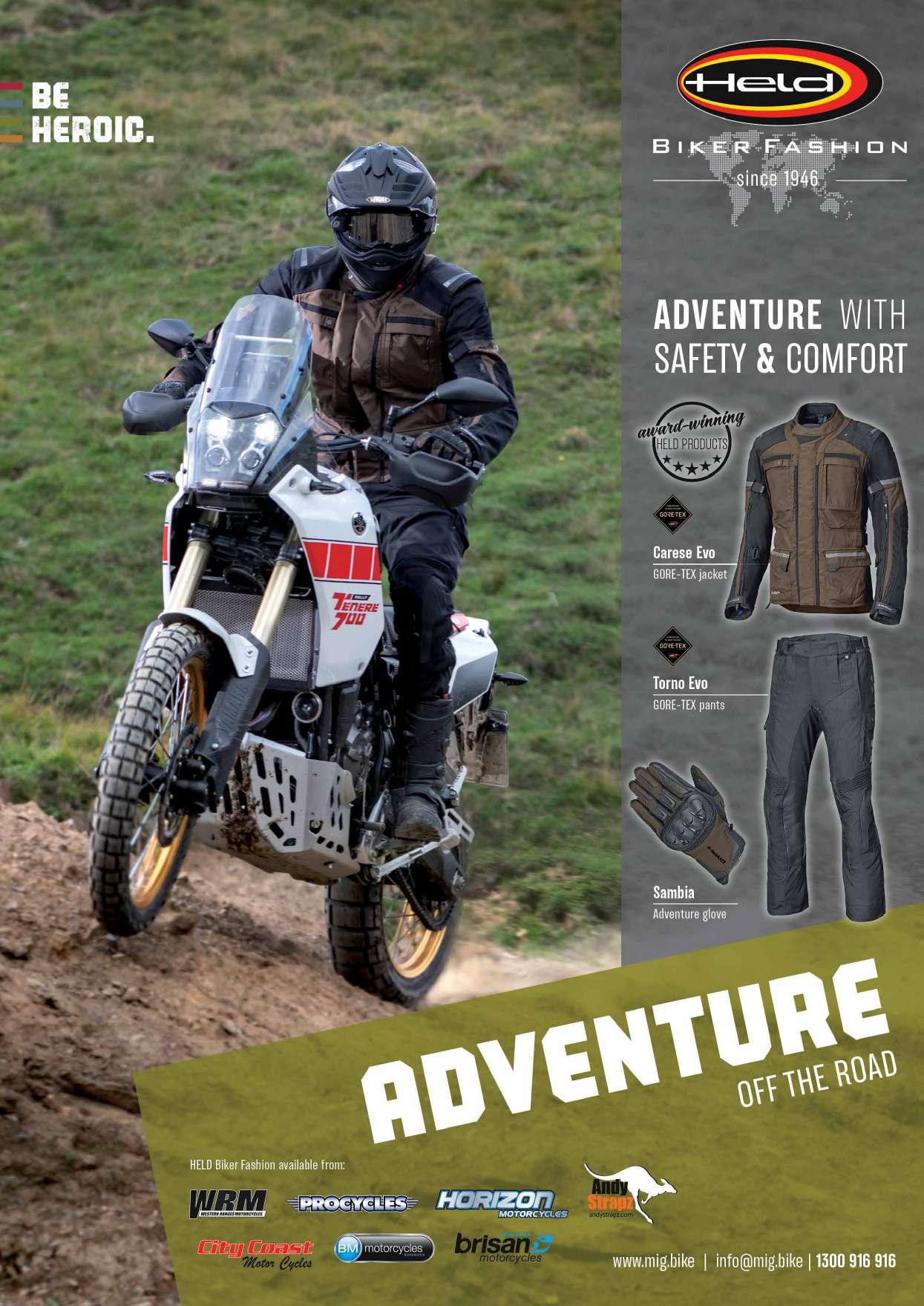
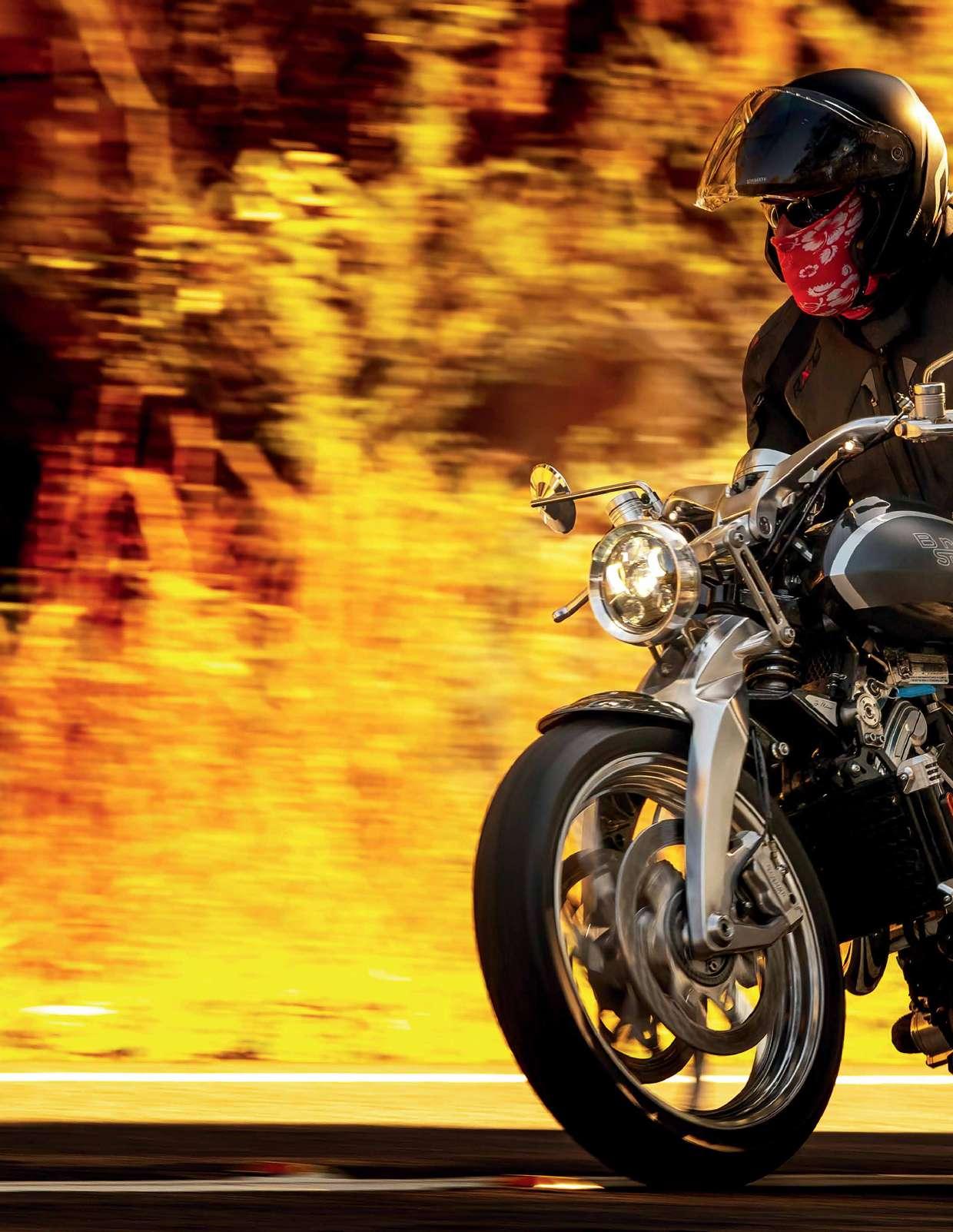
Brough s uperior is a legendary M arque. p eople speak of it in hushed and re V erent tones. i t was, after all, the first B ike to do 160k M /h. Born of one M an’s passionate o B session, it is now in the hands of the f ren C h.

words By Boris MihailoViC iMages By niCk edards

YOu’vE HEARD ABOut BROuGH Superiors, right?
You might recall Colonel TE Lawrence (aka Lawrence of Arabia) lost his life riding one of his Brough Superiors – an SS100 he’d named Boanerges (Son of Rage), which was number seven of the eight he owned.
The Brough Superior has been called the “most romantic motorcycle in the world”, the “Rolls-Royce of motorcycles”, and the “world’s finest machine” – all of which may have once been somewhat accurate.
But that “once” was between 1919 and 1940, when George Brough built just 3048 of them, and sold them to the wealthy and self-indulgent. The selling point was the craftsmanship, performance, and the fact that George would tailor the finished bike to the rider.
The company ceased making bikes in 1940 and turned its attention to making cranks for the Rolls-Royce Merlin engine. England was at war, and needed Spitfires far more than it needed rich people belting around country lanes at 100-miles-per-hour on bikes that cost a year’s wage and frightening the villagers. When the war ended, the company was unable to source parts of a suitable quality, folded and passed into legend.
In 2008, the brand was bought by Mark Upham. Mark kinda sat on his hands for a while, wondering what he was to do with this now almost mythical brand.
Then in 2013, he approached Thierry Henriette, CEO of the French design company, Boxer Design, and asked Thierry to create a new Brough Superior.
Three months later, an SS100 prototype was unveiled at EICMA in Milan – which, by any measure, is a staggering achievement given the time-frame.
Serial production began in 2016, and Thierry is now the owner of Bough Superior, persisting in the marque’s original ethos of innovation, design excellence, and the use of superb materials in construction.
And here was I in 2023, at Pie In The Sky on the Old Pacific Highway at nine in the morning, watching a new Brough Superior Lawrence being unloaded from the back of a van for me to ride.
It felt like quite the occasion, and as it was rolled backwards out of


“ the brough Superior haS been called the “moSt romantic motorcycle in the World”, the “rollS-royce of motorcycleS”, and the “World’S fineSt machine””

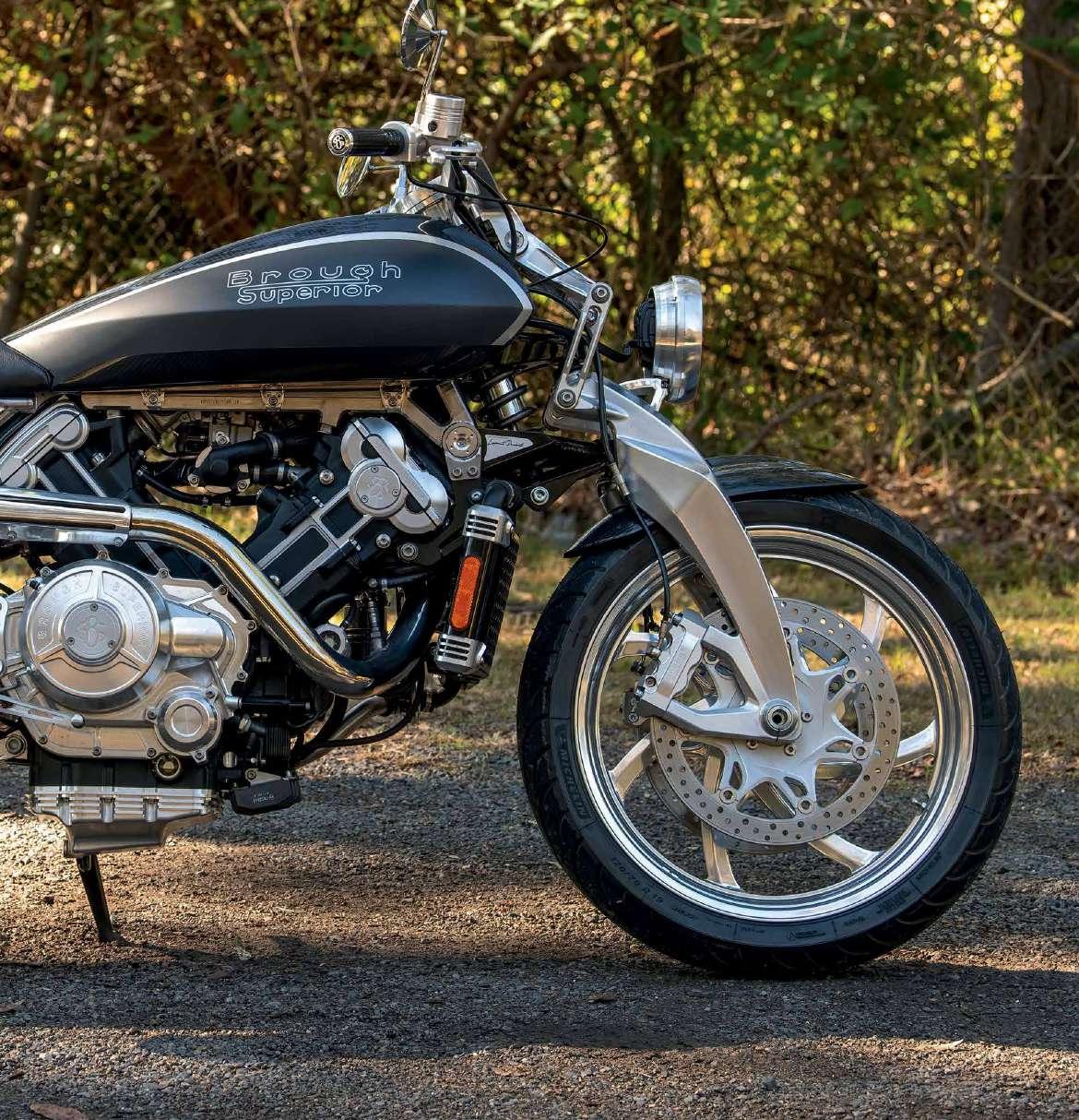
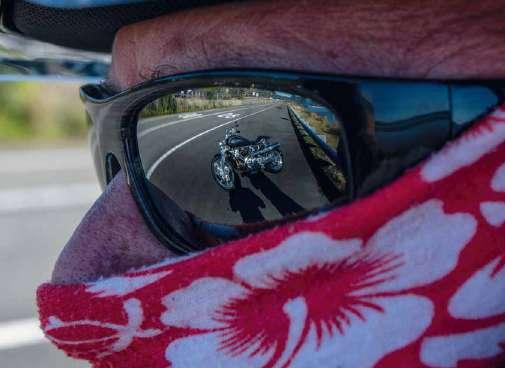
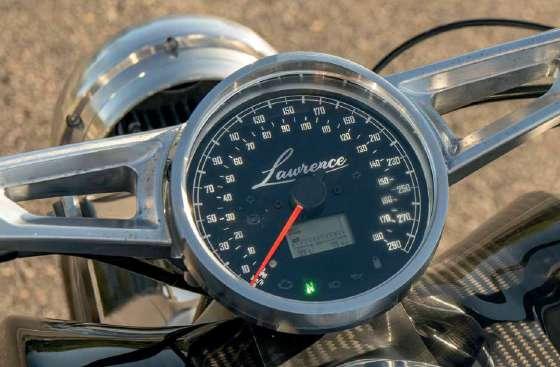
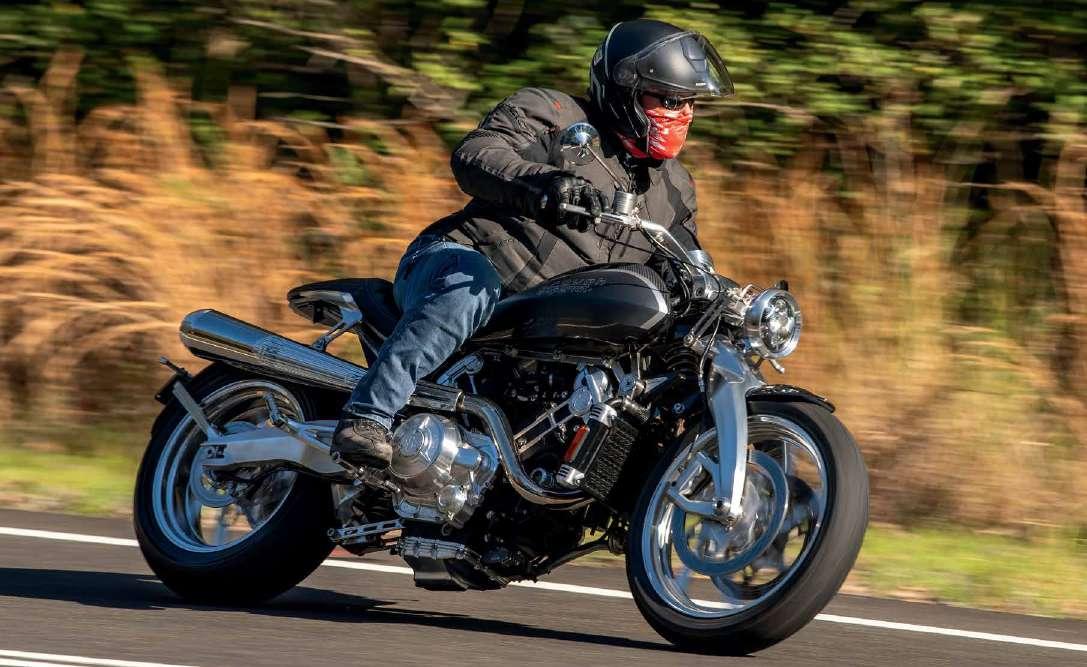
the van, I will admit to being rather awestruck by its well, alienness.
This is a bike that would cost you some $115,000 to buy. There is no “press fleet”. Brough Superior does not feel the need to hand its bikes out to be reviewed by the largely inane and utterly worthless members of the Australian motorcycle media. And I do not blame it. No one would care what a chimp thought while it was drinking a Remy Martin Louis XIII brandy.
The bike being wheeled out of the van really was a sight to behold. It’s not so much a bike as it is a statement. It cannot be compared to any other bike, since it is unlike any other bike.
As this was the Brough Superior Lawrence, created to pay homage to one of the world’s most fascinating historical characters. The otherworldly shape of the bike was inspired by a dagger called the “jambiya”.
Lawrence was gifted this Bedouin dagger after his amazing victory at Aqaba on the 6th of July, 1917.
Sherif Nasir and Auda abu Tayir, under the guidance of Lawrence, defeated the Ottoman Turks at this important Red Sea port.
If you’ve seen the film, Lawrence of Arabia, with Peter O’Toole in the starring role, you would have seen a condensed and romanticised version of the fight. They skipped over the bit where Lawrence accidentally
“ it giveS the impreSSion that When it fireS up, thunder Would boom, avalancheS Would enSue, and Women Would give birth prematurely. but adrS are adrS, right? ”
shot his camel in the head, and was nearly killed in the action. But he was awarded the ceremonial jambiya for his efforts.
That certainly explains why the bike looked so different to other Broughs and other motorcycles.
It was also far smaller well, more compact than I’d imagined, though it does have a lengthy 1540mm wheelbase. The front-end is a Fior concept, which is kinda like a Hossack, and Boxer designs has worked closely with the brilliant racing-engineer, Claude Fior, almost since its inception.
Claude tested a similar front-end in the 90s which underwent MotoGP
testing with the Yamaha Factory Team. This front-end is on all the Brough Superior models, and the factory states it is enamoured of the handling benefits it offers – no dive under brakes and stability at speed and in corners – and as a design element, the factory preferred it over state-of-the-art telescopic forks. It is certainly a point of difference, and the craftsmanship is very evident.
I threw a leg over it, and was immediately struck by how light it felt. This is another Brough element. It’s freakishly light. All its bikes are. The entire 88-degree V-twin engine weighs a mere 70kg. The wet weight of the whole bike is 198kg. And the seat height is quite low.
But you do sit on top of the bike rather than in it. Everything is underneath you rather than in front of you. And the angle of the handlebars is tiller-like. I figured this might also be a design throwback to the past, when tiller ’bars were on every two-wheeled contraption made (including bicycles), as if the designers were taking their cue from ploughs.
Everywhere I looked was stunning carbon-fibre, and high-end aluminium machined with a watchmaker’s precision. You could honestly spend hours looking at the details, angles, and CNC-kissed alloy, and still not see it all. It is as much an engineering
artwork as it is a motorcycle – and probably more so.
But it was not all jaw-dropping. The switchblocks were rather underwhelming. They were simple aluminium jobbies – a few small buttons, ie. kill-switch, blinkers a la Harley (left on the left ’bar, right on the right ’bar) and high beam. There are no engine maps needing buttons, so it’s all minimalism. But the switchblocks looked like afterthoughts rather than integral parts of a hyper-expensive motorcycle. The same can be said of the mirrors. I expected special mirrors, machined and designed and clad with space-age blue-tinted NASA-sourced glass. I got very basic mirrors instead. I also noticed the lacquer on the enamel that coated the alloy handlebars was showing slight signs of degradation – or maybe it was just a one-off thing with this particular bike.
And then there was the dash. A largish round analogue dial with very small numbers, that sat fairly flat, forward of the handlebars and stared at the sky.
All that aside, I was very keen to ride it, as you can imagine. I had been allotted a few hours, since Brough does not hand its bikes out for weeks at a time for reviewing, and I needed to get some kind of idea of what was what here.
I must re-iterate that this is so NOT the kind of bike you strap a bag to, and set off to Wilcannia. Actually, it would very much be the kind of bike I would do that with, but I am so not the target demographic the Brough is aimed at.
I couldn’t help thinking this is not the kind of bike a motorcyclist like me would by. But of course I would buy it if I had the money – and ride it to Wilcannia, and lots of other places too.
But I could not also think of a motorcyclist I knew (and I know a lot of them), who would buy it. Though I do know a few wealthy collectors of exotic bikes that certainly would. And I guess that’s the mindset one has to adopt when assessing it.
But when it started, all I could think of was how desperately strangled and muffled it sounded at idle. It gives the impression that when it fires up, thunder would boom, avalanches would ensue, and women would give birth prematurely. But ADRs are ADRs, right? And I have no doubt the factory would make sure you did not leave the showroom without a set





of proper pipes in the boot of your Aston Martin.
And then off I went.
The lack of weight was immediately obvious, which is great, because the specifications of the engine are not jaw-dropping. That gorgeous-looking sculpture of a twin makes 102 horses and 87Nm of torque. But, and this is a big but – there is a version called the AMB 001 Pro, that makes 225 horses and 160Nm, thanks to the turbocharger attached to it.
The factory states these base specs will send the Lawrence to a top-speed of 225km/h. I got it to 170,
and didn’t feel there was much more there. It pulled reasonably well when I jammed the throttle open, and it’s fuelled perfectly, but it did not take my breath away.
Of course, I would have tried some more, but remember where I am. Making top-speed runs across the Brooklyn Bridge or down the freeway on a $115,000 bike is not something the Highway Patrol is programmed to appreciate.
If I am ever afforded the opportunity to ride another Brough for more than a few hours, then rest assured we shall certainly explore the factory’s claims.

The front-end is superb. One of the very best I have ever experienced. It soaked up bumps at a level Öhlins would be proud of. The rearsuspension, by comparison, was harsh, but then it is adjustable and I am sure the factory would have it set for you if you bought one. As I rode it, the suspension seemed at odds with itself.
It dealt with the Old Road twisties well, though I felt it’s long wheelbase and fat rear-tyre was compromising it a little – which made it feel a little understeery when you applied yourself to the corner. It’s gloriously light and should be very agile, but it’s fighting that wheelbase and fat tyre.
But to be honest, I was not pushing all that hard. The point was not to see if I could grind bits of it off. Noone would have been impressed by that. And any potential owners would certainly not ride it as hard as I did that day.
I just wanted to get a real sense of the bike as a complete package, and answer a few questions that had been niggling at me when I was first offered a ride.
Was it a viable motorcycle?
Yes, it was. It was certainly more about design, craftsmanship, buildquality, and sheer exotic appeal, than it was about performance and highspeed anything. But surely a potential owner would understand that.
Like I said, it’s not the kind of bike you strap some bags to and head off for a week on the road. People who buy these bikes do not do that. So why build them a bike that would be happy in that sphere?
People who buy these bikes want the wow factor they offer. They want to park it inside their mansion and have their mates come over and admire it. And talk about it and the marque. And Lawrence of Arabia, whose name and reputation is irrevocably attached to the Brough Superior brand. And these are marvellous conversations by people who breathe a rarer air than I do. You doubt that? Consider the topof-the-line Brough Superiors, the AMB 001 and the AMB 001 Pro, will need

“ to be honeSt, i WaS not puShing all that hard. the point WaS not to See if i could grind bitS of it off. no-one Would have been impreSSed by that. ”
you to bring in excess of $250,000 with you if you aspire to ownership.
I will never ride these. No-one I know will ever ride one either.
But I am seriously overjoyed that such bikes even exist. They must exist for motorcycling to have any meaning. Motorcycling is not a rational or reasonable thing to do. There’s a reason it’s populated by fearsome madmen, crazed zealots, and redeyed fanatics.
This is Brough Superior’s entire raison d’être. And it’s not flawless and it’s not perfect, and it’s not about high-speed and awesome cornering. I get that.
But it is nonetheless utterly and completely magnificent.
You should check out the website, it’s almost porn-like www.broughsuperioraustralia.com.au/
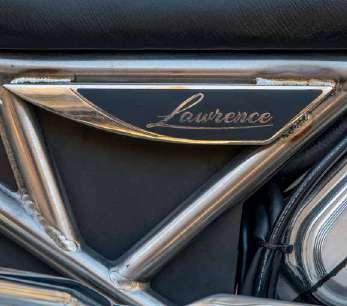


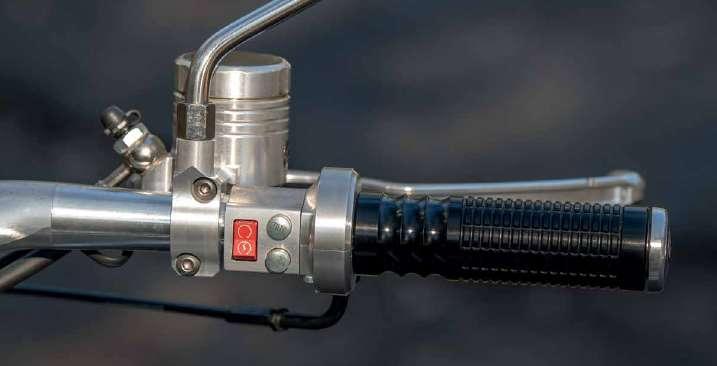



BRILLIANt, CLEAR PHOtOS ARE a must-have in any publication. Ours rely on both amateur and professional photographers and one stand out is Nick Edards from Half Light Photographic whose works appears regularly, most often in Australian Motorcyclist Magazine. It’s great to get to know a little more about this talented industry partner.
Bikes you currently own or have owned:
8 I’ve got a 1997 Honda FireBlade that I’ve had since ummm 1997 and it’s more than a bike, it’s family. It looks stock but has some sensible upgrades to suspension, brakes and engine that keep it feeling fresh. It’s kind of like a chubby 600 by today’s standards but that’s not such a bad thing, 120hp in a bike that’s well balanced still makes for fun road use.
8 And I have a 2010 Triumph Speed Triple; it’s what they call the 2010SE, the absolute last of the
half light photographiC name: nick edards location: sydney
round eyed Speedies. Its nickname is The Tractor which isn’t meant to be entirely complimentary. Fantastic engine with torque everywhere which never fails to make me smile but awful suspension which took a lot of after-market parts to fix.
Hobbies?
8 Photography when it’s for my own entertainment and not for ‘business’, reading, movies, a bad addiction to LEGO, writing (I’ll finish that damned novel one of these years), wildlife watching, people watching and the observation of
absurdity because the world is so full of it.
Our magazines are lucky to be able to feature many of your motorcycle photographs. What attracted you to this field of professional photography? 8 I was a late entrant into ‘professional’ photography. I’ve always liked photography and my Dad crammed a Russian film camera into my hand at a very early age. But I didn’t really gel with photography until the digital age. I have a background in art and to me, getting the photo is only the first


stage, you really need to have an idea, when you take the shot, what you can do in post-processing that will make it pop. And that’s not to say I’ll over-processing it to hell and back in post, I rarely spend more than 30 seconds to a minute on editing a shot but there’s often little things you can do to raise it to the next level.
Oh, and I hate cameras, they’re just hammers with too many buttons and aren’t always good at doing what you tell them to do. I’m not sure that makes photography a great career path for me but it is what it is.
What maintains your interest?
8 Not taking photos of the same thing all the time; that gets super boring. Wildlife, landscape, travel photography, new sports that I’ve not done before. Anything but bikes, bikes, bikes and more bikes.
8 And I like the writing side of things. Photography to some extent comes naturally to me, I sure as hell don’t know everything but given any scenario, I’ll get something out of it that’s usable. Writing is harder because it doesn’t come so naturally so there’s more of a sense of accomplishment with it and I don’t get that so much with

photography some days.
Do you photograph other motorsports or theme areas?
8 I’ll shoot anything if it looks interesting. Before getting into bikes in a big way I was shooting mostly wildlife. And the weird stuff like reptiles and bats. The bats are one of the reasons I use the name Half Light for my company: the worse the light, the more fun I’ll have.
8 And as a side note to that I’ve been riding bikes since 1980, using cameras since I was a kid and ‘professionally’ on some level since around 2007, but I didn’t join the dots and start shooting bikes seriously until 2014. I’m a slow learner.
In your experience, what makes for a great motorcycle shoot?
8 Good light, good people, good laughs. You have to have fun. Work collaboratively, have some laughs, don’t overcook what you’re doing, get it on, get it done, get out of there.
Is there any one motorbike you consider to be the most iconic of the 20th century? Why?
8 I’m really lousy when it comes to trying to pick the ‘best of’ anything because it’s almost impossible to
boil anything subjective down into ‘that thing is better than all the other things like it’. But if there was one bike I’d love to have in my garage it would be …. Seriously I don’t know.
What are your best memories of motorcycle travel?
8 When Sarah and I went to New Caledonia and hired a Street Triple R. Along the way, we ended up following a public road through an abandoned nickel mine and I had one of the most unhinged rides of my life, the empty road, perfectly angled corners with so much visibility and a bike that just wanted me to have fun. Margin of error was minimal as there was a rock wall on one side and a huge drop off on the other but the road was there for the taking and it would have been rude not to… (and no Sarah was not on the back of the bike at the time, this was solo game time)
What cameras do you use?
8 All my gear is Nikon and no I don’t do camera wars, I think all the manufacturers make amazing gear these days although to be fair, and as I mentioned earlier I actually hate cameras. Currently my main cameras are Nikon D5 and Nikon Z9 but I also have a
Nikon Z50 for travel and as a carry-around which on paper is a very low-end camera but I love it because it’s just fun to use.
Do you use a drone or plan to for aerial photography work? (You can comment further if just a no).
8 I don’t but it’s on the to-do list.
Is there an international photographer whose work you really admire?
8 Stephen Davison, his road racing shots are beyond epic. You can just tell how much effort he puts into picking the right spot, the right angle and the right moment. A lot of shooting is about preparation, not taking the shot. You can tell his preparation is all class.
For someone starting out in motorcycle photography, can you offer five tips?
8 Don’t fall into the trap of thinking that you’re limited by the gear you’ve got, of course better bodies and lenses might open up new options but make sure you’ve reached the limits of what you’ve got before you upgrade because otherwise, you might upgrade the wrong thing. No point buying a newer body if your lenses are limiting you. And if you can’t use
what you’ve got effectively, don’t expect to upgrade and be able to use the shiny new thing effectively either.
8 If you’re shooting at a racetrack, of course it’s good to watch the other photographers, talk to them (most of them are nice people) and then go somewhere else where no one else is shooting and figure out how to make a good photo out of it.
8 Learn from the work of others, don’t copy it. There’s things in my photos now which probably have roots in something I’ve seen in other people’s work. BUT DO NOT COPY.
8 Have fun. If you do progress into shooting professionally, there’s a big part of the dynamic that changes, all of a sudden you’re not shooting for you, you’re shooting for someone else. Of course, you can still inject yourself into the photos, that’s what clients want. But sometimes, you can get so consumed by the job at hand that it just stops being fun. If you let that be the case all the time, what was once a joy will become a chore. It’s another good reason to just everything, all the time even just for fun, it can help stop things feeling stale.
8 Isn’t four tips enough? aMM
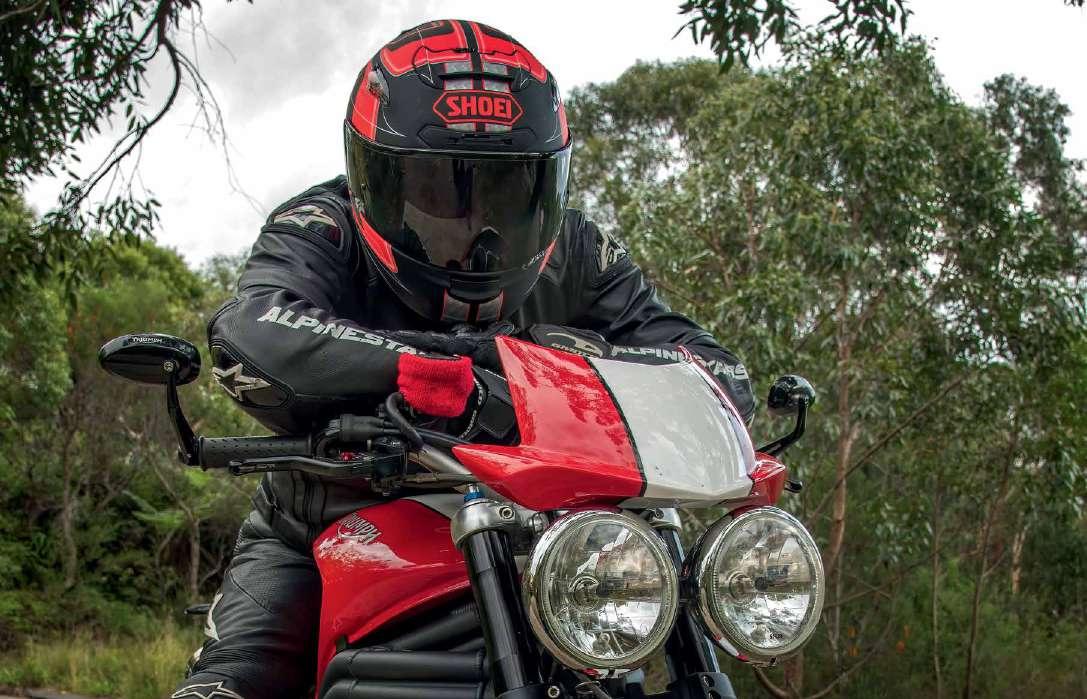

words: staff writers with referenCe to Materials froM zen MotorCyCles and Motoest.CoM
1. Walk around the bike and check the overall condition: Check the overall condition, making sure the used bike looks like it has been well cared for. Just as you would a car, stand behind the bike and run your eye along the lines and surfaces of the tank and frame etc., noting any deviations/ issues or road rash. Move around and check. Check the ends and undersides of the pegs and exhaust (also see point 10). Check if levers look the same age as the bike. Any leaks under the bike or, opposite, does the bike look a little too squeaky clean?
2. Consider where the bike has been housed: Note that bikes left out in the weather for long periods will deteriorate, and bikes located near the ocean tend to show signs of corrosion. If the bike was in an old shed with rodents, check for damage from chewing etc.
3. Ask factual questions: Has the bike ever been dropped? Been in an accident? Broken down? Needed towing? Have you a service history? Have you got the manual? What is your basic riding history i.e., do you just do a lot of short rides or do you take a long ride say once a month (or more, or less).
4. Hop on and evaluate your initial impression: When you sit on the bike does your posture feel comfortable and natural to you, and do your feet reach the ground? Does it idle nicely after running for a couple of minutes? Does it kick start immediately? Are your arms comfortable and relaxed while holding the handlebars?
5. Brakes and Clutch: To test the brakes, sit on the bike, have it out of gear and simply roll it forward then brake. The bike should come to a stop, then let go of the brake and roll forward: in doing this, there should be no

sound coming from the brakes. If there is, that means the brakes most likely need work done, which may include new brake pads, new brake discs or a caliper rebuild which can be costly. For the clutch, simply pull the clutch in; and release slowly, it should be as smooth. If there is any abnormal tension or pull, it’s possible it could be a minor issue, but chances are the clutch needs to be replaced due to overuse.
6. Suspension: The easiest way to tell if a used bike’s suspension is still good is to simply sit on the bike and test out the shocks. For the rear suspension, aggressively sit on the bike, so you initiate downforce. The bike should rise back to normal height without springing up and down. For the front suspension, it’s a little more difficult when diagnosing any problems. Push down on the forks and initiate downward motion; there should not be any rough sounds, it should be smooth, and should not be leaking oil from the fork seal. If this is happening, chances are you will only have to replace the fork seals.
7. Chain: Grab the chain and check the tension it has on the
Right: What happens when you rev the
sprocket. If you can pull the chain horizontally from the side of the sprocket about 3/4 of the way to the end of the tooth, then it may be time to replace the chain. The chain should be in good condition and clean. Bikes located near salt water, i.e., the ocean, often have rusty chains that require maintenance or replacement.
8. tyres: Check the tyres for tread depth. There should be a reasonable amount of tread on them; if not these may require replacing, which can be expensive. Check for cracks in the rubber of the tyres. If you find cracks in the tyres they will need to replaced. Cracked tyres usually mean that the tyres are old, all tyres have a date on them and if the tyres are
five to six years old, they should be replaced. When buying new tyres don’t go cheap: you only have two points of contact on the road and you want them to be of high quality. Also, find the 4-digit DOT number on the sidewall of the tyres. The last two digits indicate the year manufactured. (The average lifespan of a tyre is 6 years.)
9. Battery: Any acid damage evident?
10. Exhaust: Before you start the engine, inspect the exhaust, and look for rust and corrosion: sometimes you’ll be able to spot rough spots in the exhaust system, which may lead to requiring a new exhaust system. Often owners change exhausts for performance or aesthetic reasons, so check that the exhaust is suitable for the bike you are looking at and meets regulations where you live. Changing an exhaust can also lead to the engine not performing as intended, and you may find the bike not running as smoothly as it should which may require work on the carburettors or modifications to the ECU (engine control unit).
11. Fuel tank Check: Open the cap to the petrol tank and check the petrol, is it clear? If a bike has been sitting unused for an extended period, the petrol can go off which can lead to issues with the engine later on down the track. Use a torch and check for signs of rust inside the tank.

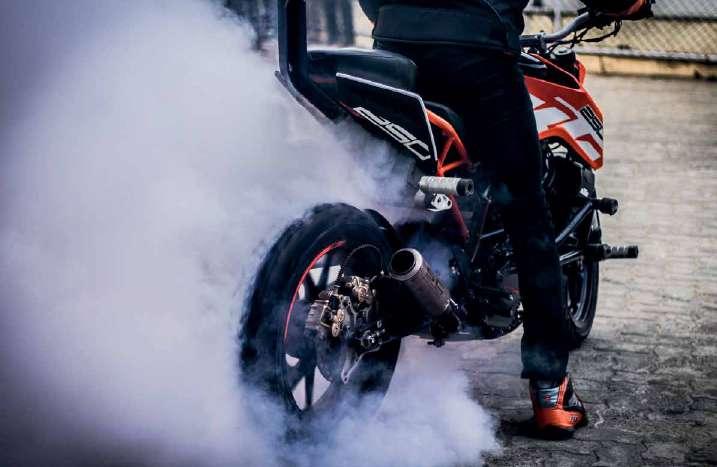
12. Check the Oil: Checking the oil for residue is important; make sure the oil doesn’t have water or metal in it. If there is water or metal in the oil, we would suggest that you just walk away from the bike as it is likely to require some serious engine work.
13. Service History: It is always good if the bike you are looking at has the service history and the service stamps are up to date. If the owner has looked after the bike properly, it will have been serviced according to the manufacturer specified intervals by a reputable motorcycle shop.
14. Relevant History: Checking the relevant history of the used motorcycle is crucial. Do your research, there is plenty of information online where you can find out issues on any make or model. If you arm yourself with as much knowledge of the bike you are looking for, you will be able to ask all the right questions when you are checking out the bike.
15. Registration: Make sure the bike is approved for use in the area
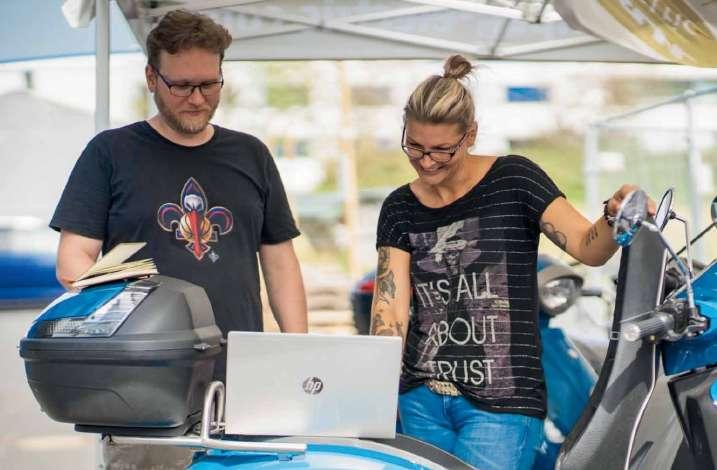
where you live otherwise you may not be able to register it. If you are a new rider, make sure the bike is LAMS approved.
16. Insurance: Be sure to do research on the insurance required for your bike and the cover you require. Prices can vary, so again, do your research and be prepared for costs at the time of purchase.
17. Potential theft or finance issues: Run an online check on the VIN
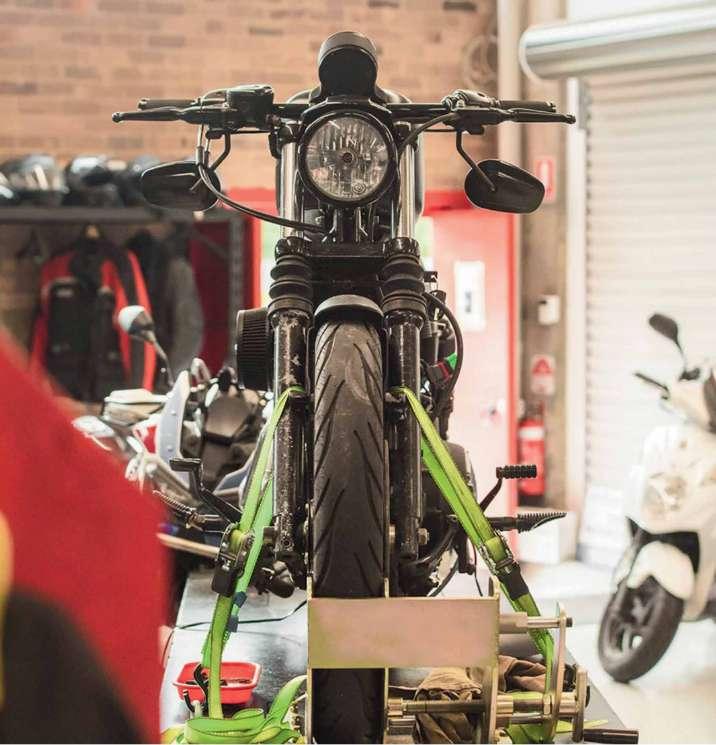
& license plate number to see if it has been stolen or if there are any finances owing.
18. Road Worthy Certificate: Is this an issue with the bike you are considering purchasing? Advice from Motoest suggests: “If the motorcycle has truly been taken care of and serviced regularly the seller will generally arrange the RWC. Be wary of ones that won’t as you can find many hidden costs when it comes to getting the bike back to on-road safety standards (particularly if the motorcycle has any customisations).”
19. Seeking a mechanics confirmation: Never hesitate to invest in a professional assessment; particularly if the bike is out of, or low on registration, if you are unsure of mechanical or other issues, or simply want to ensure your financial investment is well placed.
20. Know market prices: Do your research and Google sales sites and marketplaces for current sales prices for the bike(s) you are looking at. Ensure you take into account the condition of the bikes against their prices. Negotiate a price drop for elements that need fixing and for a cash sale. Ensure you receive a receipt for your payment.
Top: Check online sources for price comparisons. Left: It is recommended you take the bike to a mechanic for appraisal. aMM

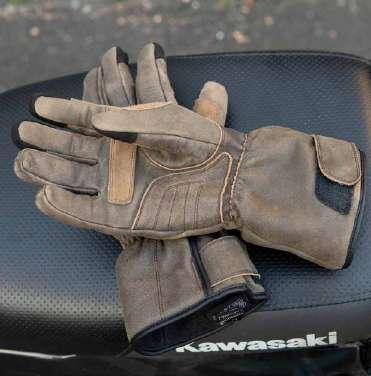










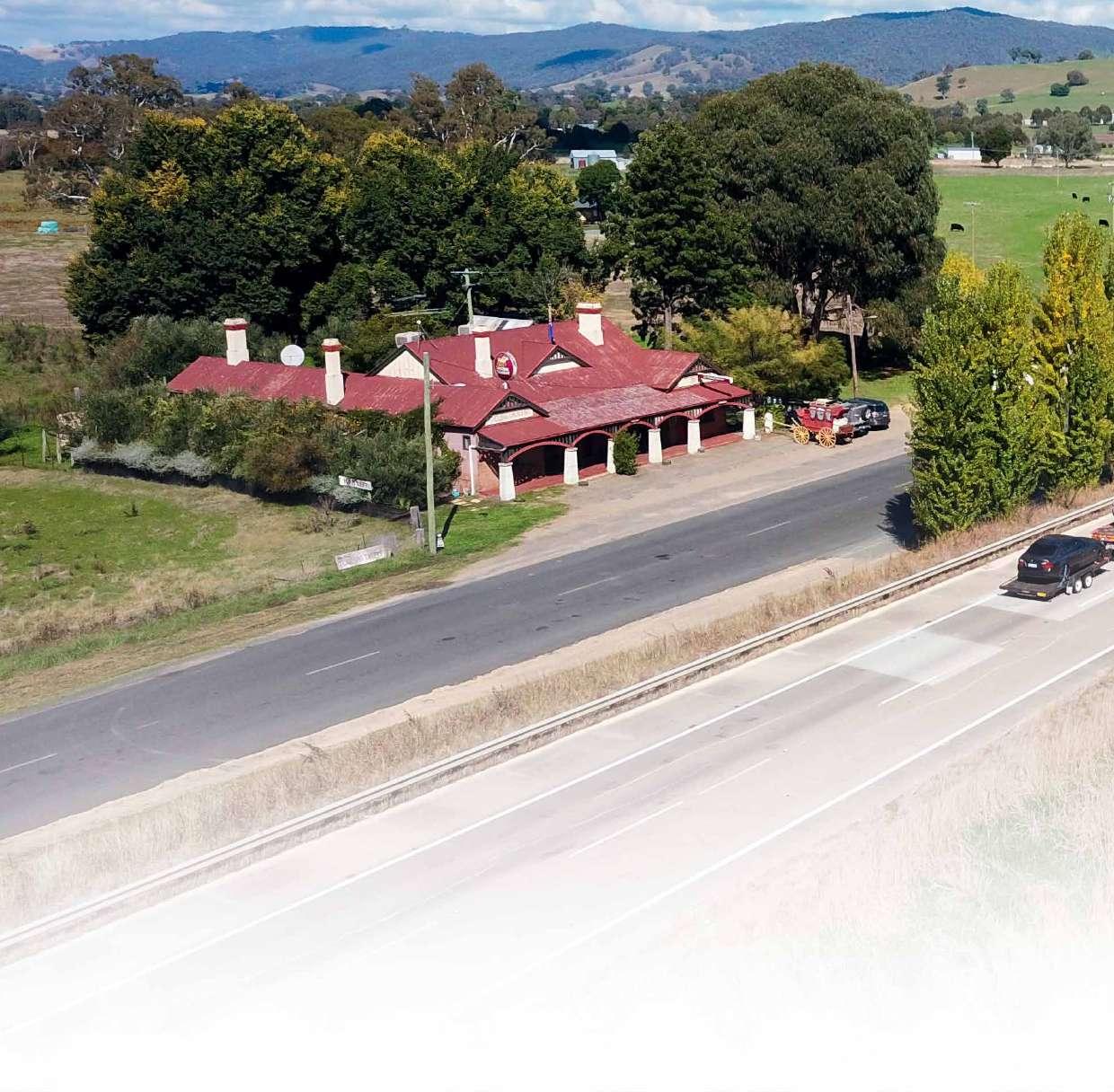
YOu PASSED tHIS PuB BY I’ll bet London to a brick that if you live in Melbourne, Sydney or Canberra or points between, you’ve seen it.
And that you haven’t stopped.
You’re on a Yamaha Super Tenere 2013 (which didn’t have a single issue on this ride) heading south down the Hume Hwy and ten minutes or so after crossing the Murrumbidgee at Gundagai, there’s an old single storey
brick pub on the left and it looked interesting last time with the old Cobb & Co coach out the front. You promised then that you’d call in next time. But again, you miss the turn and keep going.
There’s another exit just a few hundred metres further on.
Yep, you know it don’t ya? It’s that pub?
Spread across the gables at either end of the façade is the title “Adelong Crossing …. Hotel” but for most of the last hundred years

it’s been known as the “Tumblong Tavern.”
It used to be just south of where it is now. Back then it was known as the Coach and Horses but in 1905, Waldo Sibthorpe who had the lease for the place, got the quiet word from the cops that, “the renewal of license would be opposed on the grounds that the building was in a ruinous and dilapidated condition.”
So Old Waldo went to his landlady who agreed to build him a new brick hotel and by the first week of February 1906, the new brick hotel had been built and, armed with a new license, he’d moved everything from the decaying shanty next door.
Now here’s the bit you’re not going to believe: barely a fortnight after everything had been cleaned out of the ramshackle old eyesore, the bloody thing burnt down.
But it gets better: The pub was fully insured – the landlady had somehow overlooked her obligation to advise the insurers of the police report as to its near worthless condition – so she was paid out in full.
All sounds legit, eh?
Waldo kept the pub until he died in 1924 and it then changed hands a few times until Elsie Selina Smith obtained the license of the “Tumblong Hotel” in 1949. Things rolled along until she tried to offload it to a Herbie Dever in late 1953.

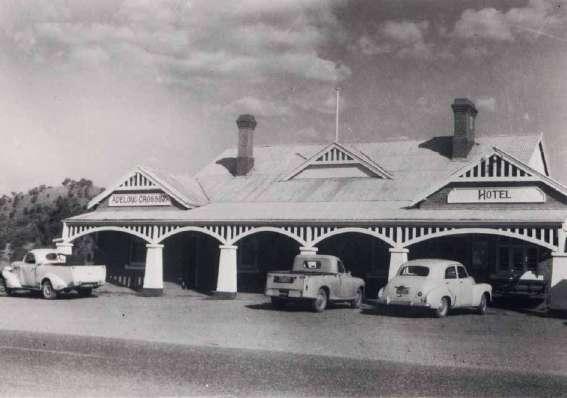
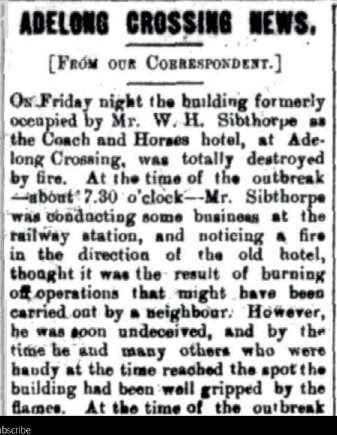
Dever had run the Rhondda Hotel up near Newcastle and it would seem he may’ve had trouble lying straight in bed. During the first application, a Newcastle police sergeant, and a, er, mate of Devers, gave evidence that “apart from four convictions” Devers was a decent bloke. The magistrate responded by saying that the only real decision he had to make was whether to charge Dever with perjury for some of his testimony.
So, the sale fell through and another, just slightly more respectable buyer was found, and the pub’s existed, if not always flourished, ever since.
I’m heading down the Hume, past the sadly closed Beehive Hotel at Coolac - where, talking of unfortunate fires - the struggling new servo has been burnt down two days previously. Past the ‘Dog’ and then a quick lime spider at the refurbed and reborn Niagara Café in Gundagai and a cleanser in the Cri where I meet up with unforgettable Rick. (see sidebar). Then back onto the highway, take the left after the second truck stop and pull up outside the fair dinkum


“Iwas at this B & S ball over at South and I wasn’t having much luck with the ladies but I was getting on the grog and figured I’d just go back to me ute for a sleep. I had this Holden Ute, was one of the H series, can’t remember which exactly, but it had a tonneau cover over the back and my swag was always underneath.
So, I crawl under the tonneau and into my swag and pass out. Then I wake up and I’m thinking the car’s moving but figure I’ve got the DT’s but then I’m bloody sure the thing’s bouncing around.
I stick m’ head out and sure enough there’s houses going past and I see there’s a bloke driving it but no passenger so I reach around the side and bang on the driver’s window.
This bloke totally shits himself and hits the brakes. I’m only small and it’s probably the only time in my life I’ve really put the wind up anyone.
So, I ask him what the hell he’s doing with my car and he says he’s just heading down to get a hamburger. There used to be three old style hamburger joints down at
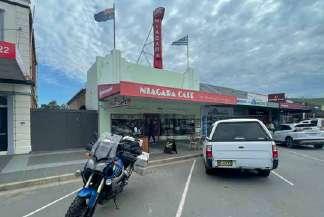
the bottom end of South Gundagai where the Shell servo is now.
Anyway, he says he’s just going down to get a burger and I tell him he’d better get two. So, he drives us down to get a feed. Then we go back to the B & S and we start hanging there together and we sort of become mates.
At the end of the night, I ask him if he was really just taking my car down to get a hamburger and he says, ‘nah, mate, I’m supposed to be in Melbourne tomorra, and your ute was the first I found with the keys in.”
Least he was honest, eh.
I had no luck with the women but it wasn’t a total loss, because she was a bloody good burger. Rick, who’s been known to have a drink at Tumblong, at the Cri in Gundagai.
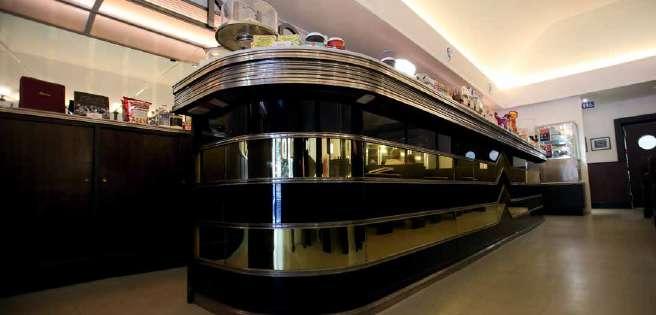
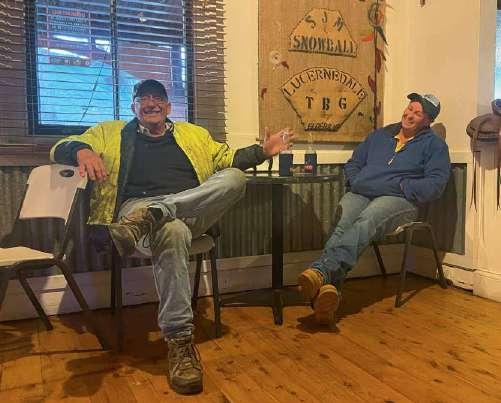
Tumblong Tavern with the old coach out front.
I walk into the bar where the first thing I see is a big grin under a big hat.
This is Owen, long time helperouter here and now licensee. I don’t usually bother with surnames but his is “BlundelL”. And he’s one of the few publicans (the rest are mostly ex-footy players) I’ve come across who has a Wikipedia entry and certainly the first who has some of his own music CD’s on the bar.
To quote Wiki:’ Owen Blundell is an Australian country music singer.
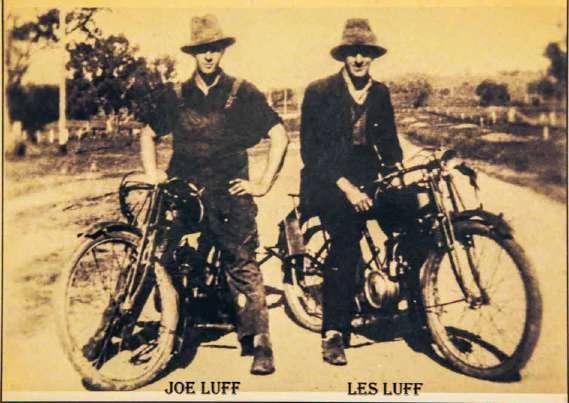
He began to be successful in the mid-1980s, was a five-time finalist at the Australian Country Music Awards in the Male Vocalist category, and received an award from APRA for a most-played country song.”
He also owns the only ambidextrous guitar in Australia (which he can play allegedly – it’s away getting ‘fixed’), a pair of perfectly trained rabbits, an electric mini violin and will teach you a string trick with which you’ll amaze every one of your not even totally inebriated mates for (what’ll seem to them) hours.
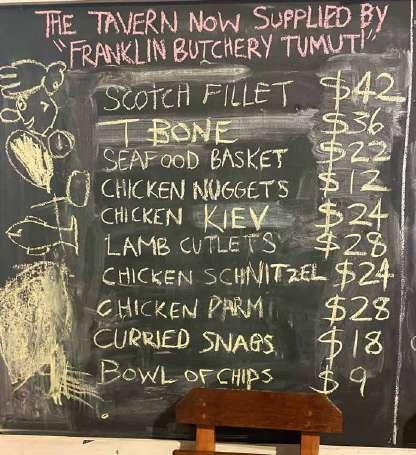
This bloke’s a hoot. A welcoming, relaxed, proud publican along the lines of Wazza who’s recently finished his stint at Thallon only with music. And he has great plans – including heaps of live music, extending the hours to seven days a week, and opening up some camping grounds next door where the Coach and Horses once stood. (It’ll operate on a voucher system of $15 per adult per night with the voucher fully redeemable at the bar for drinks or food.)
Also, the heavy horses that used to pull the carriage out

front and provide rides to visitors are coming back from the exile they were sent to after they kept breaking down the pub’s back fence when they were left to graze in the back yard.
Lots of plans.
We swap stories as the sun begins to lower and it’s that weird bit of the day that’s too late for afternoon but not yet dusk. A group of four travellers hangs at an outside table smoking and making plans. Kyle, a whip-thin young fella rocks up to work behind the bar. He reckons he never learnt much at school so, “I had to do something and took up horse-breaking.” He’s not afraid of any horse, he tells me, “But I’m scared of the ground. The hardest thing about riding a wild horse is the ground.” And laughs.
It’s Friday and a trickle of locals, young – some couples with young kids and some older, many of them related, begin to park up and head into the bar where two fires are raging. The hearth guard in one has been fashioned from two old rabbit traps and the smell of heating fry-oil rolls in from the kitchen.
I check out the old photos on the walls and as I’m pointlessly trying to work out what sort of bikes two old

blokes are astride in one framed sepia print, a voice tells me that the one on the right is his great grand-father.
This is Steve, from not far up the road. He’s got cattle, black cattle, not necessarily Angus, “Just anything that might look like Angus because since MacDonald’s fell for the Angus breeders’ PR and put it in their burgers; that’s where the money is.”
He’s just gone sixty and rides a 1200GS so of course we start talking bikes. Steve enjoys trips with his mates. Sometimes his wife, Megan, is on the back, sometimes not. Sometimes that’s planned, other times it’s more ad hoc.
“Half a dozen of us were headed to Tassie, all riding two-up – the girls all wanted to see the wild-flowers and the animals down there. This morning on the way to the ferry we were second in the group and instead of watching where I was going, I made the mistake of watching the back wheel of the bike in front and his brake light and when he braked, I’d brake.
He went into a corner a bit hot and I went into it a bit hotter and he hit the brakes much harder than he had been in the previous bit so



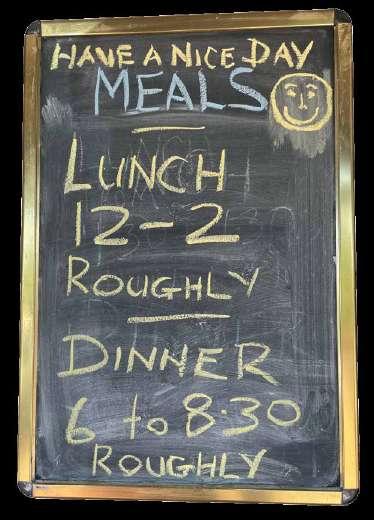
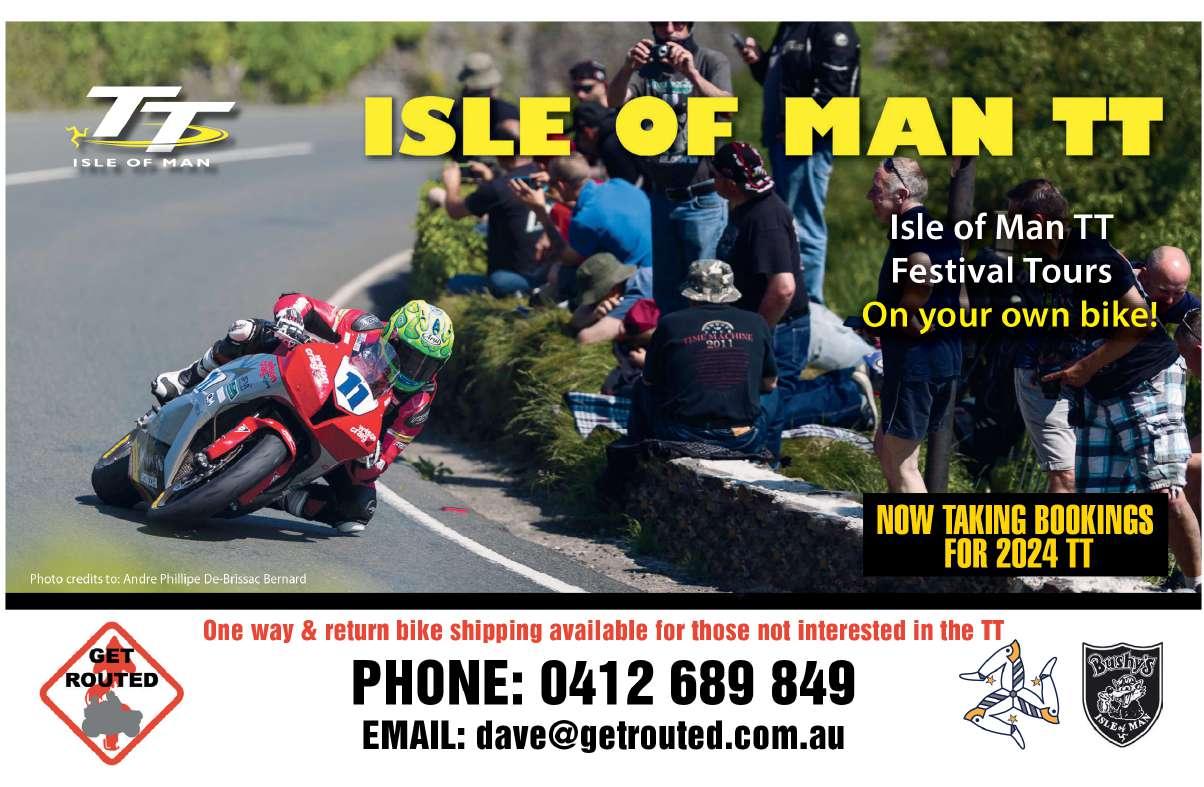
then I had to start braking hard but couldn’t and had to stand her up. We went over the bank and my crash bars dug into the dirt and I stayed with the bike but Megan was catapulted over my shoulder.
So, I turned the bike off and we were mic’d up and I called out to her, “Say something, say something” but she said nothing so I raced over to her and she’s on her back, eyes are open and she’s looking at me.
Eventually in this calm, really calm voice she said, “This is not what I meant when I said I wanted to get close to nature.”
Megan, who’s listening to this story for maybe the 1000th time rolls her eyes and continues to wait for Steve to finish his stories and his drink.
The food starts flowing from the kitchen as the bar and dining room fill and flow. As trio of young kids runs riot throughout the place I wonder if I could hire Kyle to break them and there’s an erratic pulse of rough-looking folk with guitar cases wandering through the place.
Around 9.30 ‘Testing, testing,’ booms through the place and pretty soon Owen Blundell is leading a quintet in some energising music.
Later, when he tells me he knows the words to several thousand songs, I ask him if he does much Leonard
Youwon’t forget your time here. Old school, zero frills, just fair dinkum decent hospitality from people on both sides of the bar.
Closed Mondays and Tuesdays (unless you have a decent crowd of mates and ring in advance in which case you’ll likely be looked after) and open from 4 (ish) the other days.
Currently there’s no accommodation but if you are swagging or camping you can do so out the back and the showers and toilets are open all night.
A top beer garden out the back would be a perfect spot to kick back in the middle of a long day’s ride through the nearby mountains or a commute down the grey strip which is the Hume. With the Tarcutta Pub newly shut again, this is damn close to midway ‘tween Sydney and Melbourne.
Two beers on tap – mid-strength and full at $7.50 and $7.90 respectively.
Cohen, but he says not many and asks me why.
Because, I say, this pub needs a massive banner on the roof with the title of one of Cohens songs from 1973. It’s a song on the playlist that flows through my Earmolds as I ride. It’s called:
“Please Don’t Pass Me By”. aMM


And have the steak but just ask for it to be cooked less than you want and the result’ll be to your liking.
Thursday is locals night and it gets busy so the music starts later, but get Owen to show you his string trick,
your dial.
Four helmets due to a few rough edges, but off the scale for unique character and very very good value.
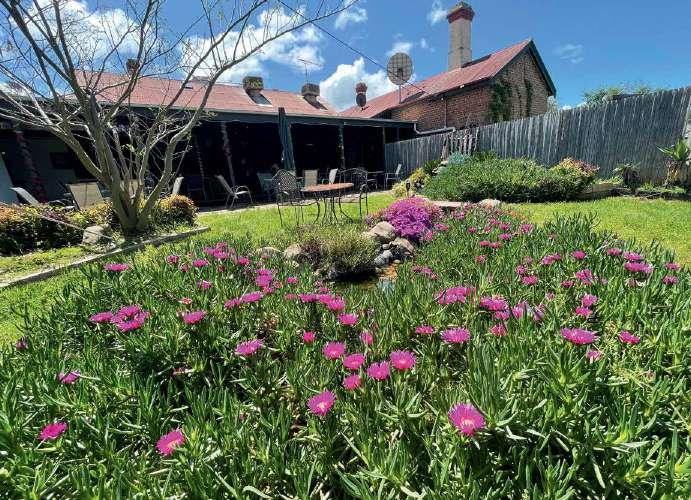


We’re New Zealand’s leading motorcycle tour company, and for good reason! We’re proud to be the only official travel partner of BMW Motorrad in New Zealand. Be assured that your tour experience is in the hands of experts.
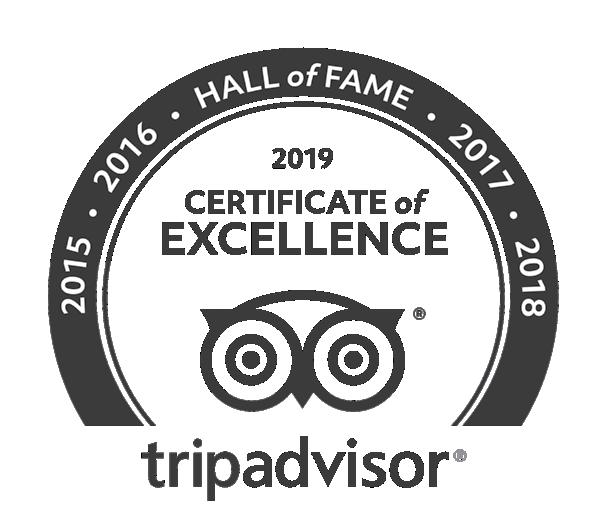

AS WE HEAD INtO summer, and one currently predicted to be hot and intense, in seems a good time to review heat issues for riders and ways to keep safe and healthy while on the road in the coming season.
hot weather risks
1. Hot weather increases pollution levels that can affect respiration (one reason to enable motorcyclists to lane filter).
2. Dehydration can impair your ability to think clearly and logically.
3. Over-heating can adversely affect muscle and thought responses.
4. Sweltering and sweating in hot clothing is uncomfortable and distracting to road safety considerations. Obviously prolonged sweating can lead to skin issues.
5. Sunburn. Even riders who are well-covered can leave sections of skin such as back of the neck uncovered.
6. Hot road surface temperatures can cause the air inside tyres to expand. This can increase the risk of tyre blowouts particularly if tyres are damaged, worn, or under-inflated.
7. Watch out for melted tar/ asphalt on roads in extreme heat conditions. Tar is often used to
repair road cracks so look out for these.
prevention
1. Equip yourself with the right gear for weather conditions. For example, use a tinted visor, open air holes on your helmet
(or purchase a helmet with this option when you next decide to upgrade), or wear gloves with mesh sections.
2. Equip yourself with hot-weather friendly clothing. For example, a cooling vest, or a jacket with ventilation zippers. Some
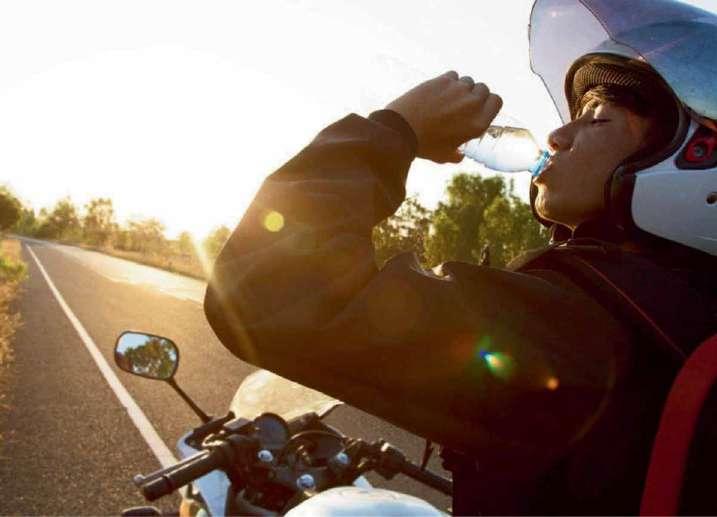
riders find specially designed compression garments helpful as they can help prevent lactic acid build-up and muscle vibration.
3. Apply sunscreen.
4. Use hydration packs (further information on this below).
5. Know your body and your mind. If you start to feel overly sweaty, a little dizzy or nauseous, pull over and get the helmet off and cool down.
6. Organise your rides where possible to rest during the hottest part of the day.
7. If riding in very hot weather, a lighter breakfast is best. Heavier breakfasts take much more from the body to break down and demand more fluid to do so.
8. If you sweat a lot, on top of the hydration pack, slip some electrolyte sachets into your bag as a supplement. When you sweat, your body loses sodium and other electrolytes which need to be restored during the hydration process. Sometimes water just doesn’t seem enough.
9. Know the general route you intend to ride so that you are aware where there are suitable stops to replenish water.
10. A motorcycle’s oil can overheat in hot weather. Check your engine regularly. Installing fan assisted cooling is vital for some models.
11. Don’t be tempted to wear less that optimal protection clothing. Bare skin leads you to dehydrate quicker.
12. Avoid over-indulging in alcohol as this will require greater hydration the following day.
13. In terms of textile jackets, consider Dyneema material vs Kevlar. Kevlar is strong but heavy. Dyneema has the same strength but is much lighter.
14. Ice pack! (See photo) Yes, this set up can feel amazing; poke holes in the bag so that your face is flicked with droplets of cold water as you ride.
15. A cleaner bike is a cooler bike. Keeping your radiator, oil cleaner, cooling fins, and fluids maintained will allow you to minimize heat buildup.
16. Temperatures over 45C means it’s time to pull over and find shade; for both you and your bike.

Motorcycle hydration packs or kits are specialised backpacks that hold water and allow the rider to take water as they like via a tube and small mouthpiece. These packs come in different sizes and a smaller 1-1.5 litre reservoir is generally adequate for shorter rides or cross urban use.
We have found, via discussion with
adventure riders, that most here will take a 3-litre pack (plus a few spare bottles) which is sensible given rides are typically away from urban areas and riders can adventure alone. In addition, given the ride context, the physical demands may be relatively high.
Enduro riders can purchase slim-line packs that don’t cramp their style and the market does have a good range of choices.

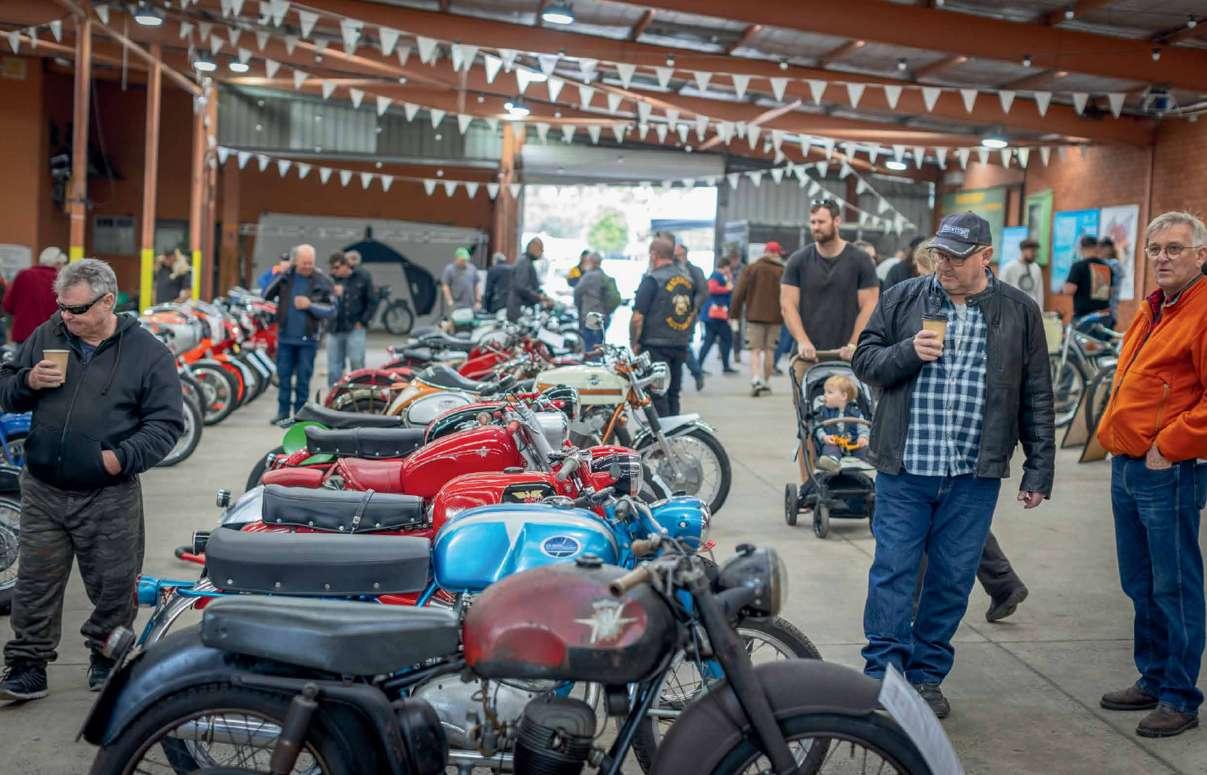
t he i talian’s in Vade the a nnual Bulli a ntique
Motor C y C le w eekend
words and iMages: ross stanford. (Biker torque)
IN tHE PICtuRESquE COAStAL town of Bulli, on the 12th and 13th of August, motorcycle enthusiasts, aficionados and addicts gathered for the Bulli Antique Motorcycle Weekend.
Fondly referred to as simply Bulli and hosted by the AMCA Australia, the event has run annually from 2017 (2020 and 2021 were online events only due to the c-word).
The theme for this year’s event was Italian motorcycles and there were some bellissimo examples both in the
main arena and as always happens at events like this, in the car park.
This year’s show boasted an impressive array of antique motorcycles (not all Italian, but hey, who really cares), each with its own unique story to tell. It’s also Australia’s premier motorcycle swap meet with over 100 swappers and store holders participating.
There were 17 bikes for auction, including an iconic 1945 Indian Chief. A 1911 Australian built Triumph, with an over head valve conversation, the only one in the world, also
Above: There were plenty of exotic Italians in the main arena.
Below left: There’s more to Italian motorcycles than just Ducati. Below right: Local lad, Troy Corser, talks MotoGP.
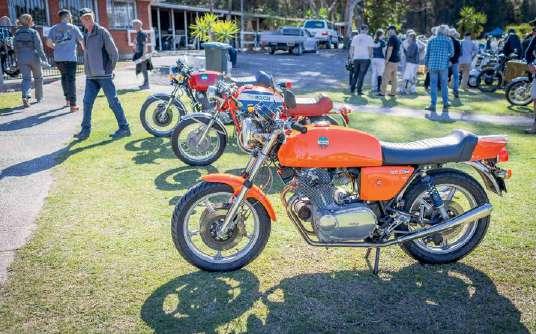
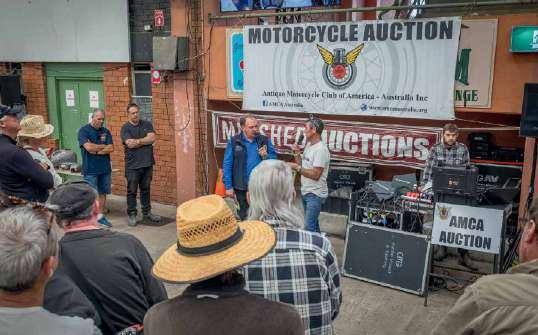

sold, but the crowd favourite that went for $10,000 was a beautiful little Lambretta Gelato Van.
Beyond the gleaming chrome and polished frames, the Bulli Antique Motorcycle Weekend featured many technical sessions as well as a fireside chat with Troy Corser, covering his career and the race school he now runs as well as another interview with Mr Ducati, Ian Gowenloch where he shared his knowledge into the design evolution and cultural impact of some classic Ducati motorcycles.
As the sun set on the Bulli Antique Motorcycle Show for another year the organisers were already looking to 2024 for an event that really is becoming a mecca for old bikes.
Next years event will be on the 24th and 25th August, so get those dates in your diary as there are some pretty big plans in the works and it could be something a bit different.
Above: Bulli hosted AMCA Australia and is held at the Bulli Showground. Below: Bigger and better things in the works for 2024. Bottom left: Might take some work to get this one running. Bottom right: Just one of the many Ducatis on show.
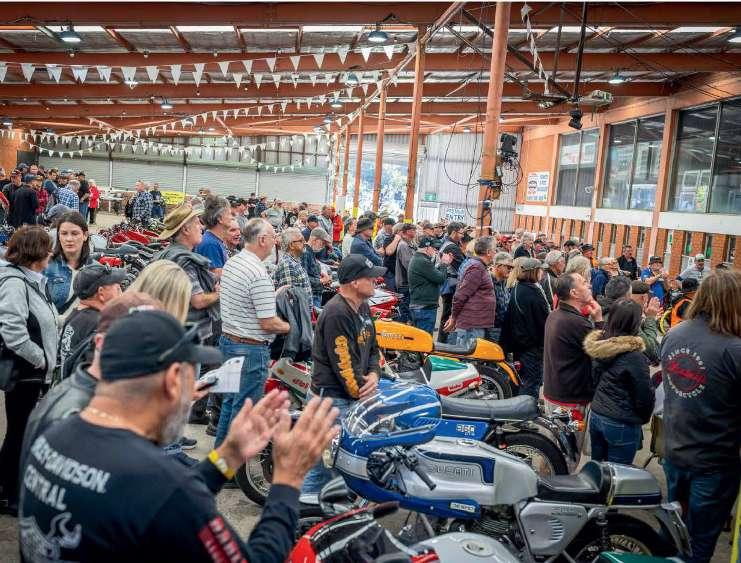


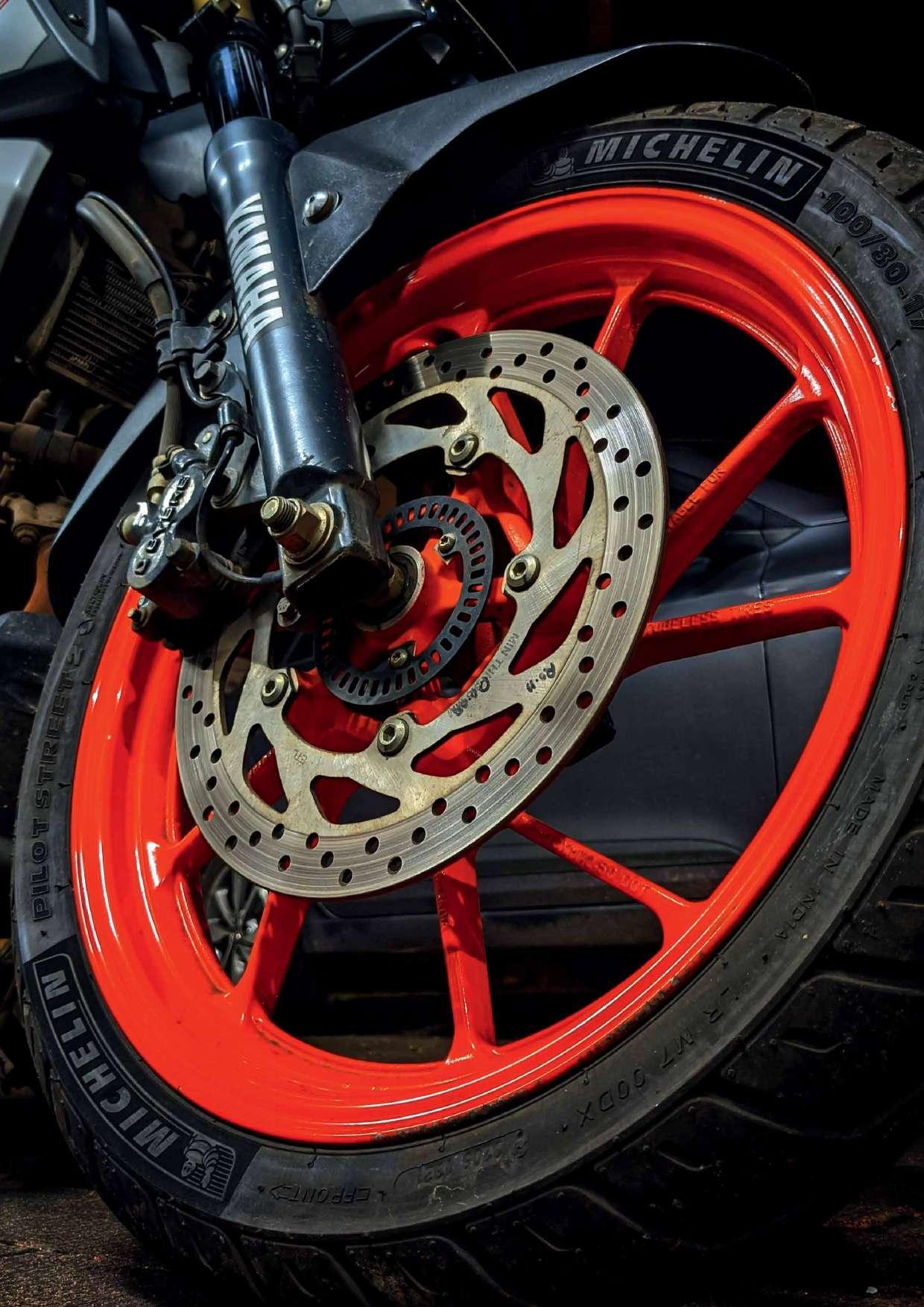
t wo pal M -sized C onta C t pat C hes are all that stand B etween you and the surgi C al ward. h ow is it you understand so little a B out the M ?
YOu HEAR A LOt about tyres. this brand versus that. this tread-pattern is better than that tread-pattern. this one moves more water than that one. this one is better for track-days. this one sucks. this one blows. this one rules and is the greatest tyre ever, and no other tyre has ever been or ever will be as good.
Thing is, all the tyres made these days, yes even the cheaper Chinese ones, are better than you imagine. And certainly, in 99.9 per cent of cases, better than you’ll ever need.
Once upon a time, there used to be these things called “tyre tests” in the motorcycle media. They were all bullshit. Five different tyres on five different bikes with five different riders is not a test. It’s a weekend away with beer at the publisher’s expense. A story is certainly cobbled together at the end, and conclusions are drawn, but that was pretty much bullshit too.
The only fair way of actually testing a tyre is get a top-shelf racer. Take him to the track. He has one bike and a bunch of different tyres. He then rides a bunch of laps on each tyre, back to back, and comes to a conclusion. Then he has to do it all again in the rain to see how they perform in the rain. He must turn off all the traction control and rider aids. That stuff just interferes with what the tyre is doing.
Then, just to make sure he’s got a grip on it (pardon the pun), he should do the same thing on six other bikes, to see if the same conclusions can be drawn, and that objectively, Tyre A is better than Tyre B, and so on.
words: Boris MihailoViC
Can you see the problem with the motorcycle media writing tyre reviews they want you to take seriously? None of them do anything like that, do they? In fact, no-one does anything like that.
The only honest thing anyone who is pretending to write a tyre test can do is tell you how long the hoop lasted, but even that is highly subjective and depends upon correct tyre pressures, and where and how hard the bike was being ridden, and what bike it was put on.
Some people will get 10,000k out of a tyre. Take the same tyre and give it to another rider, and that tyre will last 5000k. Factor in different bikes with various power outputs, engine configurations, torque numbers, lean angles, and so on, and you have to
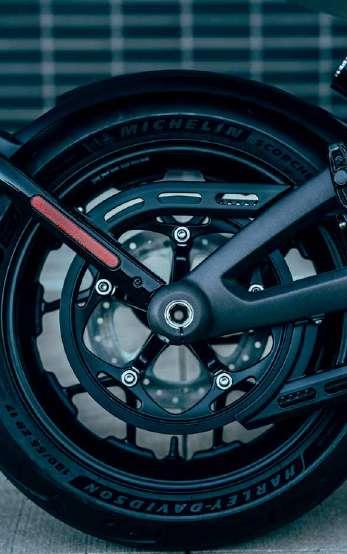
understand that tyre tests are nothing but bullshit. They can not be anything else.
Thirty-plus years ago, tyres were markedly different, and there was some chance they could be given a work-out on the road by normal people. We no longer live in that world. The tyres we get now are orders of magnitude better in every way than what they were last century. They are so good, you actually have no idea how good they are.
And when you add the manifold electronic rider aids new bikes come with – and have had for a while now – all of which help keep you out of an ambulance, we really do have it pretty good.
Things like ABS, cornering ABS, traction control, engine-braking control, multi-axial lean-angle inputs, various ride modes, semi-active suspension, and all the other voodoo that goes into modern bikes inevitably help the tyres do their thing.
In conversations with fellow riders, you will usually find a brand bias. It works like this
Rider A had a bad experience on a Dunlop. He tried a Bridgestone, and thought it was great (which usually means he didn’t fall off), so in his head, Bridgestone makes better tyres than Dunlop. He has not tried Michelins, Metzelers, Continentals, and so on, because in his head, Bridgestone is the best tyre and there is no need to try any others.
Now take another rider. He has tried all the brands. He may have tried them on several different bikes, or even

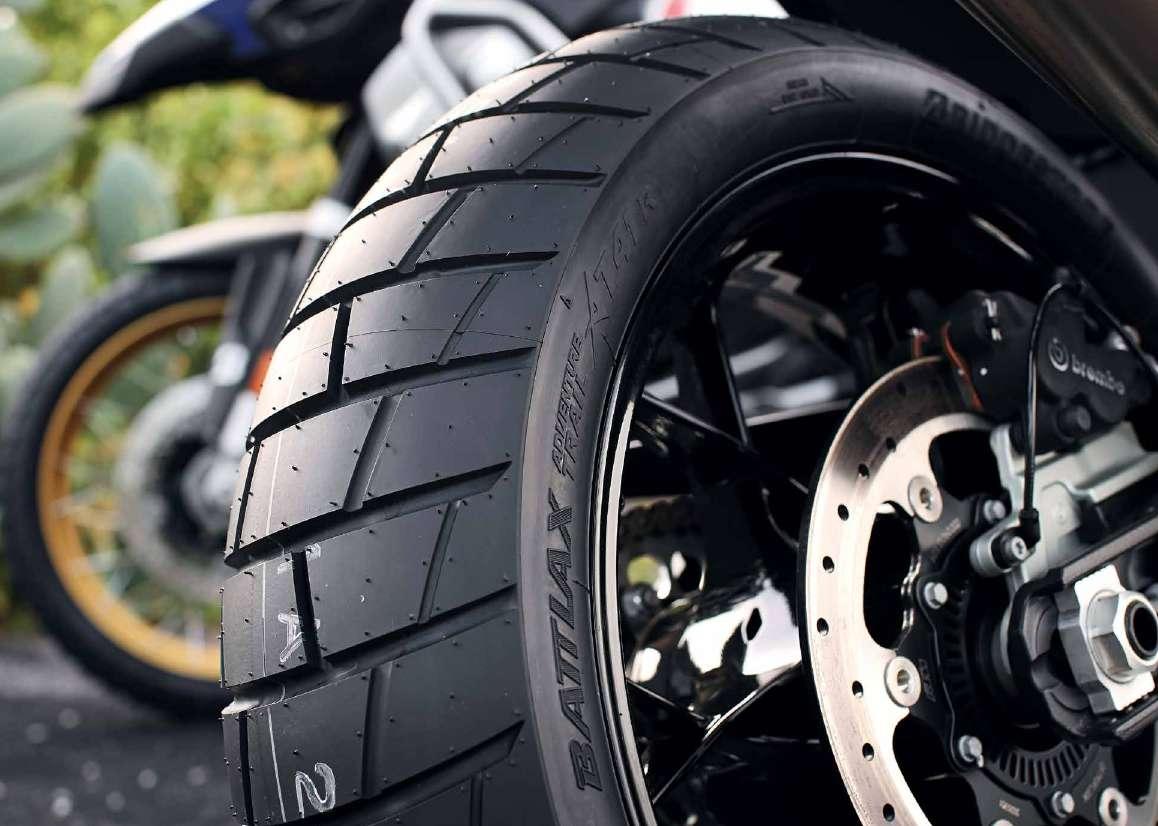
the same bike, and is convinced the Metzelers were the best – probably because he had a few great rides with them fitted. They warmed up faster, they hung on better in the rain, they lasted longer, and the bike just felt better.
None of this is probably factually accurate. It’s just confirmation bias, which is the tendency to search for, interpret, favor, and recall information in a way that confirms or supports one’s prior beliefs or values.
It’s how we’re wired. We find a tattooist we like, we keep going back to them. We find a beer we like, and all other beers are swill fit for pigs. For us, our tattooist is the best tattooist, and our beer is the best beer. Thus, our tyre is the best tyre.
The bit riders leave out in that statement are the words: “For me, at the moment, and because I haven’t tried the others, or a mate had these Michelins and he said they were shit
”
See how this works? See why tyre reviews and tests are nothing but
idiotic indulgences usually aimed at pleasing an advertiser?
I have attended very few tyre launches in my career. There are a bunch of reasons for this, and I will synthesise them for you.
Firstly, these are much-coveted
events. The tyre manufacturers spend a lot of money ensuring the attendant media has a good time – which means great hotels, restaurants, and routes/ tracks. So it’s usually the editor who gets the gig. The editors always get the juiciest plums. No point in being editor otherwise.
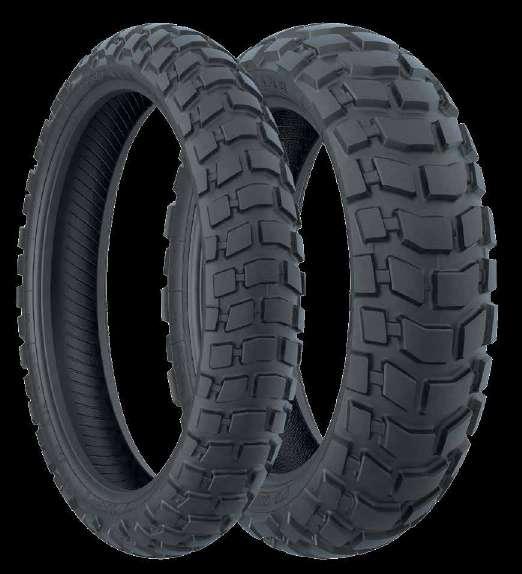
If the editor cannot make it, then he or she would prefer to send a racer along. Especially if it’s a tyre launch held at a track. The racer will certainly push the new hoop, and something can always be cobbled together out of the word-salad the racer will produce when he attempts to write the review.
But if you send people like me to these things, then what you’re gonna get is pretty much what I am told by the manufacturer. The tyre is improved here and here and here, according to the people who make it. Therefore, also according to the people who make it, it will probably behave like this, this, and this. Numbers are provided, graphs are shown, statistics are
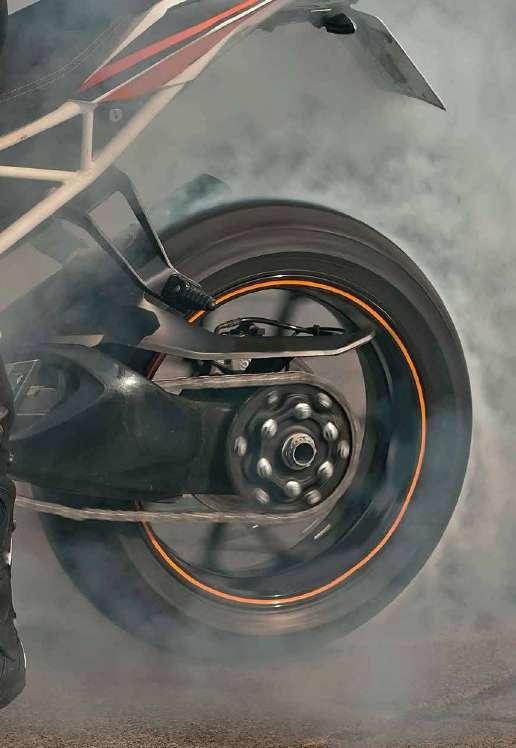
Top left: They’re all so lovely when they’re new with the prickles still on them. Bottom left: These dual-purpose jobbies will hang onto the road better than you can imagine.
Above: Yes, a proper Viking funeral is called for when you need to replace them.
shared. Then we go to dinner and get drunk. Job done. Is anyone testing anything? Nope. All we are doing is passing on information provided to us by the purveyor of the tyre.
When I attended a Continental tyre-launch a few years back I was told the tyre needed no run-in period – that strange time when you’re meant to scrub the tyre in for a 100 or so kilometres and remove the shine it comes with when it’s new. The Contis came furry out of the mold, so such a period, we were told, was not required.
Cool. Did I slam it knee-down hard into the first bend I encountered 200-metres after leaving the starting point? No. Do you know why? Because I am not an idiot. Nor did anyone else, because they were also not idiots.
Tyre adhesion, it’s grip-level, if you will, depends on many things – and one of the most important of them is temperature. A cold tyre is a cold tyre and it will not grip as well as a hot tyre. And it doesn’t matter how furry it is when it’s new.
A more recent Metzeler launch I attended was offering new dirt and dual-purpose tyres for Adventure bikes. The dirt was all mud, and my dirt skills do not even approximate those of Toby Price, so I rode carefully. I could see the new dirt tyre was different to the old dirt tyre in that its knobs were scalloped, bigger, and spread out more, so theoretically, it should perform better in certain deep-dirt conditions. Stands to reason, right? Could I have compared the new tyre’s performance with the old tyre’s
performance? Not at all. How would that have been possible without the old tyre being fitted?
On that same launch there was a road-section for the new dual-purpose tyres. I can go a good deal harder on the road than I can on the dirt – and when that road is the Putty Road, I can go harder still. Suddenly, all those dirt gods who were leaving me behind on the muddy bits, found themselves flubbing about in terror. Me? I’m perfectly happy carving up the Ten Mile on a GS fitted with dual-purpose Metzelers. Done it a bunch of times.
But what’s important was I had done it on Michelins, Pirellis, and Dunlops, as well. Was I any faster? Did I have more feel? Was the new tyre stickier allowing me to utilise faster cornering speeds? No.
I pretty much rode at the same pace I always do. Was I testing the tyre? No. I was just riding the way I usually ride on the Putty – with lots in reserve because terrible things can and do happen on that road. Or on any road.
Which is essentially the whole point here. It doesn’t matter what tyre you buy. Not really. They are all better than you will ever be. You will likely never find their limits. Certainly not on the road. And no tyre “test” you ever read should convince you otherwise. It’s all bullshit.
Are there exceptions? There are always exceptions. They are those insanely-skilled riders who can and do identify the miniscule variances in various tyres. Some of them go on to win championships. And some are just the fastest road-riders you’ll ever see but never catch.
If that’s you, then I bow my head in respect. But if that’s not you, then just do your best not to fall off regardless of which tyre you imagine is the best one in the world.
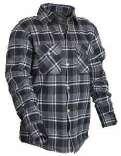



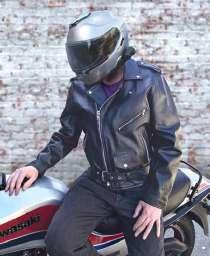


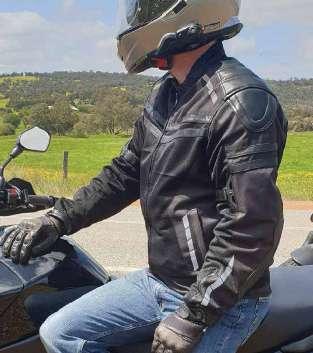














a two day tra C kday at the C athedral of M otor C y C les ? don ’ t M ind if i
WHEN I LOOK BACK at my motorcycling life I very much doubt that many two-wheeled adventures will stick in the mind quite like my trip to Assen. this wasn’t for a MotoGP or SBK race but rather a two-day trackday with a bunch of mates. there were six of us in all on a variety of 1000cc bikes, except for one poor sap on a Ducati 748SP. Despite being many tens of horsepower down and the rider being many tens of kilos up, the abused Ducati did a surprisingly good job of sticking with the group on the motorway, especially on the manic return trip, without spewing any of its essential reciprocating parts onto the
ground: more of that later.
The date was 30th August 2001, the time was 4.30am and the weather was absolutely shitbox.
The time didn’t matter much though as I’d hardly slept a wink, what with worrying about whether I’d packed everything and listening to the biblical rain thrashing against the window like we were being shot with gravel by a belligerent neighbour.
Oh, also I was as sick as a shot dog.
My head, bones and joints ached like I’d fallen down a very long and very uncarpeted flight of concrete stairs. Even my skin hurt.
Little did I know this was the onset of what would become acute blood
poisoning in the coming days, courtesy of a nasty gash I’d got slicing my foot open on a rock the week before.
To say I was in two minds as to whether I should go would be a massive understatement, not helped by the fact that my wife had told me, literally the day before, that she was expecting our first child. Even under normal circumstances whenever I went to a track she would wave me off at the door in floods of tears, convinced the next time she saw me I’d be in either a wheelchair or a box. To leave her newly pregnant and freakishly emotional seemed harsh even by my narcissistic standards.
To make the choice even harder, the
Tit Fairy had already visited and her recently acquired buxomness was way more alluring than a 400-mile ride in sideways rain.
But hey-ho, I had a date to keep in a country altogether flatter than my wife’s new chest, Holland, where there were two days of back-to-back track time to consider at the Cathedral of motorcycle racing. So, I dragged myself out of bed, popped my leathers on and buggered off before I changed my mind.
Naturally, because blokes, we turned up at the ferry port with varying degrees of tardiness but did at least all manage to remember our passports and tickets. Four hundred miles on sportsbikes in the wet is not to be recommended but the ride to our hotel in Holland (in a town whose name I don’t recall but which had more vowels in it than strictly necessary) was unmarred by death or serious injury of any kind: except to the bones of our collective arses and our mental wellbeing. To paraphrase one of our crew: “Imagine sitting on a washing machine with a brick in it, on spin cycle then listen to your least favourite album 8000 times…all while being hosed down with freezing water.” It was kinda like that.
To prolong the agony we did manage to get lost quite a bit, largely due to the fact that in those pre-GPS days no-one had thought to bring a map and Mr.I-went-there-once-fouryears-ago-it’s-easy-follow-me turned out to be a directional muppet.
As karmic justice would have it, later on that weekend he did enhance his future career as a cat-burglar, and give us a right laugh to boot,
by permanently erasing his own fingerprints when pointing out how red my exhaust was.
However, as journeys often do it eventually ended and we rolled into town knackered, dirty, very much over it and very much in need of a bar.
At least it had stopped raining by then and the last half hour had been a blur of amazingly fast, dry, twisty and grippy roads which were nearly as
joints with broken glass.
A ride like that would have worn me out at the best of times, but, as I gingerly pulled off my boot, I realised I was now way beyond a touch of man-flu.
Peeling off a sock that smelt like a dead body, revealed a foot so red and bloated it looked like it would burst at any second.
If there had been a competition for “Most Terrifying Balloon Animal” my foot would have swept the board.
“ four hundred mileS on SportSbikeS in the Wet iS not to be recommended”
much fun as the track itself. Over the next few days these roads became our own proving ground and I can only be thankful we didn’t go directly to jail for some of the shenanigans that transpired as we blasted twixt hotel and circuit.
As soon as we got off the bikes that first evening, and the adrenaline of the journey had subsided, I felt absolutely fucking dreadful. My ears were buzzing like a detuned radio (as the song says), my head was spinning, someone had replaced my skeleton with lead and filled my
Top
left: Still owned by me to this day, my RSV has spent as much time on track as it has on the road. Below: This picture was taken the day I brought it home in April 2000. Wish it was still in this kind of condition.
Oh, and did I mention the puss oozing out from under my toenails?
When parts of your own body disgust you to the point of dry retching you know it’s bad.
I had a lengthy shower, took a handful of Neurofen, drank a few beers, took another handful of Neurofen and crashed out hoping I’d either be dead or feel better by the morning.
I was neither.
The flatlands around Assen are notorious for the amount of rain they receive and the next day, as we rode away from the hotel in anticipation of some on-track epicness, we were surrounded by ominous black clouds. We could see individual rainstorms in every direction but there were at least some gaps between the thunderheads, allowing a tantalising view of blue sky and bright sunshine offering us the hope of at least some dry tarmac. I honestly couldn’t give a fuck though and a part of me hoped it would piss down so I could lay in the garage under a tyre warmer for the day.
The first order of business at the circuit was a profundity of form



and disclaimer signing. This was followed by a visit to a very dour man in the pits who taped a transponder to the bike’s seat hump so we could be identified and suitably punished if we broke any of the circuit’s countless rules. Do not forget that Danishland is almost Germany, albeit with better weed and less penisy hookers, and what they don’t know about red tape and heavy handed retribution round these parts isn’t worth knowing.
It goes without saying that on my very first lap I managed to miss a gear going past the noise meter at the back of the circuit changing from fourth to fifth with the throttle pinned. I was summarily hauled before the pit police and warned in politely shouted English that if it happened again I’d be going home. Seemed a bit harsh on an Aprilia RSV Mille with a bog standard pipe. The English organisers of the weekend suggested I short shift going past that point from then on, which naturally caused me to miss a gear in exactly the same place next time round for fuck’s sake.
Herr Goebbels in the pit-lane must have been busy looking for false walls
in the attic or interrogating some other miscreants and I thus avoided being sent to the salt mines for disobeying a direct order.
Perhaps he was bollocking the chump on the ZX9 who’d binned it big style on the back straight third lap out: what a twot.
As we all know the Assen circuit is legendary, and rightfully so. The longest serving circuit on the MotGP calendar it’s an old fashioned, classically European track based on the roads that once wove between the fields and drainage ditches in the area. It’s far removed from the antiseptic, sterile loops being spat out of computers these days. As such it has more twists and turns than a bowl of spaghetti and almost nothing that could convincingly be described as a straight. Even the chicane at the end of the lap is a heart-in-mouth, high speed flip-flop. And it’s fast: really, really fast. Think Silverstone with bells on.
If you ever have the chance to ride it I would strongly encourage you to do so. It has sadly changed massively since I was there and in
fact we were the last people to ride it before they dug up the incredible first section of track to build more toilets or something. Anyway, it was without a doubt the most entertaining piece of bitumen it has ever been my privilege to wobble around.
I had been playing WSBK on my PC for weeks leading up to the event and was invincible around the six thousand corners that made up the Dutch TT circuit. I was convinced that this would give me the advantage over my mates when we got to the actual track, and for about a lap-and-a-half I truly believe it did.
After some hours we were starting to get the hang of which way the track went and certainly I was having such a ball that I’d kinda forgotten about my gammy leg. Everything you’ve ever heard from commentators bleating on about the camber or crown of the track is absolutely true. Basically, the centre line of the track (the crown) is higher than the edges (in crosssection something like the back of a wide spoon): a leftover from when it was an actual road. The effect of this is that on the way into a corner you’re

pressed into the road as the camber is with you and the grip is incredible. However, exiting corners you go over the top of the crown which is never anything other than exciting as you go from positive to negative camber: many interesting new handling characteristics of your bike can be discovered in these moments.
On double-apex corners this is even more terrifying. As you might imagine the camber goes from very positive on the way in (a good thing) to very negative halfway through the bend (a bad thing) and then very positive again as you head for the second apex, generally while having a knee-slider skimming the surface.
This gives your bike many excuses to behave like a pile of poop as the suspension and tyres get loaded and unloaded with the bike on its side. If your setup is lacking…look the fuck out.
Having said that, one of my fastest mates was riding an R1 with shagged rubber and oil pissing out of the forks and he didn’t seem to give a toss…bastard.
Some people are just like that.

I, on the other hand, had the biggest front-end slide of my life going round the double-apex rights of Mandeven and Duikersloot as I tried to keep up. I felt the bars go light in my hands as I went over the crown and the steering turn towards me. I did my best impersonation of someone who wasn’t touching the bike in any way and kind of watched out of the corner of my eye as the front ploughed along. In bullet-time I drifted inexorably towards the grass as I forced myself to stare at the corner exit. Bear in mind that in terms of speed, this is a triple digit corner and I’m not talking about
“ thiS giveS your bike many excuSeS to behave like a pile of poop aS the SuSpenSion and tyreS get loaded and unloaded With the bike on itS Side. if your Setup iS lacking…look the fuck out. ”
namby-pamby kilometers per hour here but the much more manly miles per hour. The slide seemed to go on forever but, through literally no skill of my own, the tyre gripped again right before I went flying off the black bit and I managed to haul it back to the second apex fuck me.
Despite the buckets of adrenalin in my veins, by lunchtime I was starting to feel really terrible again. My foot was killing me but I was terrified of taking my boot off for fear of never getting it on again. I could feel my glands were puffed-up and sore all over my body, particularly the golf balls in my armpits and under my jaw. By complete chance a doctor, an acquaintance of my mate on the 748, was there and I happened to mention to him how bad I was feeling. He asked me to take off my boot and was as horrified as I was at the fit-to-burst foot we found inside. It looked tight enough to pop if anyone touched it and the whole thing was distended beyond belief. To my horror, puss was actually coming out freely through the pores in my skin. The doc was equally concerned and immediately diagnosed a case of advanced blood-poisoning. He marched me, well hobbled actually, off to the circuit medical centre and made them write me out a prescription there-and-then for some serious antibiotics. As we were walking there, he asked if the glands in my groin were painful at all as that would be a measure of how far the infection had spread. I said that they were and had been for at least 24-hours. He asked if the glands under my arms hurt as that would be extremely serious and he’d have to think about admitting me to hospital if they were. Of course, I lied and said they were fine which he was very relieved about. God knows what he’d have done if I’d told him about the ones under my jaw. So, prescription in hand I rode off to the nearest hospital, which luckily was right outside the circuit. I don’t know what the prescription said on it but I was served in double-quick time and left with a huge box of pills. I made it back to the circuit just before the first session of the afternoon went out

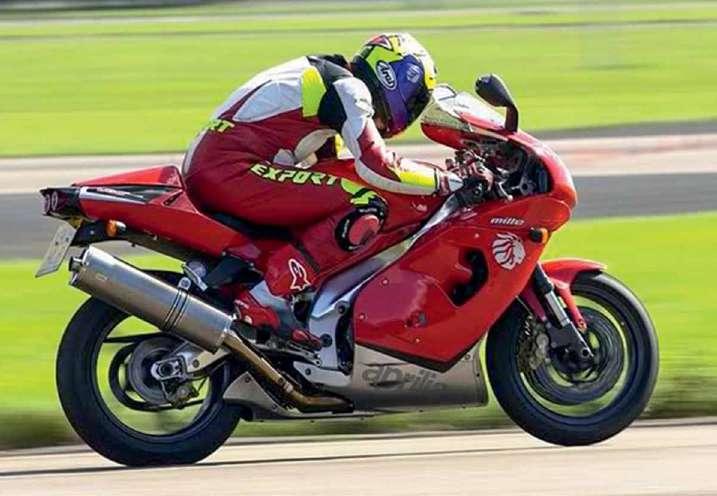
and I popped a handful of said pills while drinking about a gallon of water.
The rest of the afternoon got considerably better as the drugs kicked in and started to do their work. Good job I couldn’t read the “Don’t operate heavy machinery” warning on the packet.
Our little group got collectively faster and the track really started to flow. Apart from a brief excursion up the escape road when I thought I was about to turn-in on my R1 riding mate who I’d just heroically slip-streamed past on the back straight… there were no dramas.
Well, almost none.
As the last session of the day approached, I was feeling pretty good and thought I’d ask one of the instructors to tow me around for a few laps so I could work on my lines for the following day.
Despite rolling his eyes at me he seemed okay about the idea although not what you might call overly enthusiastic: in retrospect, perhaps he’d had enough of coaching plebs for the day.
Either way, he clearly didn’t give two
figs about pit-lane speed limits and we joined the circuit at about 120mph, him on a race-kitted, slick-shod, tyrewarmed CBR600 and me valiantly trying to keep up on my stone-cold, road-going Super Corsas.
I clearly remember thinking that he was trying to make me look like a dick in front of my mates and I worked my absolute arse off to stay on his tail without spitting myself into the scenery. As we crossed the line at the end of the first lap, I congratulated myself that I was still up his chuff and was feeling more confident about my own tyre temperature by that stage too.
We tore around that second lap and I don’t mind saying I was riding at close to the limit of my ability. I was concentrating so hard on sticking with the tail unit of the Honda that I probably learnt nothing about the track but it was definitely the quickest I’d been the whole day.
The last corner before the chicane is a super fast left hander (Ramshoek), and the entry into that (Hoge Heide) is a right/left kink taken flat-chat in 5th. All day I’d been amazed at the
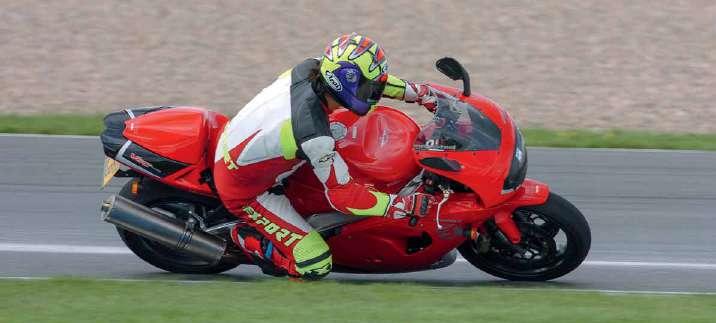
Left: An RSV1000 Mille in full flight.
Below: Once the suspension had been twiddled by an ex-Kenny Roberts mechanic the Mille was an absolute track weapon.
amount of counter-steer needed to get through that kink. I was practically ripping the bars off in the change of direction from right to left. So much so that I couldn’t even spare one finger to start braking for the Ramshoek as early as I wanted.
As we flew, nose-to-tail, into the kink on that fateful lap the rear tyre of the instructor’s Honda gave a slight wobble and stepped out on him. He gathered it up but ran out wide to the right just as the circuit went left. I was practically screaming at myself not to follow him off the track: talk about target fixation. We ended up side-byside with me still just on the tarmac and him about an arm’s reach away but on the grass.
I was trying not to stare like an idiot at the accident unfolding right beside me and instead concentrate on getting my own bike turned so I didn’t join in with it. At that moment the CBR, which was still going at a speed wholly inappropriate for grass-tracking, ploughed into the gravel-trap that runs along the edge of the corner there, spraying me with a huge bow-wave of stones. To this day my Aprilia still has a small chip in the tank to remind me of the occasion.
As the bike dug a furrow with its front wheel, the rider went through the screen like he was being shot from a cannon, his face creating it’s own shower of kitty litter. Milliseconds later the Honda did one of those weird things bikes do from time to time when, mid-cartwheel, it loaded up the rear suspension and pinged itself into the sky. In my mind it went miles up but I can’t really be sure as I couldn’t actually tilt my neck up far enough to watch the entirety of its graceful arc. What I can be sure of is the fact that when what was left of the CBR finally arrived in the pits on the back of a low-loader some time later, the subframe and swing-arm were bent at a right-angle to the rest of the bike. The poor old instructor, some of whose body parts I believe were also bent at unconventional angles, was in hospital by this time, where he remained for about a week.
And this was only day one Jesus.
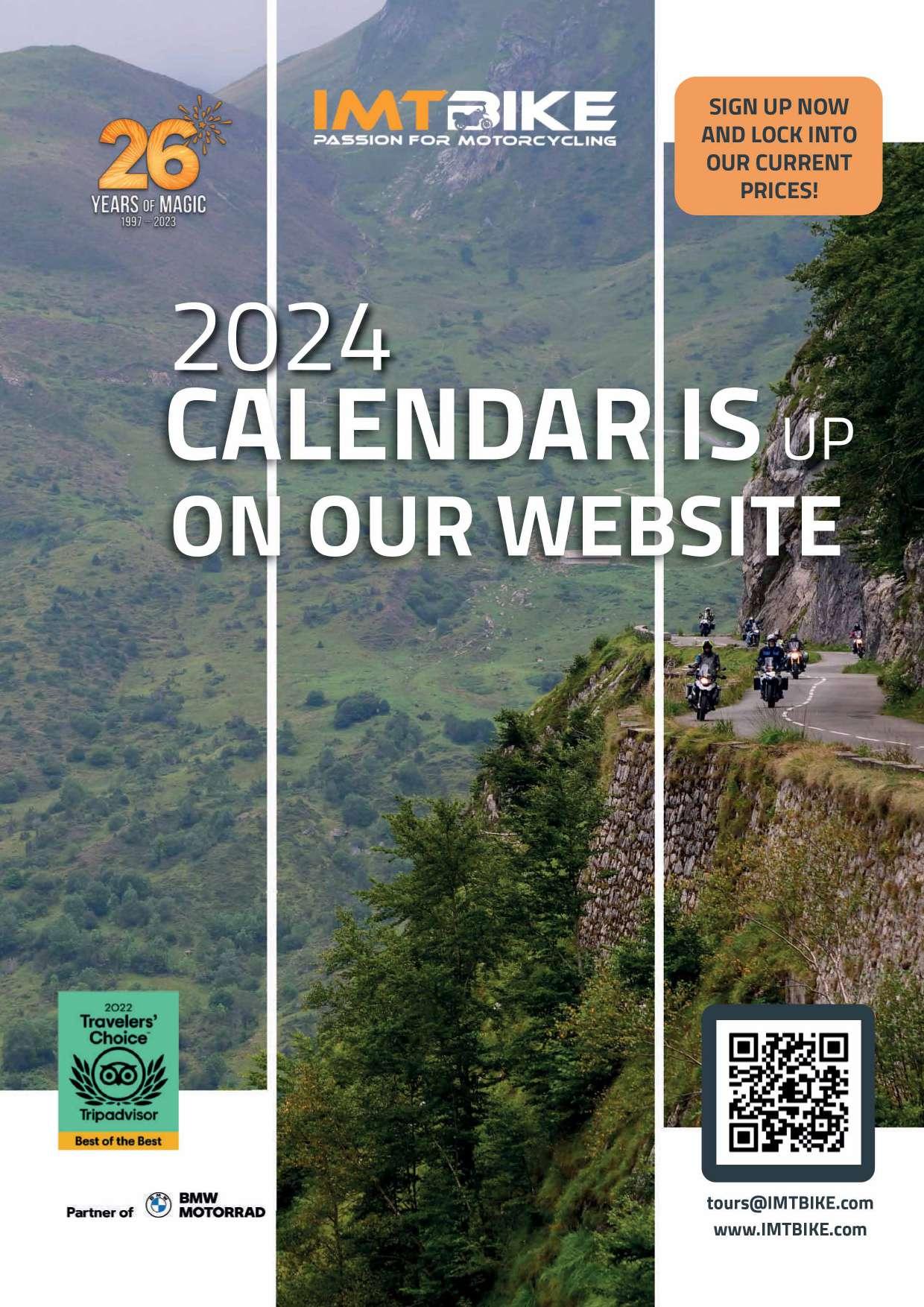
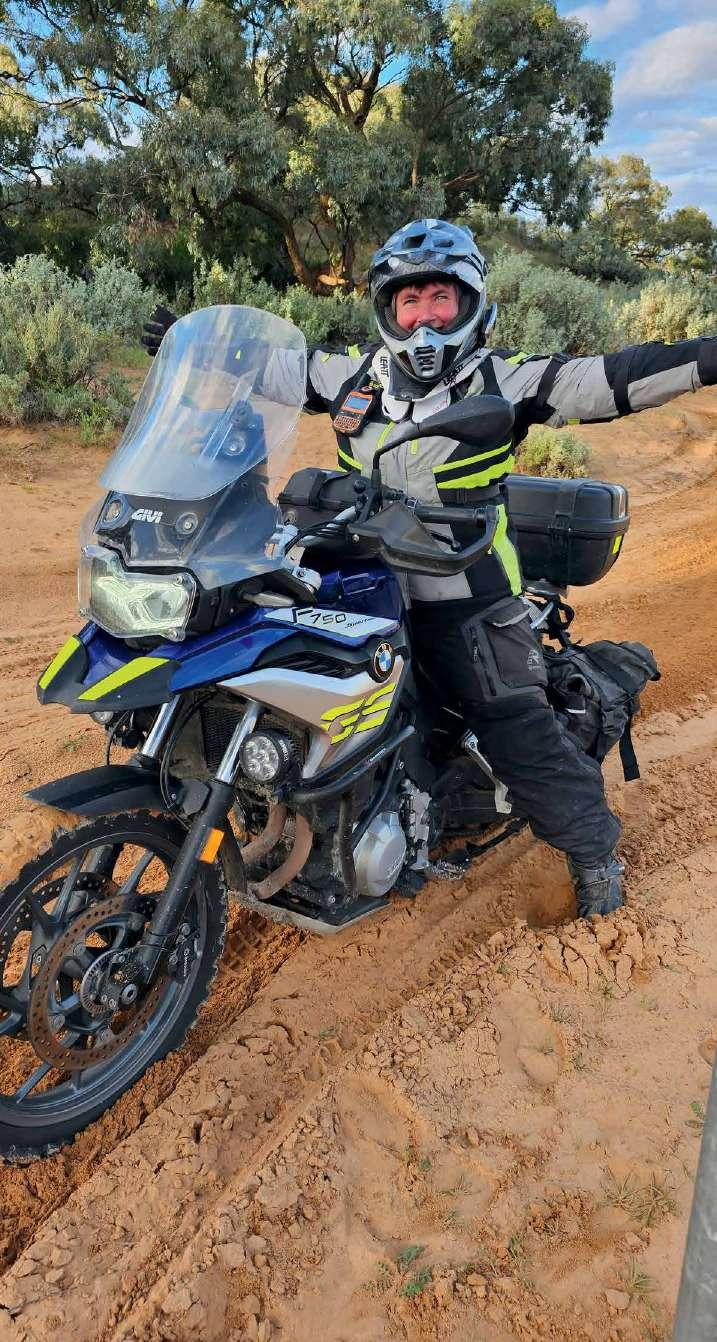
THE tIMING OF BEING asked to write about women’s motorcycle gear also coincided midway through 6 months of frustration while replacing most of my very worn-out gear. to put it simply, if you are female and not sized either 12 or 14, the process is not quick or simple. I do not want to discount that men also find issues with fitting and supply but the common discussion I have experienced with female riders is finding suitable gear is challenging. this article is limited to mostly touring and adventure gear and does not consider other areas of motorcycling such as off-road clothing of which I have no experience.
Firstly, why is it so difficult?
On a global scale, the Australian motorcycling market is only 2%. Of that 2%, only 20% of the Australian market is female. The harsh reality for our female demographic is we only represent 0.004% of the global market. Hence, there isn’t a lot of consideration out there by clothing and safety manufacturers. One could argue if manufacturers invested in female customers, more would take up riding, equating to more customers.
From my own experience, I find no fault in our great local retailers themselves, they are regularly letdown by the international suppliers who do not communicate with them about delays, or supply issues leaving both the retailer and customer waiting in limbo for too many months. I have ordered riding gear only to be told months later it isn’t available anymore or manufacture is not due yet. This has left me without the desired product for an event, trip, or the complete collapse of my old gear, which I had ordered the replacement months in advance.
Secondly, why is this so important? Most women I know have been forced to wear ill-fitting men’s clothing which is both uncomfortable and potentially dangerous as the protective elements
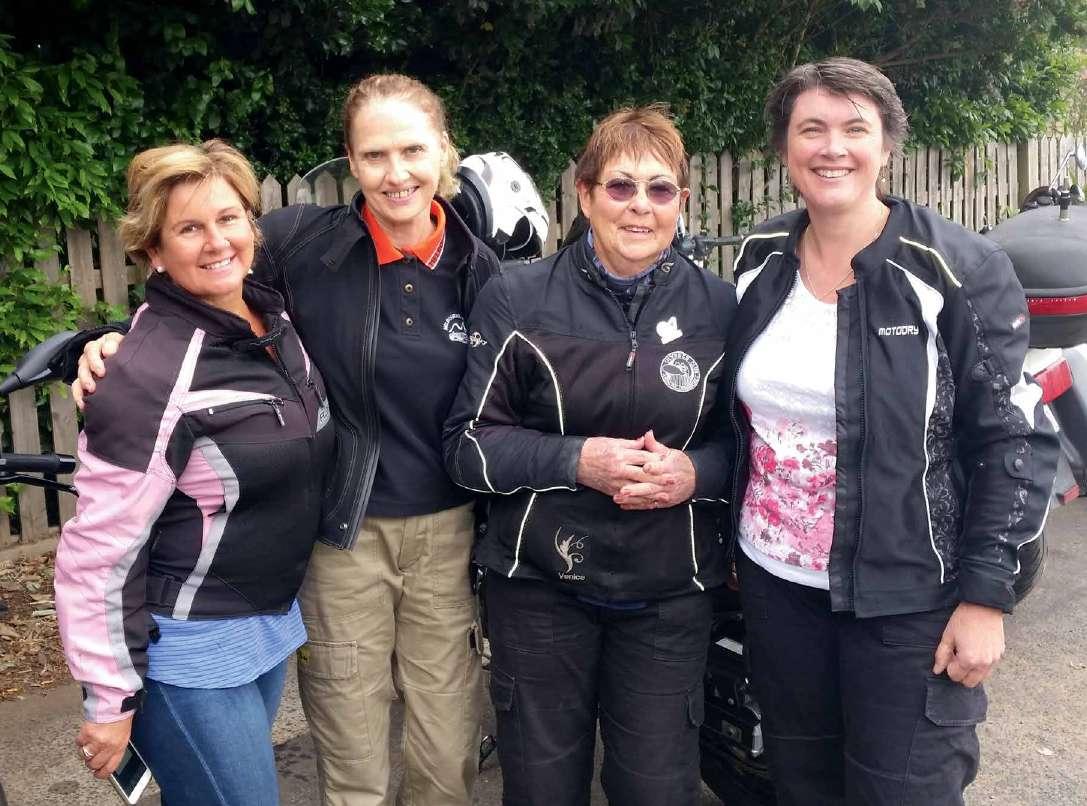
aren’t placed over the correct part of the body it is supposed to protect. Long baggy clothing can catch on the bike, will move, and potentially come off during an accident. Tight clothing can restrict movement, slow reaction times and cause accidents and injury. Discomfort can induce a quicker onset of fatigue.
A third challenge is an inability to try on clothing. It is a known fact that women’s sizing is a guessing game. I had been alternating between a size 16 summer jacket and a size 22 winter jacket without any change to my weight. It is hard to find retailers where you can try on gear before purchasing within a capital city but almost impossible in regional or rural areas. Many online retailers now include helpful sizing charts and are offering a 30-to-60-day return policy if the tags and clothing are intact and unmarked, but it remains a slow process.
On a brighter pleasing note, there is an increasing amount of women’s gear entering the market. A google search found many new small Australian businesses designing fashionable riding clothing but, often only for the around-town commuter market and
again for a limited sizing range. Bikers Gear Australia has always supplied a good reliable range of budget women’s clothing with generous sizing options. The more mid-range retailers such as Peter Stevens, AMX Superstores, MCA Superstore, and AMA Warehouse, supply brands such as DriRider, Motodry, RJays, and Draggin Jeans for sports, touring and a small amount of adventure gear but there haven’t been any real changes in the last 5 years. The higher end of the market has recently seen a big improvement in women’s clothing. Klim, Rukka, and Held have all designed a variety of quality comfortable, practical, and smartlooking offerings.
Most brands of gloves supply a reasonable range at all budget levels and the same for touring boots. Finding adventure boots for women is nearly impossible unless you want full-offroad MX boots. I wear a men’s Alpinestar Toucan boot with a gel insert quite successfully. Schuberth is the only company I could find that claims to have a helmet designed for the female head shape.
I purchased a Klim jacket which
is the first time I have a combined waterproof, well-ventilated jacket and perfectly fitting with plenty of movement in the shoulders but had to pay the big bucks for all the ticked boxes.
Fortunately, there appears to be a change in attitude by the designers of women’s gear, but the mid-range level has not seen any real change in the last 5 or so years and could benefit from some research on what we as a demographic need. An example is a recent move away from press studs in the upper part of jackets to Velcro, if you have long hair, it often gets caught in the Velcro or the lack of adjustability around the hips and waist.
Women riders and pillions need to be given opportunities for input regarding design, delivery, and available real-life sizing and manufacturers to act on this information. The motorcycling world is big out there and shouldn’t inhibit a female from enjoying it comfortably and safely. My only suggestion is we must become a loud voice and communicate this with the manufacturers, but they too must listen and act.

and ankles: So get a jacket with a high neck & boots which reach high up the calves
2) Thin waterproof pants keep out the water about as well as thick waterproof pants and are a lot more convenient N.B. They need to have a sealant coat on the inside and most don’t.
3) A chain oiler will double or triple the life of your chain (more if you add XcelPlus).
4) Risk management (aka hazard perception) is something you can teach… but few people understand which is why it’s not taught as much as it ought to be.
5) How to do up a D-buckle on a helmet… and how to take the helmet on and off without undoing the buckle fully each time.
Swiss army knife or first-aid kit?
8 Swiss army knife.
The first rule of motorcycle touring is, “Only take it if it doesn’t take up much room”.
The police and airlines are making it hard. They keep confiscating perfectly good knives so it becomes almost impossible to carry them all the time.
Most first aid kits take up too much space to carry on a bike. You can
OWNED OvER 20 BIKES over the years and accumulated around 2,000,000 km on the road. Favour smaller air-cooled singlecylinder road/trail bikes: Owned 6 Yamaha Xt600’s. Never had a serious breakdown and never worn out a cam chain in any bike despite the high mileage… thanks to XcelPlus.
Bikes you currently own.
8 Suzuki DR650SE 2013 with 25 L Ascerbis tank, UniFilter foam filter, chain oiler, sheepskin, Mitas rear tyre (~25,000 km lifespan) & Torque Master (long life) spark plugs-Honda Foresight 1999 250 cc scooter.
Your stand-out motorcycling memory:
8 Coober Pedy & the Oodnadatta track e.g., Crocodile Harry, Coober Pedy DIY cemetery, moon plain, Radeka’s underground backpackers, Coober Pedy Pizza Run: Yes we went all the way there just for a pizza.
Once changed the chain and sprockets on the side of the road
in 30 minutes while stopped for a break with other riders.
Your funniest motorcycling-related experience:
8 While camping near Ayres Rock there was a two-stroke engine making a huge racket but we couldn’t find the offending motorcyclist. Turned out to be a huge cicada sitting on a tree near us.
name: Michael Czajka location: sunshine, Victoria
make up a DIY first aid kit which is much more useful and much smaller e.g., Disinfectant (iodine), charcoal (for gut aches) and Vit C (soluble) for sunburn (1) N.B. Take 8 h waterproof sunscreen to prevent sunburn.
Is there any ride you’ve not done that you want to?
the top 5 things you now know about motorcycle riding that you didn’t know when you first started.
1) Nylon jackets are warmer than leather jackets… and cheaper. You lose most heat through your neck
8 Cape York Peninsula has been calling for years. Wouldn’t mind doing some riding in the US or South America.
What would be your top 3 Aussie riding experiences, and why?
8 Australian deserts are great. Go in winter if possible. The temperature
will only be 35 C instead of 45 C.
Coober Pedy: It’s surprising what you don’t see until you stop and look. Everything from giant spiders, giant goannas and spaceships parked in the car park.
Oodnadatta track: An eclectic slice of the outback with artwork scattered up and down the track. Small towns with only a handful of people. The experience is punctuated by the raucous cries of hundreds of cockatoos roosting near a cool spring.
Kalgoorlie: Small town, in the middle of nowhere, with a big heart. Everything from the big pit to roads that were once (literally) paved with gold.
Is there a motorcycle riding rule you would like to see enforced?
8 It would be nice if car drivers had to learn how to avoid hitting motorcyclists as part of their training. Motorcyclists spend a lot of time learning how to avoid car drivers so why don’t they do the same for us? TAC refused to include motorcycles in their online training modules for car drivers… despite complaining about the intractable nature of motorcycle accidents N.B. The TAC refuses to address the issue of off-road riders riding on gazetted roads which further compounds the problem.
Do you listen to music on rides?
8 No. Usually too busy dodging hazards or paying attention to bother listening to music. If you get bored start singing: I sometimes listen to music or news when camping.
What is your ideal motorcycle? Why?
8 The ideal motorcycle would weigh around 100 kg (or less), have a low centre of gravity, good ground clearance, belt drive, a 600 km range or greater, be extremely reliable and hard to damage. Road/ Trail bikes are the best compromise so far invented.
Six words that sum up what riding means to you.
8 Opportunity, freedom, fun, independence, economy and living.
Something unusual about yourself?
8 Michael is a PhD chemist with a

specialisation in graphene: A substance 200 times stronger than steel. He has been looking for ways to include graphene in motorcycling products e.g., helmets, jackets, etc
1. Czajka, Michael. Make your own super absorbable Vitamin C. YouTube. [Online] 2013. https:// youtu.be/p-vsTp4yRNY.
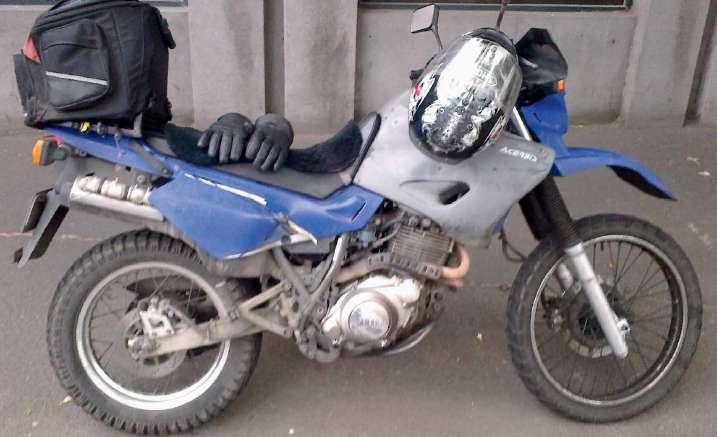

t he Biker t orque tea M ’s thoughts on t riu M ph s treet t riple rs

words: ross stanford

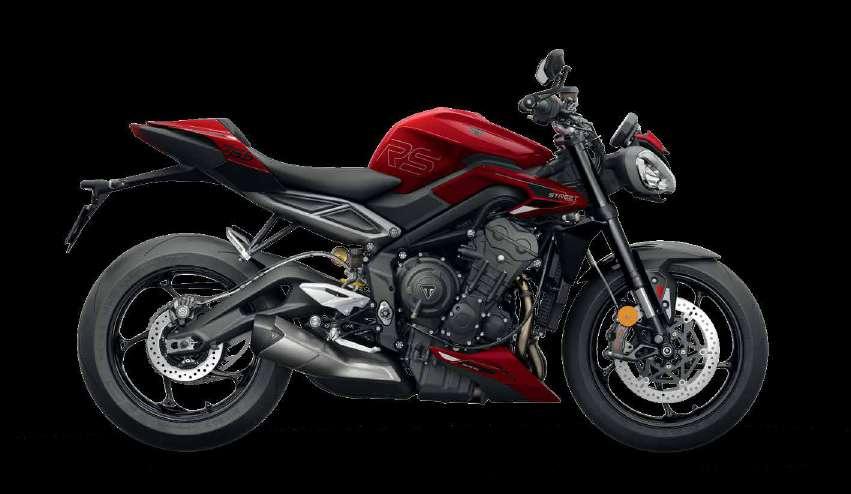



THE 2023 tRIuMPH StREEt triple RS, is a two-wheeled maestro that’s here to set the streets on fire with its untamed spirit and unapologetic attitude. It’s a thrilling bike to ride packed with power, agility, and a big dose of that unmistakable triumph triple charm.
In fact, it could be the best bike I’ve ridden this year. It’s a bike with pulsating power, a modern and you could say aggressive design, with enough attitude to make Beyonce break out in a cold sweat.
street triple rs speCifiCations
Triple-cylinder engines in general are the charismatic maverick of the motorcycle world, offering a unique blend of torque and power that sets them apart from other engine designs.
In the 2023 Triumph Street Triple RS we have one of the best, if not the best triple on the market.
It is a liquid cooled, 12 valve, double overhead cam, inline 3-cylinder engine that puts out 128 brake horse power @ 12000 rpm with peak torque of a very respectable 80nm at 9500 rpm.
It has a wet multi plate slipper clutch and a 6-speed gearbox with Triumph’s wonderful up and down quick shifter.
The triple engine sounds fabulous through the funky looking stainless steel 3 into 1 header system and out through the low single sided stainless steel silencer.
There are 41mm Showa big piston forks, that are fully adjustable for compression and rebound damping, as well as preload and they have 115mm of travel.
On the rear there is an Öhlins
STX40 piggyback reservoir mono shock, adjustable for compression and rebound damping, as well as preload adjustment and 131mm of travel.
The wheels are 17”, five spoke cast alloys with a 120/70 on the front and a 180/55 on the rear.
It has a 5” full colour TFT with 5 riding modes, being Rain, Road, Sport, Track and Rider. Tegan mostly left it in Road mode, but I was flicking through and put it in sport and pretty much left it there for most of the riding I did with it. I did find a noticeable difference in the rider modes, but Sport was the most engaging and practical for me.
Other electronics include full LED
Above: Tegan found the Street Triple RS an excellent commuter.
Below: Good in the city but better in the twisties.


lighting, optimised cornering ABS, switchable optimised cornering traction control and front wheel lift control, which is probably a good thing, because that front wheel feels like it wants to get in the air quicker than a beach tent in a cyclone.
The Triumph Street Triple RS has a 15 litre fuel tank, weighs 188 kgs wet, has a wheelbase of 1399mm and a relatively tall seat height of 836mm, however with the tapered seat we could both easily flat foot it.
Ross: I must admit this is a bike that I did have some concerns about based on my experience with the Triumph Speed Triple RS. That is a very good bike, but I found it to be very snatchy and quite hard to ride in traffic. But with no more than 30 seconds on the Street Triple RS I realised that those concerns were completely unfounded. The 2023 Street Triple RS is very easy to ride in traffic and is an absolute scream when you get a chance to open it up a little. The power delivery from the engine is a thing of beauty, offering a broad spread of torque throughout the rev range, providing effortless acceleration, exhilarating overtakes and above all a level of smoothness that I was not expecting.
tegan: The first thing I noticed when I jumped on was how incredibly light it was. The compact size and lighter weight enhance the bike’s agility, making it a nimble and responsive

Above left: The Brembo Stylema’s provide incredible stopping power.
Above right: Those are some funky headers Below: TFT was good but a little tricky to read. Bottom left: The tapered seat is comfortable. Bottom right: The switch gear all works as it should, cruise control is excellent.
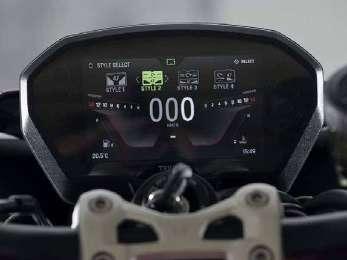

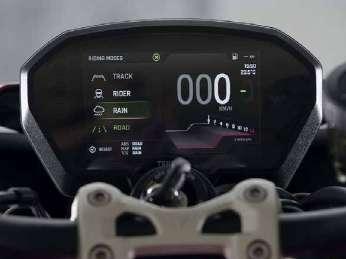

companion on both twisty roads and when commuting in Sydney’s congested city traffic.
Ross: The next thing for me is the brakes, they are excellent as you’d expect from premium units like the Brembo Stylema’s. They were progressive and pulled the bike up quickly without being harsh. With the amazing engine and acceleration that this bike has it’s great to see they have matched it with premium brakes.
tegan: It’s got great suspension and excellent handling; it really made me feel like a better rider than I probably am.
Ross: You are not alone there, the handling is wonderful, I definitely felt like a more accomplished rider on it than I am and that is down to the wonderful electronics.
It has one of the best quick shifters I’ve ever used. The gearbox and quick shifter are smooth both up and down and it’s a fun bike to just bang through the gears when you take off from a set of lights.
The TFT is typical Triumph and quite good overall with one exception. I found some of the text quite difficult to read because it was so small. I did flick though the menu to find a design that worked for me, so overall, another thumbs up for the TFT. Design wise it just works with the looks of the rest of the bike, which brings us to the twin headlights, I like them, and they are not usually the sort of thing I’d go for, but for me they work on this bike.

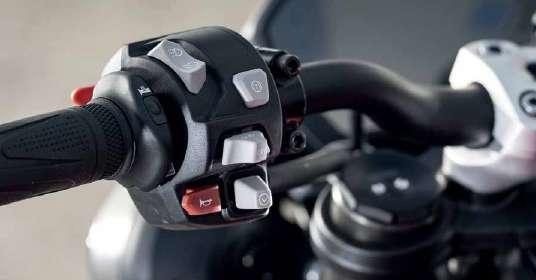

tegan: So, the overall design for me is OK but I don’t love it. As for the headlight, well, I’m not a fan. I don’t like the way the headlight is separated from the rest of the bike; it has a bit of a bug eye look that I don’t really like. Ross: Other than that, it is surprisingly comfortable, you have good leverage from those wide handlebars, it sounds great and goes like a bat out of hell. In a world where exhilaration is the ultimate currency, the 2023 Triumph Street Triple RS emerges as a very worthy champion of modern motorcycling.
Ross: Looks are subjective I know and even though I can appreciate that this bike is well designed, visually I have to say that it doesn’t quite do it for me. It just looks a bit too modern and aggressive, although looks can be deceiving because this isn’t necessarily and aggressive bike to ride.
I’m being really picky here, but the
side stand felt a bit flimsy, although it worked fine. But my main gripe with the bike is that some of the text on the TFT a bit small to read in certain modes, mostly the clock as I mentioned.
tegan: If I am being really picky, I probably wouldn’t use all of the rider modes. It’s fine to have them but I’d probably only use Rain and Road and maybe occasionally Sport so maybe the R model would be a better option for me, although the colours on the RS and Moto2 versions are much more interesting that the options for the standard R model.
tEGAN: My first few days with it were commuting where it was amazing. It has great control with those wide bars and the clutch was really light, so it was a very easy bike to commute on. But on the weekend, I did head off for a ride through the Royal Nation Park with my friend Andy on his Ducati 959. We hadn’t ridden together for a little
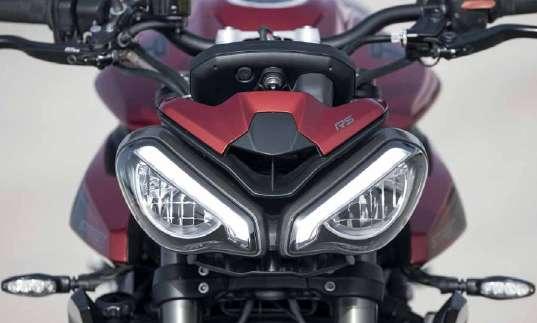
while and Andy did comment on how comfortable and confident I looked on the Street Triple RS, particularly on some of the tighter bends in the park. It felt great riding down there and I really couldn’t wait to get back on it after a quick stop for brunch. On the way back it felt like the bike was responding to my every command with unparalleled finesse, so not sure if it was that my riding skills have improved or that the bike makes you a better rider.
Ross: And for me it was mostly a few commutes, a blast through the Royal National Park and a bit of a night ride around Sydney. I can’t see why anyone would want more than this bike has to offer, and for me it is a better bike than the Speed Triple in every way. It’s great in traffic, heaps of fun in the twisties and I reckon if you had a chance to do a track day on it you’d be grinning from ear to ear. It has a blend of cutting-edge technology, jaw-dropping performance, and a design that, even though not my cup
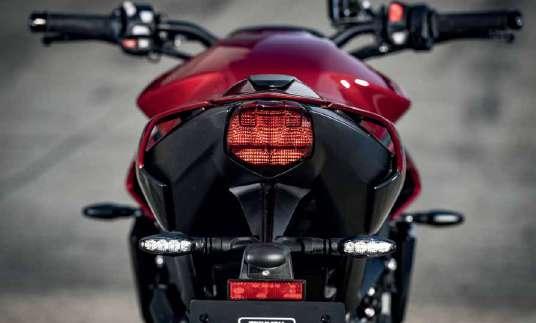
Bottom far left: The headlights are very Street Triple and have always been divisive. Bottom left: The stylish rear end. Right: The triple engine has enough power to make Thor jealous.
of tea, turns heads at every corner. I think I can safely say that the 2023 Street Triple RS has rewritten the rules of the game. In a world where conformity is the norm, the 2023 Triumph Street Triple RS refuses to blend in. It’s a rebel with a cause, a machine that dares to challenge conventions and redefine what it means to ride.
As much as I am not a massive fan of the looks of this bike, I could easily get over that and probably get used to it. With the way the power is generated, the superb handling and the wonderful sound from that triple, for me it’s another great bike from Triumph. I am yet to ride a better bike this year and I would love one in the garage but I’d also love to see Triumph make a retro triple with that engine and electronics, they couldn’t call it a Trident because that name is already taken with their 660cc triple so I guess it has to be a relaunch of the Hurricane name. Who’s with
me, would you like to see a new Triumph Hurricane with the engine from the Street Triple? And if we do see a new Hurricane, remember you heard it here first.
With a modern aggressive design and power delivery that would make Thor jealous, the Triumph Street Triple RS is a bike that is here to shake up the tarmac and ignite your inner hooligan.
The price of the Street Triple RS is $20590 for Silver Ice, which in our opinion looks a bit bland. Carnival Red and Cosmic Yellow look much more interesting and come in at $20890. Service intervals are every 10,000kms or 12 months so pretty standard.
Ross be regularly spotted out for a ride on one of his bikes in search of a pie shop. Tegan on the other hand is a fan of D&D, roller blading and her awesome Yamaha MT07. Together they are the producers of Biker Torque on YouTube.
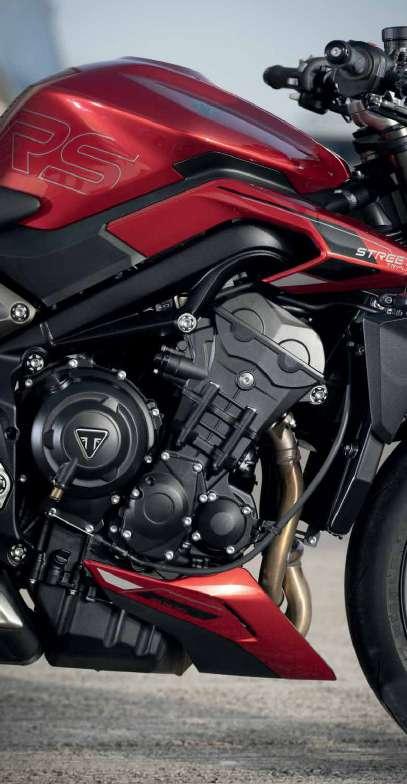

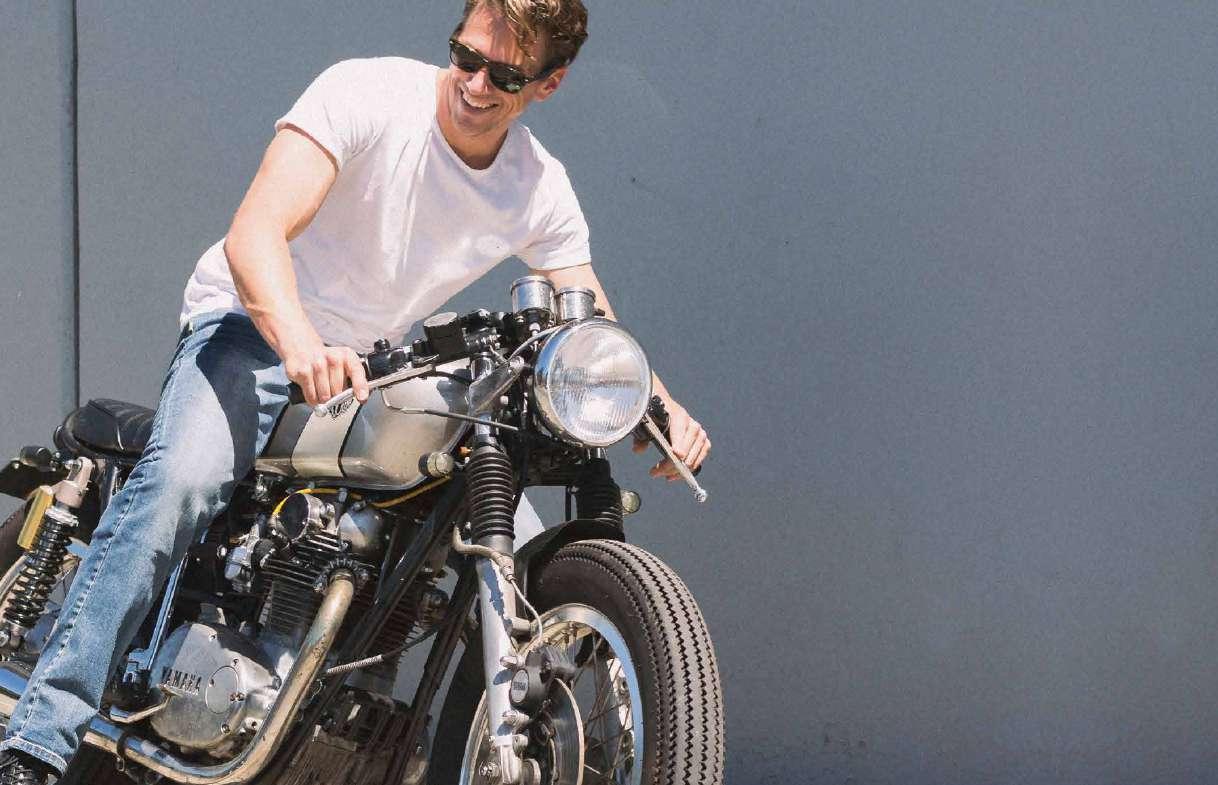


y ou’ V e seen the logo, B ut there’s a re M arka B le M an B ehind that Japanese writing …
ON 7 OCtOBER, 1922, Fukuoka City, Japan, could boast another addition to its growing population. that person was Hideo Yoshimura, and his name would ultimately become synonymous with superlative motorcycle performance.
artiCle: Boris MihailoViC
But it would be another 32 years before that name was painted on billboard and hung above a small workshop in the backstreets of Tokyo.
As Japan began to militarise itself in the years leading up to WWII, Hideo was called into service and began his training as a navy pilot. But the
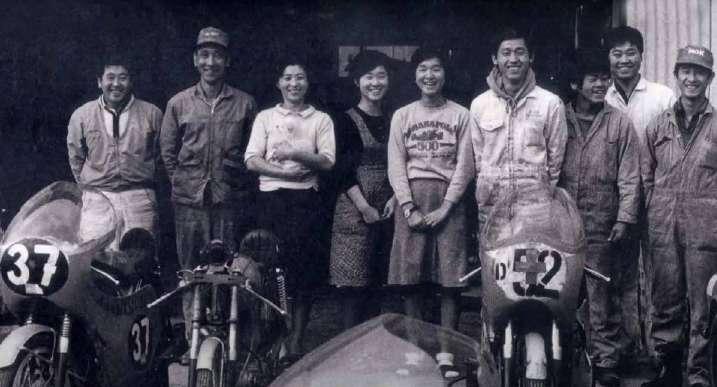
training was cut short when Hideo and his parachute had a disagreement –which may have saved his life in the long run. So instead of flying planes during the war, Hideo was tasked with repairing them – a task he became very good at.
When the war ended and the atomic dust clouds settled, Japan was a country under occupation. The enterprising Hideo turned his prodigious mechanical talents to hotting up the plethora of Pommy bikes the US soldiers had acquired, and it wasn’t long before he was known as “God Hand” for his uncanny ability to manually make just about any engine part – from cams to carby jets – better. His personal enjoyment in hand-filing, grinding and improvising with crappy old tools was palpable and obvious to anyone who watched him at work.
In 1954, Hideo’s success at
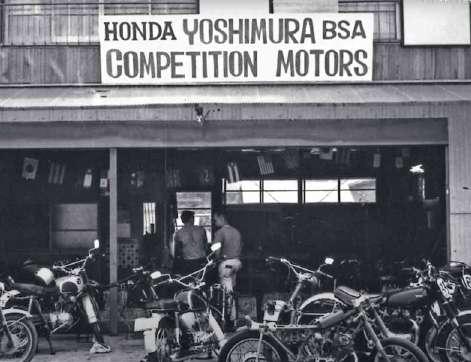
tweaking soldiers’ bikes enabled him to open Yoshimura Racing – a true and literal mum and dad concern. His wife Naoe, made exhaust moulds and the finest lunchtime dumplings in Tokyo, and also became a master in hand-lapping valves.
His daughter Namiko did the accounts and his son Fujio was his father’s shadow, learning at his feet and ultimately becoming a superb tuner and craftsman in his own right. Hideo was known as “Pops” around the shop – a nickname that was soon to resound around the racing world.
Pops was right at the forefront of the Japanese motorcycle boom that hit the USA in the early 70s. In 1971, he packed up and moved his family and his business to Los Angeles and was perfectly poised to surf the giant wave of Japanese superbikes like the Honda CB750 and Kawasaki Z1 that started to form. And in short order, Pops once again developed a reputation for making bikes go faster – though this time, he was working on bikes that were already fast to begin with.
As production road-racing began to blossom, Pops got his first taste of serious fame when Yvon Duhamel won an AMA production superbike race at Lagina Seca astride a Yoshimura-prepped Z1.
The rest, as they say, was history. Pops’ hideously quick and profoundly reliable Kawasakis dominated the
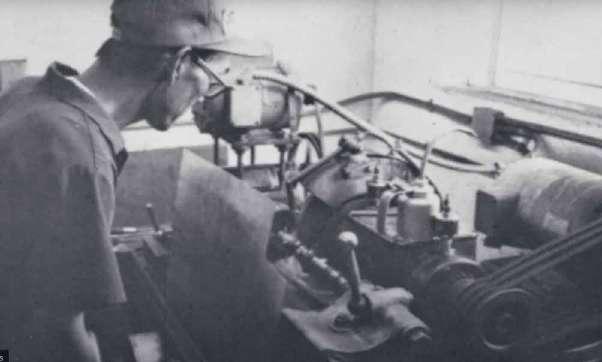
AMA Superbike class, and in 1978, he got his hands on the first Suzuki GS750S. The Suzuki’s vastly improved chassis (over its competition), combined with Pops’ tuning sorcery soon saw a young and talented Wes Cooley winning championships in 1979 and 1980.
Suzukis began to sell themselves as a result of this racing glory and the factory acknowledged that Pops was an integral part of this sales success. And in very short order Yoshimura became the US racing arm of the Suzuki factory.
I started riding bikes around this time and my mates and I would literally salivate at the extremely rare Yoshimura parts we would bump into from time to time. None of us could afford to buy the bits, but that didn’t stop us from stealing stickers, sticking them on our bikes and lying to vaguely interested parties how we each had a “Stage 3 Yoshi kit” on board. And while this statement may have worked in the case of us Suzuki riders, making those claims for Yamahas and Hondas did stretch the
boundaries of credibility a touch.
Back in the States, Pops went from strength to strength on the racing scene and in 1979, Wes Cooley, Ron Pierce and Dave Emde made a clean sweep of the AMA Superbike podium. Yoshimura-prepped Suzukis won four AMA Superbike titles in a row from 1978 to 1981 – while Wes Cooley, Mike Baldwin and Pops somehow found time to also win the inaugural Suzuka Eight Hour endurance race.
Pops moved back to Japan in 1981.
He had carved the Yoshimura name into the stone of motorcycle consciousness, and wanted to oversee its Japanese operations in his twilight years.
He died of cancer on 29 March, 1995 – but his motorcycles continued to sweep all before them in the AMA, this time piloted by Australia’s Mat Mladin, with six championships in seven years, and his teammate, Ben Spies, who took the AMA Superbike title in 2006 and 2007.
His legacy lives on in his son, Fujio, and I still have that Yoshimura sticker on that helmet.

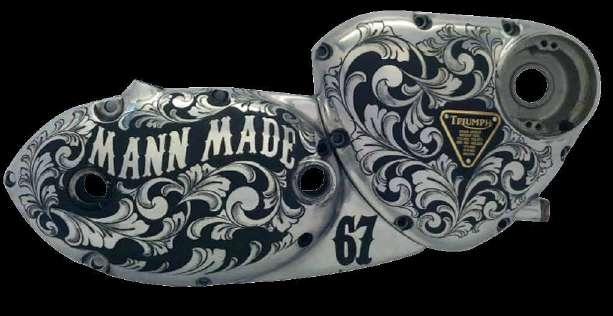
words and iMages: JereMy potts

Jeremy potts
Born 21st september 1950 durango, Colorado
ACCORDING tO MY MOtHER, I started drawing at the age 4. When I was around 14 years old, I was influenced by Ed Roth and his hot rod art, so I started drawing hot rods.
My father was a gun engraver by hobby, and I got interested in metal engraving at the age of 16. I learned engraving by watching him work.
When I got out of the navy in 1973, I started engraving guns and knives as a hobby while I worked as a truck driver. I have never taken any art classes or engraving classes. I am completely self-taught. I did go to gunsmith school in the mid 70’s so I could become more educated on the guns I was working on.
In 1979 I decided to make my hobby a fulltime profession - engraving both
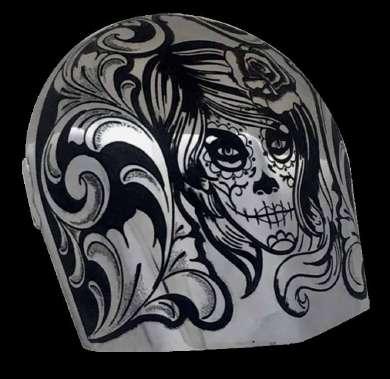
guns and knives. At the same time, I got involved with some chopper builders, primarily Ron Lowe of Saks 5th and he introduced me to a number of big-time bike builders. I am one of the very first engravers to engrave on motorcycles - this was back in 1979. In 1982, Easyrider magazine did an article on me and titled it Steel Tattoos and it stuck, and that’s where my business name came from.
My work is all original designs by hand, I draw the design on the part to be engraved whether gun, knife or automotive parts (bikes and Hot rods). I then engrave that design using equipment from GRS called a GraverMeister. I have been using this brand since 1975.
When I first started engraving, I did it all by hand, pushing the chisel and then stepping up to chasing which is done with a hand-held hammer and chisel, and then to power equipment (GraverMeister)
I have developed a number of
engraving techniques over the years, the most interesting one is my ability to engrave through chrome without it peeling or chipping. I’ve been doing that process for over 20 years. Take note it does have to be quality chrome to do this, or there will be trouble with the part. To my knowledge I am the only engraver in the world engraving through chrome. This process saves my customers hundreds of dollars by eliminating the stripping, polishing and re-chroming of their parts, not to mention the cost of shipping associated with these processes. The process of engraving through chrome requires me to fill it with paint to seal it. I prefer semi-gloss black as a filler paint as it has the best contact value and really makes the engraving jump out. Not all customers like that effect so in these cases we can do the traditional way, which is strip, polish, engrave and re plate the part. However, the problem is that good chrome shops are getting very hard to find.
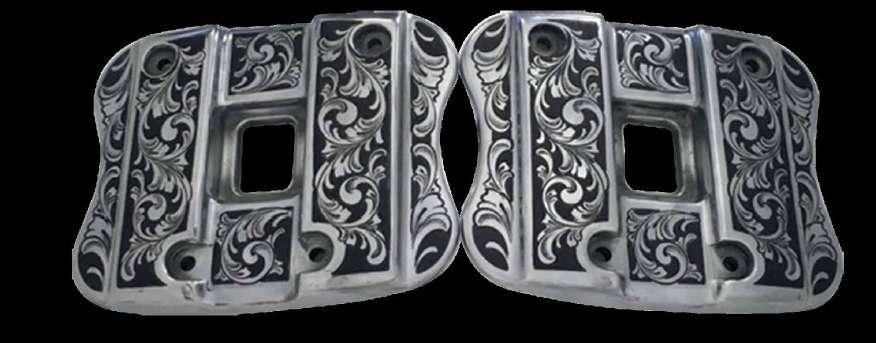

I can pretty much take care of any effect and design my customer’s desire. I prefer to use my own scrollwork designs. I don’t like using other artist scrollwork. I can duplicate logos and other designs that my customer wants. I do a lot of military logos and badges, mostly on derby covers. I engrave on all brands of bikes not just Harleys. I have customers from all over the world such as England, Canada, Ireland, China, France, Hawaii, Norway, Holland, Japan, and Australia.
Because of all these customers. I have been able to live my dream as a master metal engraver and graphic artist and to make their dreams come true.
It’s been a very exciting and satisfying career. To say the least it’s been an incredible ride. aMM
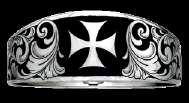
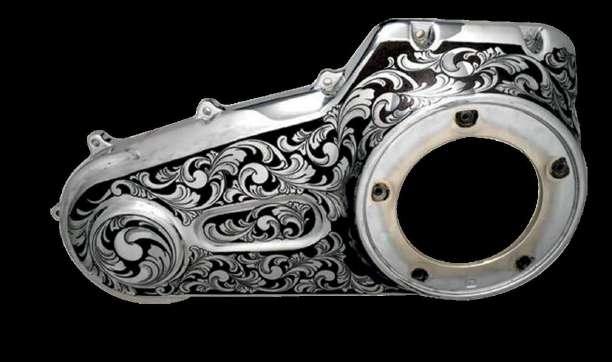
editorial note:
It seems to be a slightly fading art, but I’ve always appreciated excellence in motorcycle engraving. I came across the work of Steel Tattoo (Jeremy Potts) who lives in America and completes projects internationally. In the piece above, Jeremy outlines his engraving journey. I appreciated his reference to Easyrider which was an early favourite of mine. I also appreciated seeing his work on models such as Hondas. Susan
The most universal and intuitive throttle lock ever made!

Made from hardened stainless steel that will last the life of your motorcycle
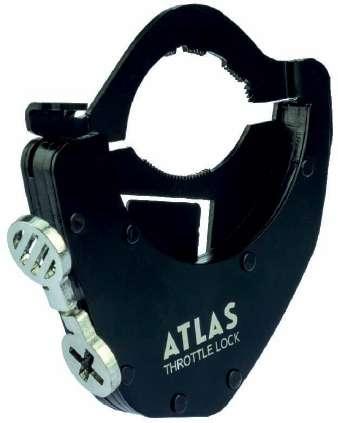
A “throttle Lock” can be a little misleading because this product doesn’t actually “lock” the throttle of your motorcycle. When it’s engaged it simply holds your throttle in any position you leave it in. When you want to adjust your speed, simply rotate the throttle like normal. It uses pressure and friction to prevent the throttle from rotating freely. The unit is clamped to the plastic throttle tube, between the rubber grip flange and the throttle housing. The Throttle Lock has two buttons, one to engage the unit the other to disengage the unit.
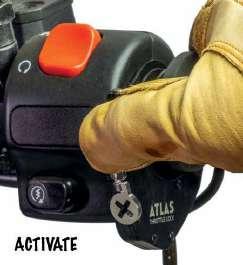
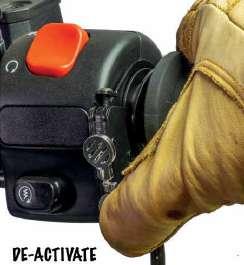
You can override the ATLAS at any time. When you have the ATLAS Throttle Lock engaged you can increase or decrease your speed by simply twisting the throttle as you ride.
The Throttle Lock comes in two configurations. A Top Kit and a Bottom Kit. Both units work exactly the same, the only difference is where it mounts on the throttle tube.

i t’s ti M e people stopped B eing thi C k a B out petrol. a fter all, the stuff is thi C k enough without us adding to the pro B le M .
words By aaron Clifton
FuEL. EvERYONE KNOWS ALL about it, don’t they? You need it and it costs too much.
But there’s a bit more to it.
As a motorcyclist, you normally pull up to the servo to look for the Premium pump to fuel up, because well, because “Premium”, right?
But is it really a “Premium” product you’re pouring into your tank? Regardless of what brand of petrol you prefer, do we actually know and understand what we are buying?
Motoring journals use phrases like: “Australia has some of the most consistent fuel in the world” to reassure us all of how great we all have it.
That statement is not actually untrue. I’ll agree our fuel is consistent. But this consistency lies in it being rather shit, particularly for performance engines like the ones you get in motorcycles. Consistent does not mean good.
So, what caused me to delve so deeply into this fuel thing?
It started with the two small motocross bikes my son races.
I’d stuck to the book with the maintenance, and even went overkill on some things, yet I still struggled to get the two-wheeled Communist shit to run properly, and as a mechanic, this is beyond frustrating.
Of course, everyone had an answer…
“It’ll be the piston.” Nope, done that.
“It’ll be the stator.” Nope, done that, too.
“It’ll be the reeds.” Nope, they’re new.
“Lean the oil mixture off.” Which was my personal favourite, but I could not even dignify that with an answer. Leaning off the oil mixture in 97 per cent of two-stroke issues is the most uninformed solution anyone could offer.
So why did these things keep fouling spark plugs on cold starts? Yet put a new plug in and it runs fine all day. Why?! Was it the orange-coloured Communism it was made from?
Interestingly, it wasn’t KTM’s fault at all. I found this out after purchasing a brand-new Yamaha to find it was doing
the same thing.
So, the issue was something external and not related to any motorcycle being a particular heap of shit. Or was it me? Was I somehow retarded?
After many discussions with peers and professionals with greater credentials than myself in the auto industry, we narrowed it down to a fuel issue.
But what fuel issue? And why was it happening?
It seems it started with me switching fuel brands. I used to only ever buy Premium 98-Octane Caltex or Ampol fuel.
Then one day, I decided to give BP Ultimate a go. After all, it was advertised and regarded as one of the best, right?
Here was the issue
Both Shell and BP Premium fuels are thicker, or more accurately, they are a more viscous fuel than any of the opposition petrols. This is done to improve fuel economy in cars – after all, you’re paying more for the juice, so you should get more out of it, right?
Then then there’s the fact that 91, 95 and 98 is all the same for one of these companies, and the way it “makes” say 91 into 98 Premium, is by adding additives. Just like Colonel Sanders at KFC. It’s all in the herbs and spices
This is what’s going on. A more viscous fuel is, or at least seems to be OK in larger-capacity fuel-injected engines that can atomise and draw the thicker fuel.
A smaller-capacity carburettor engine, by comparison, does not create a substantial enough air-draw or volume to effectively atomise a thick fuel without fouling the plugs before normal operating temperature is reached. This is called an “improper burn”.
Even in larger engines, an improper burn can have a long-term negative effect on oxygen sensors and catalytic converters.
I cannot be brand-specific here simply because I do not have results

from the chemists to back this up. But I do know less-reputable fuel brands will mix ethanol into their fuel to bring the octane up and create the ever-so holy “Premium” branding.
Here is where we motorcyclists find our Kryptonite. Ethanol is hygroscopic. That means it absorbs moisture. This is a big problem we are seeing right across the auto industry. Many customers have said to me: “Fuel these days doesn’t last”. This is true and the ethanol drawing in moisture is the reason why.
As an enthusiast, you sometimes ride your bike most weekends, while other times your bike can sit for a while. This is when ethanol does its thing and sucks the wet stuff harder than you remember your old girlfriend getting feral on pay night.
Suddenly, your bike runs like a munted triathlete with the contents of his bowels running down his calves and he nears the finish line. Yep, fuel these days doesn’t last.
The solution?
Take heed of Scott Morrison’s fine example. Avoid any and all heavier viscosity fuels in small capacity engines and ethanol fuels for all engines, just like he avoided any and all responsibility for his actions or lack thereof.
Seriously, do that.
I’m am not about to advertise here. Both my fridge and pantry will remain empty after I say it, but my solution has been to buy 95-Octane fuel. I personally like Ampol or Caltex, and add some octane booster. I like Wynns Octane Booster. I trust it and after talking with a guru from Wynns, roughly 80ml per 10-litres of fuel, and maybe 200ml per 20-litres.
That’s it.
I know of motorcycle dyno tuners out there who are tuning bikes to run on 95. They have their reasons, and they are similar to my own.
I’m sure you have opinions on this. Opine vs opinion away. I just know this works.
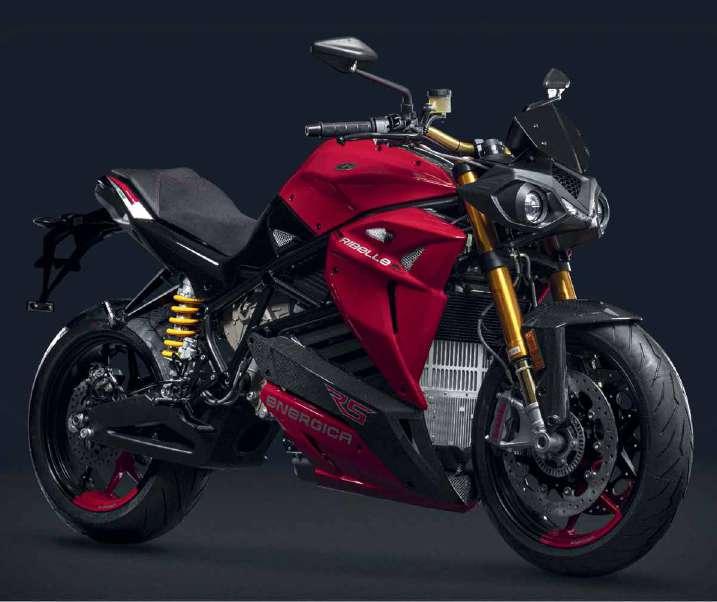
EleCTRIC veHICleS (evS) ARE an organically growing market in Australia, somewhat hampered by the government’s lack of incentives, but an unstoppable wave that will eventually become the mainstream of motoring.
While hybrids and electric cars are quite common in the car world, the adoption of the electric motor in the motorcycle world has been slower in gaining traction, not just in Australia, but all over the world.
Of course, the problem with putting an electric motor in a motorbike is weight, more the weight of the batteries than the motor. Cars can absorb that greater weight, but bikes are much more susceptible to extra kilos, and losing the power to weight ratio that gives them their speed advantage is a heavy price to pay for electrification.
Less weight means less batteries which equates to reduced range. Range figures vary widely in the EV world because, like the two-stroke, the faster you go the more juice you use. Driving around town also provides
some recycled energy by way of regenerative braking, whereby the EV can produce electricity during normal stop-start use, but the sustained high-speed riding on highways eats electricity fast.
In fact, even a headwind can reduce your range significantly, making a carefree ride on an electric bike better left to the confines of the city, where speeds are reduced and charging opportunities abound.
This makes the Hybrid Electric Vehicle of more interest to motorcycles. The hybrids no longer raise any great excitement in the car world, but for someone looking to be greener in the biking world, then the hybrid will alleviate range anxiety and charging issues and still provide a good part of the spirited performance that EVs are noted for.
Many still doubt that EVs will ever overtake the combustion engine, but just look at any inner-city pavement littered with electric pushbikes and scooters, and you realise that it’s only a matter of time before the cost, convenience and environmental
Energica have been making electric motorcycles for over 10 years, and have developed what is widely regarded the best electric tourer on the market. Energica is a luxury brand sporting luxury pricing and with a solid history of manufacture and sales behind them, this Italian marque stands above the rest in the motorcycling EV world.
The Energica range prices: Ego $51,655.00; EE9 $45,167.00; Eva Ribelle $48,875.00; Experia $47,408.
advantages of EVs will see them become our staple form of transport.
The future of EVs is now even more assured now that many western countries have declared that they will no longer sell internal combustion engines after 2035, some EU cities will soon not allow bikes more than 10 years old into city centres, so the major manufacturers have no option but to seek the best solution to maintaining growth and sales.
There are still plenty of unknowns in the EV world, with the often touted but never materialising ‘major breakthrough in battery technology’ being the biggest game changer waiting in the wings.
New technologies could involve lighter or quicker charging batteries, greater storage capacity or less use of rare earth minerals, and so reducing cost. Ideally the next generation of batteries might combine all of those advantages, but that is a long way off.
For the moment, the Japanese manufacturers have been working together in an attempt to standardise the technical specifications and dimensions for batteries, so there might be some industry standards emerge, but there is a long way to go in the EV world, and I dare say no-one will really be able to predict the final products that will become our staple rides in years to come.
To give you some idea of the range of solutions various manufacturers are toying with, we have included a list of electric motorcycles currently available in Australia.
This Australian manufactured EV has evolved over a few prototypes, and what started as an ugly duckling has gradually morphed into a serious looking contender among EV offerings.
Slated to begin production in the next few months, The Savic offers two C models, with the ‘C’ standing for cafe, and the cafe racer styling owner Dennis Savic was aiming for.
The up-specked Alpha retails for $26,990, pumps out 60kW with a range of 200 km.
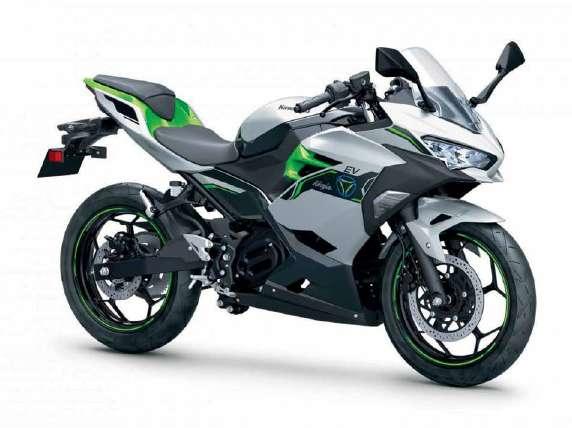
Kawasaki has entered the EV field with all guns blazing, though they refer to their latest offering – due for release in 2023 as a BEV (Battery Electric Vehicle). First previewed at Suzuka 2022, then at INTERMOT (International Motorcycle, Scooter and E-Bike Fair), Kawasaki announced that this electric bike would be learner compliant, and pundits have pointed out that its power and range indicate that it is will have similar power to a scooter, and feature a removable battery pack.

While this is a modest entry into EV, Kawasaki also have a HEV (Hybrid Electric Vehicle) destined for release in 2023, and a prototype hydrogen powered motorcycle waiting in the wings. No pricing details were available at time of publication.
Another Australian company that’s been around for 10 years is Fonz. They design and build EVs in Australia and currently have a range of three models. Of most interest is the Fonzarelli X1, with a max speed of 90 kmh, a range of 80 km and 11 kW of power on tap.
Fonz has gone to some lengths to alleviate the angst in going EV by offering agreed resale value, regular servicing costing around $150 per year, and riding costs average $1 per week in electricity.
Fonz features a portable power pack that you can charge inside, rather than running extension cords out of the back door and over the nature strip.
Base price: $9,890
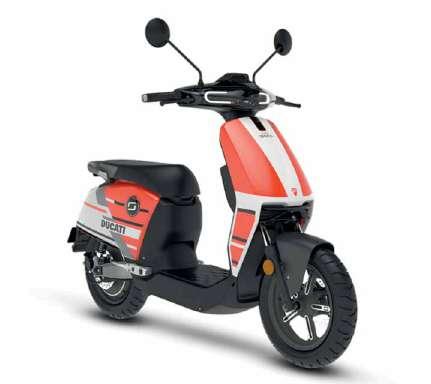
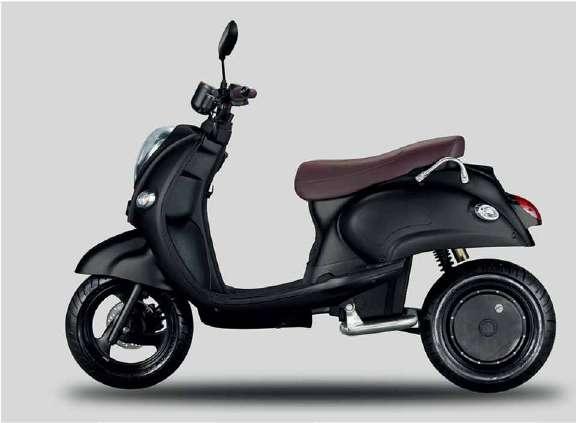
Vmoto Limited is a Chinese EV manufacturer that relies heavily on European design and is known as Super Soco in Australia. Super Soco teamed up with Ducati to come up with the Super Soco CUx Special Edition Ducati, and this premium edition of the Cux range is only $4990. Offering a recharge time of just 3.5 hours with a removable battery pack, and a range of 75 km this is a nice little city runaround, costing just 45 cents per charge.
Price around $5022.95
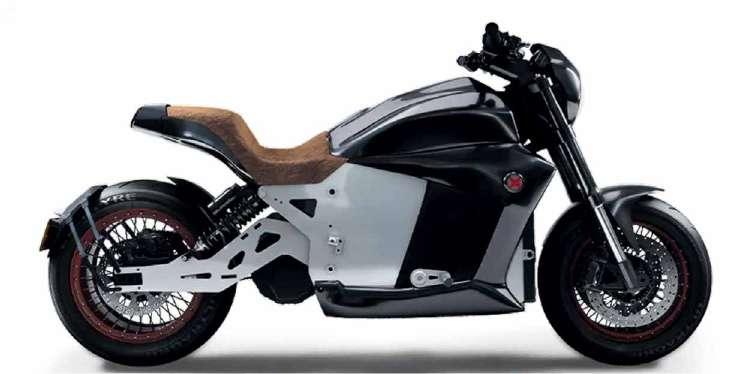
Hong Kong based EV manufacturer Evoke has grand plans to hit the premium touring market and are taking pre-orders for their Evoke 6061-GT. Promising a top speed of 230 km/h, 90 kW of power and a highway range of 331 km, though specified at 90 wh.
The GT is middle of the 6061 range with XR and CT models available as well, and the GT retailing for $34,500, it will be interesting to see if they deliver
the range tourers need.
The Evoke also claims that its 336.0V DC battery pack can be charged to 80% capacity within 30 minutes, further allaying the concerns of touring riders.
Evoke additionally offers a more modest range of Urban motorcycles which have been available in Australia for a while.
Starting prices for the range: 6061-CT $29,500; 6061-GT $34,500; 6061-XR $39,500.
Scooters are the obvious starting point for EVs, as they are usually used for short range city riding, need lower top speeds and already feature clutch-less operation. In fact, most EV sales are sold into the scooter segment, though the uptake is greater overseas that in Australia.
BMW have placed a bet in this field with their BMW CE 04, an upmarket scooter, featuring a class leading 31 kW, range of 130 km and just 65 minutes to 80% charged.
The TFT can be linked to your phone for navigation, music or calls and there are a number of luggage options as well for this premium scooter which also has a five-year warranty.
Price: $23,560.00
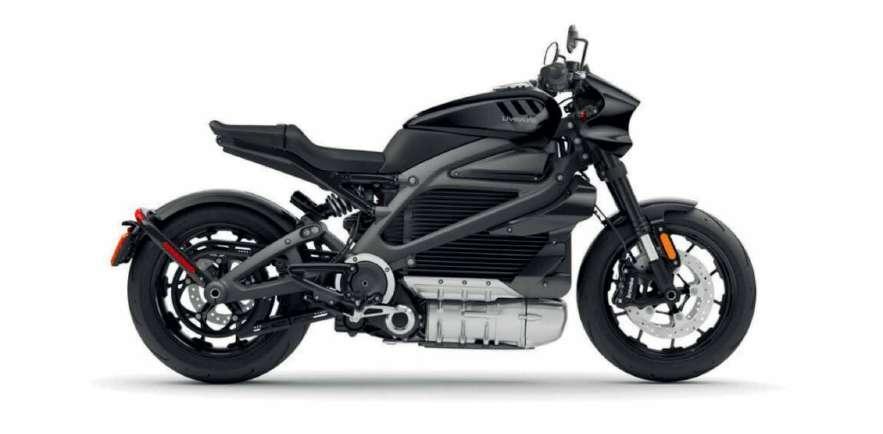
Seems odd that Harley would be a front-runner in EVs offering the Livewire – they have been producing them since 2019 – and being electric seems the opposite to all things Harley; loud, rough and righteous. It still has the oversize look of a Harley and offers all the excitement of a large EV with 0-100

achieved in about three seconds flat, but range keeps this bad boy off the long open roads. Seems Harley has seen the future as electric, but have moved their EV bikes into a separate division of Harley appropriately called Livewire.
Starting price around $50,000.
Zero motorcycles is an American EV motorcycle manufacturer which has been around for over a decade. Founded by a former NASA engineer, Zero specialises in EV tech, and they have a comprehensive range of bikes offering a bike for every purpose. The Zero FX is included here because it is one of the few dual purpose EV bikes on sale in Australia and gives the dirt lovers a taste of the torque that their road riding EV cousins always boast about.
A well sorted motorcycle with 34 kW of power, a top speed of 137 km/h, and at just 112 kg this bike is a lot of fun to throw around the bush and city streets alike.
Shop around as one Australian outlet is selling this model for $20,000.
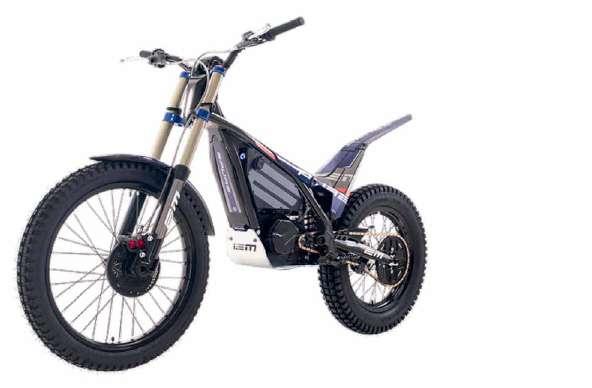
Our Adventure riding guided tours are all about experiencing Tasmania and combining it with the simple joy of motorcycling. We will have you winding through endless corners, up and over hills and mountains in the morning and then cruising wide-open sweepers beside the ocean in the afternoon. But simply having great motorcycling roads doesn’t make a memorable tour. We combine riding with the fantastic local foods and premium accommodation Tasmania is so famous for.

Electric Motion is a French company selling their wares in Australia and specialising in off-road and trials EVs intended for competition.
The Electric Motion Epure Race offers particular ride enhancements like ‘Anti-Reverse’ and TKO, or Tick Over, and even has a flywheel and clutch for better control and response in competition. Weighing in at a miserly 75 kg and 600 NM of torque, the Electric Motion Epure Race can really hold its own in trials competition. And in competition, another big advantage is cost, not only running costs, but also engine rebuild and tuning costs, which on a high performance two stroke can quickly add up to thousands of dollars.
The 2024 Epure COMP LE is now available in Australia.
Price of the Epure Race: $17,300.
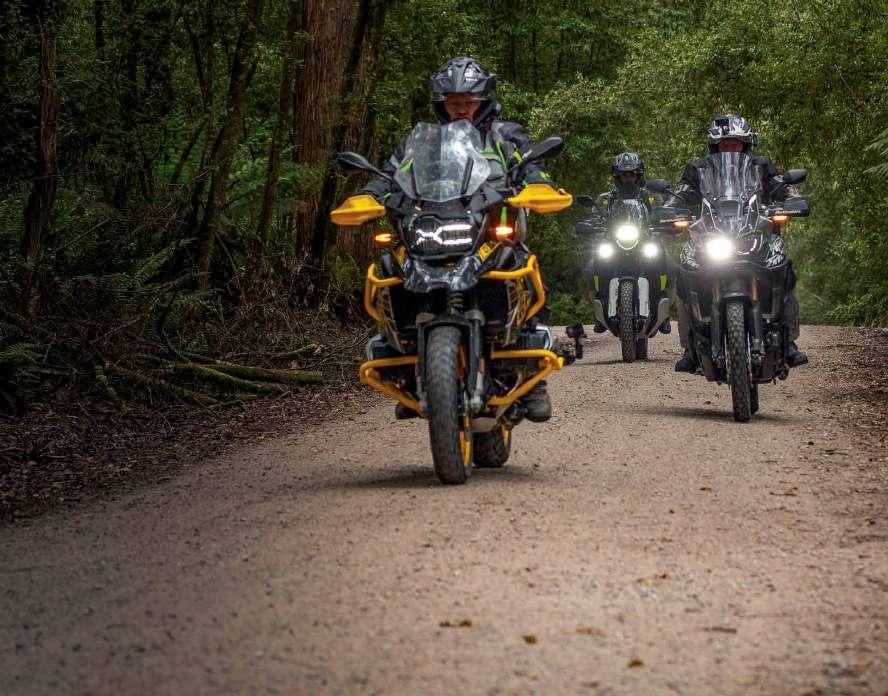
Unguided Motorbike hire available for those who would prefer to find their own way in this motorcycling paradise.
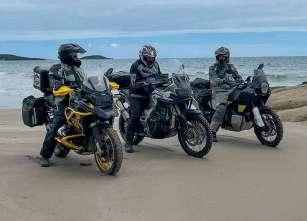

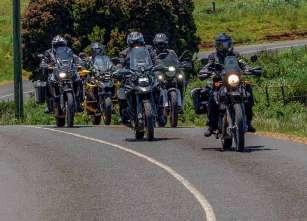
o ur i ntrepid f ren C h t raV eller
By tug MCClutChin
iMages By
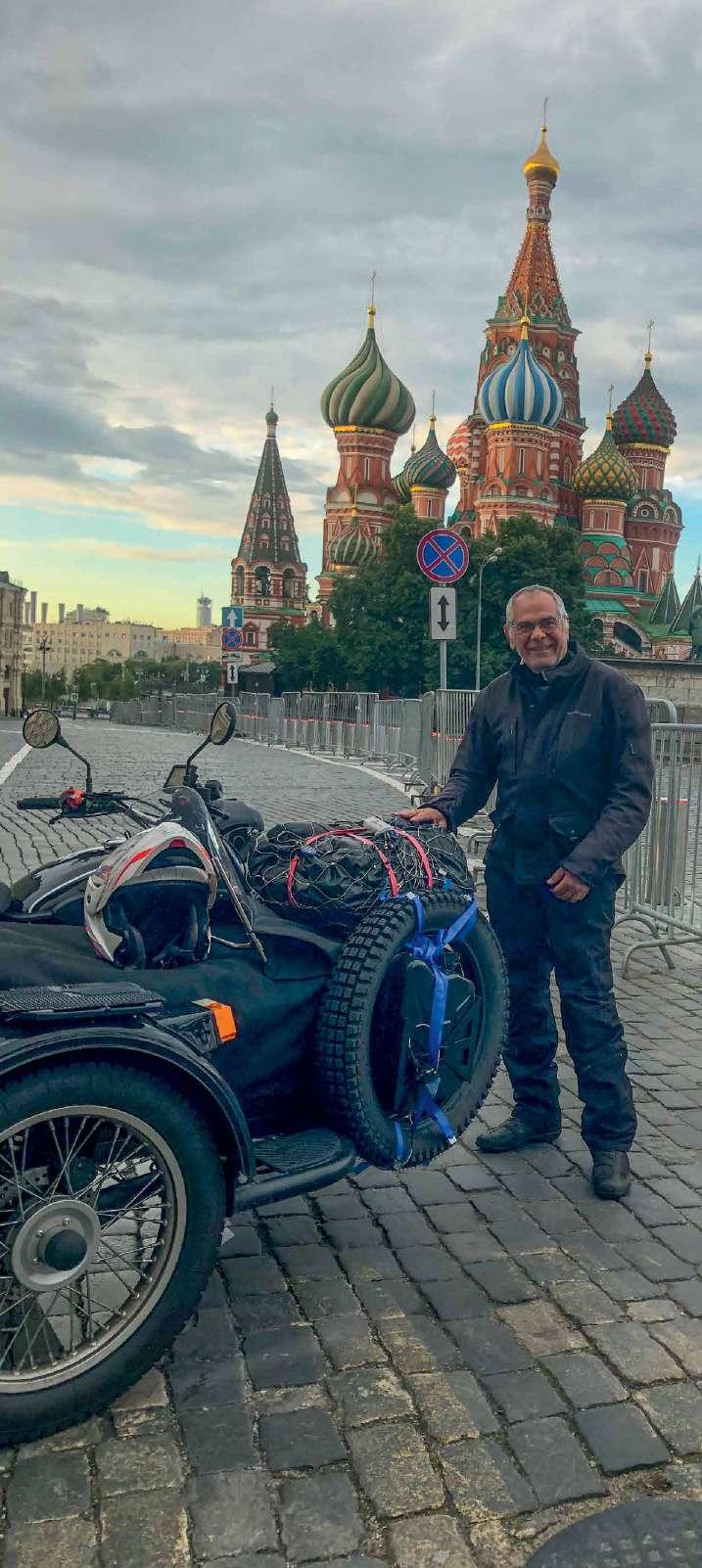
Editorial Note: Frenchman JeanLouis Souchiere imported his Ural into Australia for the adventure trip of a lifetime. Tug McClutchin caught up with Jean-Louis to find out the background to the trip, the difficulties that Jean-Louis addressed, how he liked Australia – and the love of a good, selfaware woman.
Susan
YOu CAN ALWAYS SPOt a traveller. there is a kind of lightness in their eyes, often accompanied by a sweetness and gentility possessed only by someone with few cares to trouble their soul.
I was waiting for Jean-Louis Souchiere outside his hotel and wondered if he would be instantly recognisable when he emerged from the lobby amongst the crowd. Frenchmen generally don’t look any different to the other people in Sydney, and I doubted he’d have a


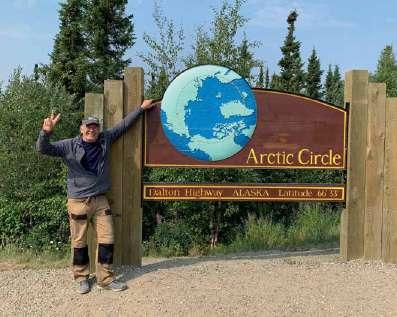

waxed moustache and beret. After all, I’ve spent plenty of time in France and have not seen too many waxed moustaches and berets there either.
I needn’t have worried. He was given away by his relaxed demeanour, huge smile, warm deliberate handshake, and a shirt that said he had no shits to give about what anybody thought of his fashion sense, which is often the way when you pack lightly and for expediency rather than recognition.
And he has traveller’s eyes.
He is instantly likeable and comprehensively interesting. We went and found a cafe to have a chat so I could find out about his two-year around-the-world odyssey on a Ural Sidecar. Yes, you read that correctly. An outfit. Made in Russia. Built to a design based on bikes from a thousand years ago. But more about the bike later.
Right now I was keen to find out the genesis of this journey, and how he managed to pull it off. I’m one of those people who likes to have the odd giggle at all the retirees who buy a BMW GS Adventure with plans to ride around Australia, and the furthest they get is a cafe on the weekend, with empty panniers fitted. You know the ones.
We all have dreams, and after Ewan and Charlie turned adventure riding into everyone’s chart-topper on their Bucket List hit parade, plenty have headed down the path of buying all the gear for that big trip. But most never get around to it. I get it though. It’s not as simple as it seems, and putting everything else in your life on hold for

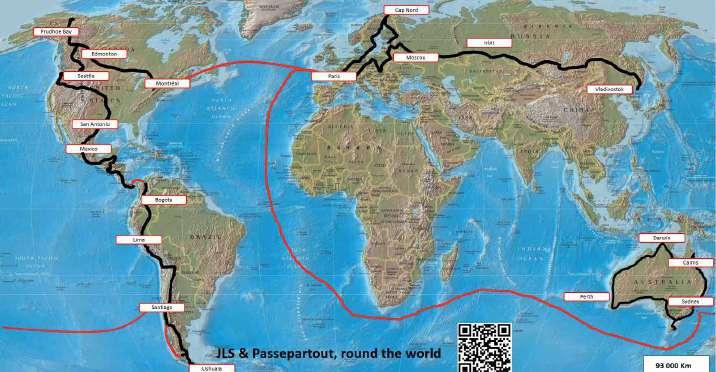
a time while you live out your fantasy can be impossible to accomplish, especially if you have a family and responsibilities.
So, the obvious question. How the hell did he get his wife to sign off on him taking off for two years to ride around the world?
“Negotiation,” he said with a smile. Jean-Louis needed a project to fight off the impending gloom of retirement, and he decided an around-the-world trip in a sidecar would probably suffice.
Originally the plan was that he and his wife Francine would do the trip together. That was one of the reasons for choosing the outfit instead of a regular bike, as it would solve some luggage issues and give her a choice
Above: Jean-Louis’ online travel map on polarsteps.com.
Below left: Arches Park Utah, USA.
Below: Equador.
Below right: North Cape Norway.

of two places to sit, in the sidecar or on the pillion seat as her whims and butt pain may dictate.
Jean-Louis had done some big tours before, including one through a large chunk of Asia from Bangkok to Paris in 2016 on an Africa Twin as part of a guided tour group, and his wife has accompanied him on shorter holidays on a bike. But this would be very different.
As part of his preparation for the trip, they did a 5,000km tour in France to get used to the bike and allow JeanLouis to get his mind around the best way to live with it effectively on the road. At the end of that trip, Francine decided that the dream of travelling around the world was Jean-Louis’s dream, and not so much hers. So, she decided to stay at home.
And that’s where the negotiation began.
It was decided that Jean-Louis would set off on his around-the-world escapade, and they would sell their Paris home and Francine would

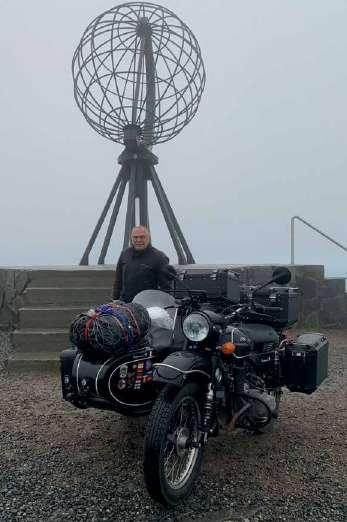
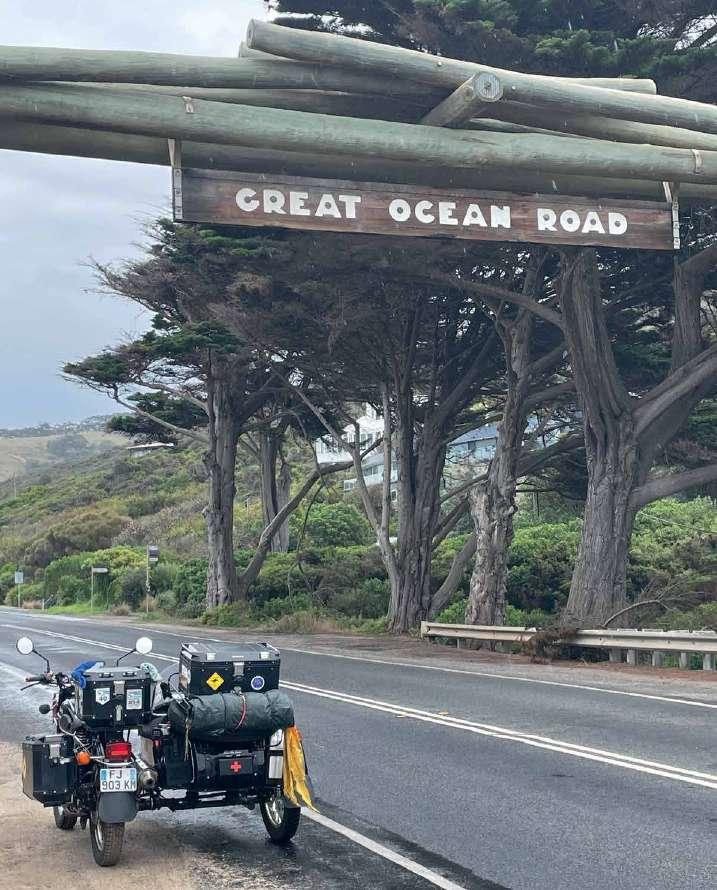
move to the Alsace region of France, in the east near the German border. Alsace is the home of stunning countryside, the best Rieslings on the planet, and Francine’s family. If he was going to leave for an extended period, then she wanted to be near to those close to her.
Another part of the agreement was
that at certain times when Jean-Louis was at an interesting place that she wanted to visit, he would park the bike up and she would fly and join him for a holiday. Sometimes their two adult children would join them as well for a family vacation.
Jean-Louis explained that he sees a big difference between a holiday and

Left: Great Ocean Road.
Below left: At the Queensland border.
Below: Queensland coast.
Right: Kimba South Australia.
travelling. When he was travelling, he had his routine and stayed in cheap motels to maintain his budget. When Francine joined him, they would switch to holiday mode and stay in nicer places and enjoy their time.
“When the family would join me, it became a pure vacation. It wasn’t a trip anymore.”
His other obligations in their negotiated agreement were to call every day on WhatsApp to let her know he was safe and to keep an online diary of his travels with pictures so the family could keep up with where he was and share his adventure in some way. You too can check out his online diary (see link at end of story). It’s in French, but Google Translate is your friend. It’s an interesting read. Being away from your partner for an extended period can put a strain on a marriage.
“I am a lucky guy because we love each other, and we trust each other, so it wasn’t a problem for me to go away for a long time.” Something tells me that’s one of the secrets to being able to pull off a trip like this.
So, about that bike. The Ural is a bike rich with history, originally put into production for the Russian army. Based on a BMW design, it continued production once its military usefulness ended, and became a reasonably popular form of cheap civilian family transport. Today, the company is owned privately and production
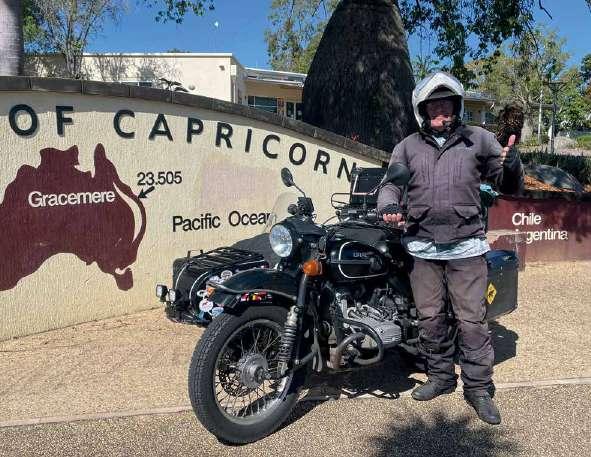

has recently moved from Russia to Kazakhstan, as the war with Ukraine started to bite. Selling anything from Russia is a little difficult these days.
Jean-Louis’ bike maxes out at a touch over 100km/h, downhill and with a tailwind. Jean-Louis found 70km/h was a comfortable and mechanically sympathetic touring speed.
As for the soundness of the machine, he told me that the only issues he had were with things that mechanics had messed with during the trip. The bike itself, as it was built, was bulletproof.
The other great advantage of choosing the Ural for a trip like this was its ability to carry spares. The outfit comes with a complete spare wheel, which can be made to fit onto any of the three-wheel positions on the machine. How’s that for covering all eventualities!
Jean-Louis had no experience with sidecars before he bought his Ural. “It was my dream to travel on a sidecar. I didn’t know anything about them, I had just seen them in the movies like Indiana Jones! So, I started by doing a weekend of training on how to ride a sidecar, because it’s totally different to riding a motorcycle. I think the training was very important. And then I decided to buy one.”
“So, I started to look for a sidecar, and there are two possibilities. The first is to buy a sidecar like the Ural, or you buy one that is specially built for you from a normal motorcycle. I decided on the Ural because it was designed from the start to be a sidecar. Then I did some more training on the Ural once I bought it, because it is
important to learn to ride it properly.”
Keep an eye out in upcoming issues for a more in-depth story on Ural machines and their local network. I promise I’ll get to it.
I asked Jean-Louis about whether there was any trepidation in taking on such a trip alone.
“It’s easier than you think. People can be afraid of being very far from home on a motorcycle, but no matter where you are you can always find places to buy food, to buy clothes, and you can always find a small garage where they can wrench your bike if you need it, so it’s much easier than many people think. I’ve also found I am more happy travelling by myself than in a group. You can feel safe when you are in a group, but you are not free. When you travel by yourself you are free to stop when you like. You can decide to stay for a week somewhere because you like it.”
So, with the end of the first COVID-19 lockdown, Jean-Louis set off. The plan was to head North East, through northern Europe and into Russia, before crossing the massive country to Vladivostok, where he would board the weekly ferry for Japan. He managed to get his visa from the Russians, which isn’t easy, and on his way there he was able to pick his way through the eastern European countries dodging various COVID lockdowns, until he arrived in Estonia. There he visited the Russian embassy, where he was told
the Russian border was closed and he would have to head back to France. No way was he getting into Russia.
“I was close to the actual border, so I decided to go to the border and just try. I met a police officer and he interviewed me for four hours. He didn’t speak French and I didn’t speak Russian, so we tried to communicate with Google translate, but mostly I didn’t understand what he was asking me and he didn’t understand my answers. Eventually he went away and then came back to me and said, Ok, you can go. So, I went into Russia and it was very strange. Nobody was wearing masks and things seemed ok. So I rode all the way to Vladivostok (a distance of 10,000kms) and Vladivostok was basically closed when I arrived due to the pandemic. The ferry to Japan was closed, Asia was closed, Australia was closed, America was closed. So, I had to go back to Paris.”
Jean-Louis put his bike on a train to Moscow, then rode from there back to Paris. More lockdowns in Europe followed.
“Then in May of 2022 the borders opened again, and I put my bike on a plane to Montreal, and my trip recommenced with a ride to Alaska, then North to the Arctic Ocean, and then across America and south all the way to Patagonia at the bottom of South America. It was more than 35,000kms.”
I asked him if there were any times in Central or South America where he had any safety concerns.
“People on the road told me Mexico could be dangerous, but the


Mexican people were really nice, probably some of the nicest people I met. And there are some basic rules for safety, and if you follow the rules, nothing will happen to you. The rules are avoid riding at night, and don’t go out at night in the big cities if you don’t know the area. Ask the local people and they will tell you where it is safe. And don’t carry valuables like watches and be careful with your phone.”
After riding to Patagonia, he had to come back north to Santiago to ship his bike to Australia by plane. JeanLouis said “It’s strange, but shipping by air can be almost the same price as shipping by boat because of the cost of getting a shipping container. It’s much more convenient, and there’s no hidden costs, whereas, when you ship by boat, there can be a lot of hidden costs when you arrive.”
“I flew to Sydney and Australian customs was a nightmare. Everywhere else in the world was easy, but in Australia it took 15 days just to
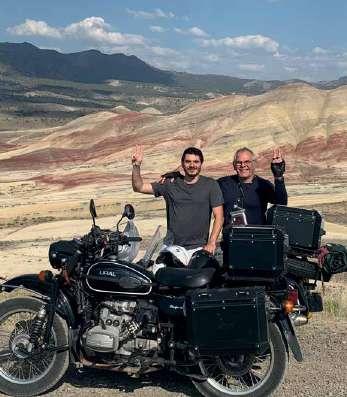
get the stamp on the carnet (a travel document for the bike) and then I had to wait for it to be inspected by customs.”
“Then I had to get a green slip for insurance. I could use my French registration, but for local CTP insurance nobody seemed to know how to do it for a French registered bike. Finally, I managed to find some information on the internet, but then it is different in every state. Australians get CTP as part of the registration process, but I was not needing registration, so it was very difficult.”
“My first trip in Australia was to Uralla in NSW to visit the Ural importer for Australia because I needed some work done on the bike, and from there I went south to Melbourne, and I wanted to visit Tasmania. That was my favourite part of Australia.”
“I was lucky enough to see a Tasmanian Devil and a Platypus in the wild.”
From there he went back to Melbourne and headed west via Adelaide across the Nullarbor to Perth. Normally he averaged only around
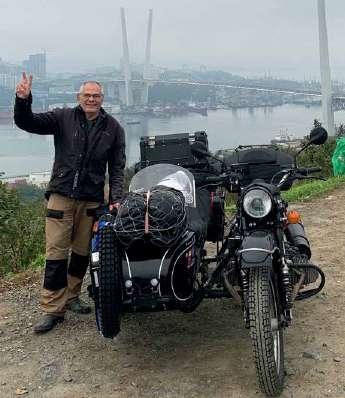
Left: Colorado USA.
Below left: Painted Hills with son Louis in USA.
Below middle: Vladivostok Russa.
Below: Ushuaia Argentina.
300 km a day, but on the Nullarbor he managed 750km a day, which is quite a hike at 70km/h.
He told me the truck drivers on the long straight road were very considerate, especially compared to the ones he found in South America. On the whole, he found Australian drivers to be among the best in the world in terms of their ability to drive and follow normal road rules.
“The other thing I noticed with Australians is you can expect them to help you. Once when I was heading to Perth I broke a rim, and the first car that came past stopped and the guy helped me fix it up, and he wouldn’t leave until he knew everything was fixed.”
He often carried extra fuel if he knew he would struggle to reach a fuel stop. The Ural has a range of around 250km fully loaded, so he would buy a jerry can for the legs where he would need it, then give it away to someone once he returned to civilisation where it was no longer needed.
From Perth he headed north to Broome and then east to Darwin, then across to Cairns and south to Sydney. It’s safe to say this Frenchman has seen more of Australia than most locals.
I asked him about his planning process, and he said he only really planned a few days ahead. Obviously, he had a an overall plan for where he was going, but every few days he would plan out the route for the next 3
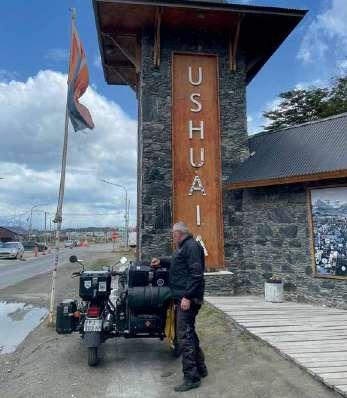
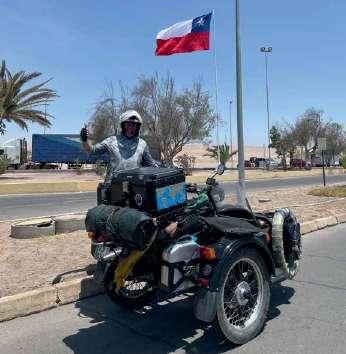
days and book hotels. This was to give him the freedom to stop for as long as he liked along the way.
“What I love when I’m travelling is the wildlife and the landscapes. So, Australia for me was a dream for the wildlife, because there are animals you cannot find anywhere else, and it’s easy to spot them. I saw many kangaroos and wombats, unfortunately too many dead ones! It made me sad when I saw two emus and slowed down to make sure I missed them, but later up the road at my next fuel stop I spoke to the driver of a car that arrived after me, and he told me that he had hit them when they ran in front of him. He was very sorry, and it was quite sad.”
“It’s an empty country. Almost nobody in some parts. Some people might think it’s frightening being out there and that you might worry about something happening when you’re alone, but some days I would get up early, at 5am, and get on the road just to have that feeling of being alone on the earth.”
“I thought about why I like to do trips like this on a bike, because I’m not a normal bike rider. I’m a traveller who chooses to travel on a bike because it’s immersive. And in Australia you go from one smell to another,” he chuckled.
“If you want to do a trip like this you need to ask yourself, are you able to cope with being alone? You spend a lot of time by yourself on a trip like this, and you need to be ok with that. Some people are not.”
future?
And now Jean-Louis is faced with perhaps his biggest challenge. Going home.
“Where to now?” I asked.

Above
Above: Argentina Ruta 40.
Above right: Lima Peru.
Below: JLS and Francine.
“I don’t know”, he sighed. “I need projects, so I need a new project now, but it’s too early to say what it will be. I love travel, but maybe it will be different. Maybe write a book?”
He is going home to a wife who has been living in a new house for the last two years without him. She has her own routine, her own daily habits, her own way of life, and it all happens without Jean-Louis. In the same way, he has developed his own habits and rituals, from the way he prepares for his day each morning, to coping with loneliness, and now he has to go home and fit into a life with his wife, when they are both completely used to living by themselves.
“Is your wife looking forward to you coming back?” I asked.
Jean-Louis laughed. “I don’t know. Yes, I think so. Before I left, I looked after everything at home. Now there is a new system and I need to fit in.
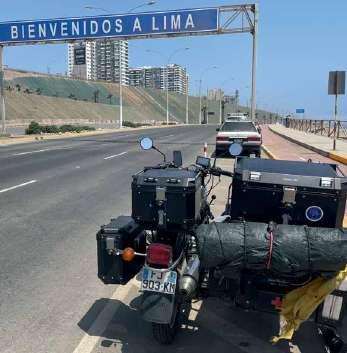
She said to me yesterday on the phone that she has her own way of doing things and that I can’t expect her to change everything when I come back. When we saw each other recently in Bali for a holiday she said that she felt I seemed distant in my mind. Not distant from them, but when you are travelling so long you are not interested in small things that might be important to other people.”
I’m not sure what Jean-Louis will get up to next, but one thing I am sure of is that this will not be his last adventure. He has a spirit that is not going to go gently into that good night.
I will leave the last comment to him. A passage I saw in his online diary.
“Slowly, without forcing myself, with my nose to the wind, I will travel around the world. No feat, but encounters. No sponsors, no humanitarian pretext. Just the everchanging spectacle of the road. Hasta luego!”
Jean-Louis’ online travel diary is here www.polarsteps.com/ JeanLouisSouchiere
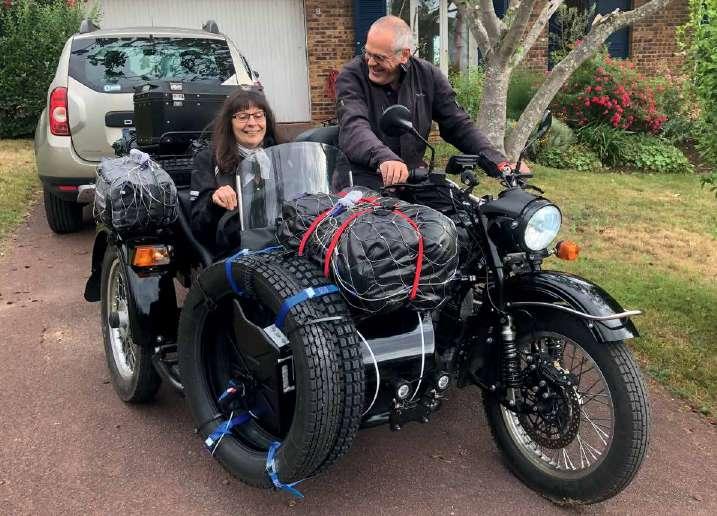
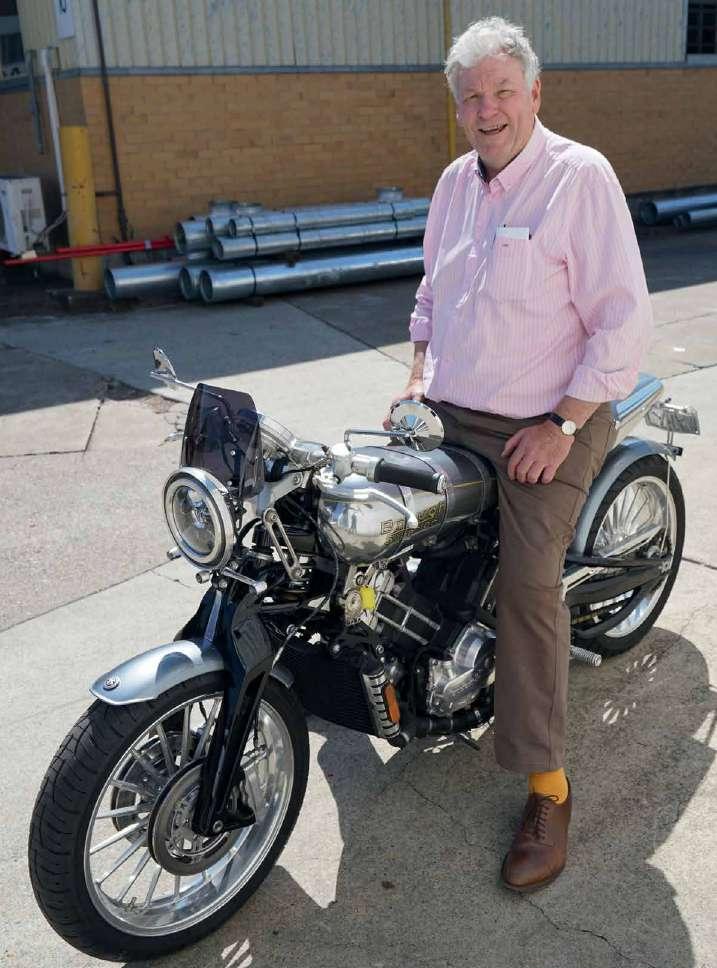

Brough superior name: fred drake location: Brisbane
Bikes you currently own:
8 2019 Brough Superior SS100 2021 Brough Superior Pendine Sands
Your stand-out motorcycling memory:
8 Many, Bathurst seeing Greg Hansford wheel standing down Conrod Straight at over 180 mph over the “dipper”.
Speed week at Daytona Beach USA 1977, the custom bikes, the Trade Shows and the main street full of motorcycles.
Your funniest motorcycling related experience:
8 Watching a fellow rider trying to get off his 62 Triumph 650 Trophy outside the Tenterfield Post Office in the middle of the night Easter Thursday 1968 on the way to Bathurst. He was only wearing a denim jacket and jeans and was so stiff from the cold. I was wearing an Army coat, leather jacket, scarf, gloves and flying boots!
the top 5 things you now know about motorcycle riding that you didn’t know when you first started.
8 I rode a bicycle 7 miles to school and back in suburban Brisbane in Grades 10 and 11 so I learnt a lot and had my fair share of minor accidents including getting knocked off by a car!
It was then an easy transition to a 1960 Vespa GS 150 motor scooter then to a 1956 Ariel 250cc and then to a 1959 650cc Triumph Thunderbird.
I have developed a range of rules that I abide by that I do not break either riding or driving.
The overall rule is that I am going to get home using whatever I started out on.
Today I ride with one hand on the clutch and one hand on the front brake and I never stop scanning the road ahead.
Swiss army knife or first-aid kit?
8 Swiss Army Knife
Is there any ride you’ve not done that you want to?
8 No but I would always go on a good ride if someone asked.
What would be your top 3 riding experiences, and why?
8 Riding long distances, Brisbane to Bathurst or Melbourne day and night before I was 25. The open road, sleeping in the open and riding through the night.
The camaraderie of all motorcyclists everywhere.
Is there a motorcycling riding rule you would like to see enforced?
8 Not enforced but adopted by all riders. When I was selling motorcycles years ago, I would say to beginners, work on the basis that all car drivers are out to kill you! It does not matter who is right or wrong, you are the one that will end up in traction, in hospital.
Do you listen to music on rides? Is there a song that just says “motorcycling” to you?
8 No, I just want to hear what is going on around me the same as when I am out for a walk.
Is there any one motorbike you consider to be the most iconic of the 20th century? Why?
8 No, there were so many motorcycles that were iconic in their time.
A 1964 Triumph Bonneville was King of the road. The first 750 Hondas were a revolution in performance and ease of use.
The Kawasaki 900Z1 was a very stylish motorcycle with performance to match 1969 2 stroke Suzuki 250 twins would out-perform most English 650 parallel twins.
Six words that sum up what riding means to you.
8 [Being] in the open air and riding! aMM


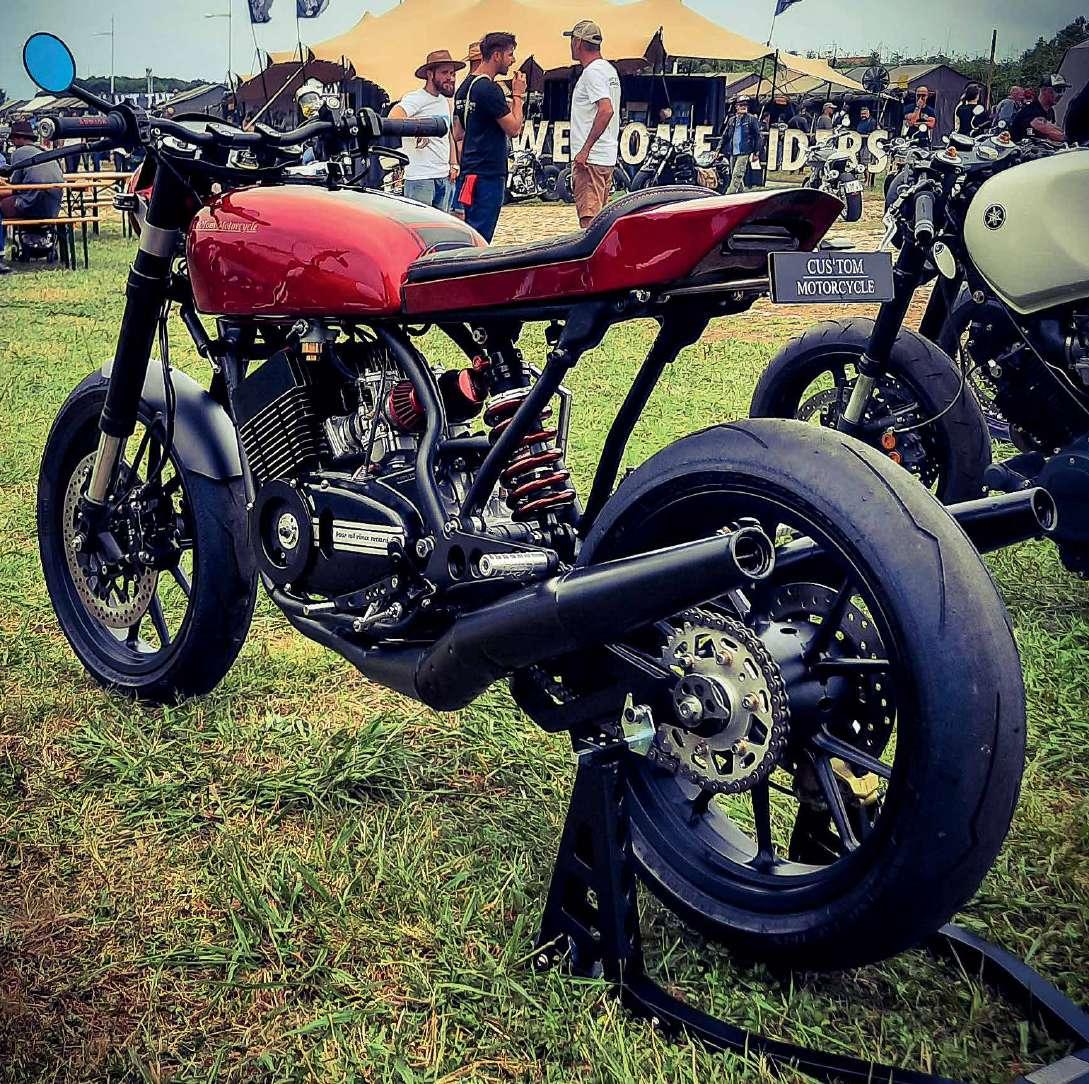

BACK IN 1973, MY father would pick me up from school on a Yamaha RD350, one of the most iconic two-strokes ever made.
It was exactly this bike, which I inherited after he passed six years ago. This is why it bears the engraving: “For you, old fox”.
I had avoided modifying it until now, and I have a little boy of my own, who will soon be six-yearsold, and it will be my turn to make his dreams come true in front of his schoolmates.
I can’t think of a more valid cause to modify my inheritance.
I very much wanted to keep the RD350’s original lines, and to modernise it without losing its proportions. I wanted to highlight its mechanical aspect and address its race-heritage, because that’s where the two-stroke demon lives.
I kept the engine, the petrol tank and the frame. The front axle, the wheel rim, calipers, and forks are White Power units straight off a KTM 390

Duke. I had to adapt the angle of the original steering column, which you can see on the YouTube video here (https://youtu.be/xwsImABF6GA).
The 320mm floating front disc is an NG race item, so there’s no question about stopping.
The rear wheel rim is also off a KTM, which allowed me to run a 150 tyre, and stay true to the proportions of the bike. I had to adapt it by changing the bearings, re-doing the internal and external spacers, then modifying the existing crown holder and having a custom crown machined.
The swingarm is straight off the mythical RD350LC, and I put it in upside-down. It has been modified to accommodate the single-shock, which I had custom-made by the French suspension company, Shock Factory. They were kind enough to work out which was the least “unfavourable” unit for my needs, seeing as the lever-arm is very important due to the kinetics of the assembly.
I adapted the rear brake-caliper with an aluminium plate with a custom-made stainless connecting rod, and fitted it all upside down for the ultimate racing look. The rear master cylinder is also off a KTM (and here’s the YouTube video showing you how I integrated it: https://youtu.be/WZv5mx4YaK4).
I made the brake pedal and gearselector, but the rear-sets were also from an RD350LC, as are the two period expansion chambers.
I did, however, recycle the steering damper from a broken-down washing machine and it is adjustable.
The engine has had its intake and exhaust diaphragms enlarged to fit the new mufflers a little better and to give some extra horses at the top of the rev-range.

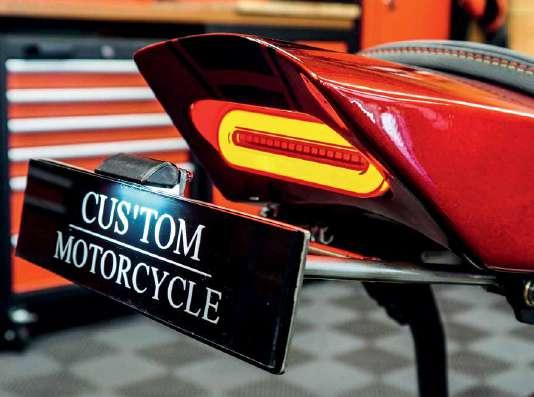
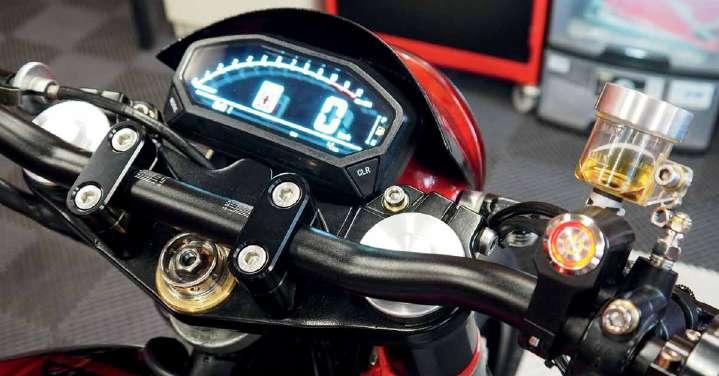
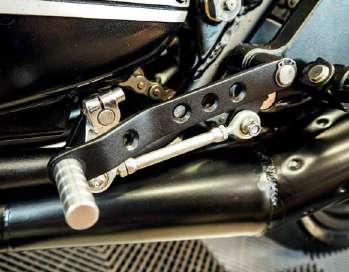
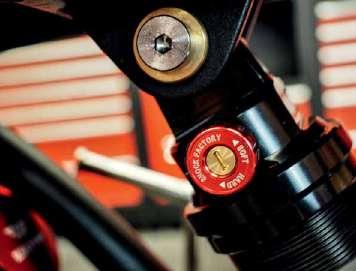
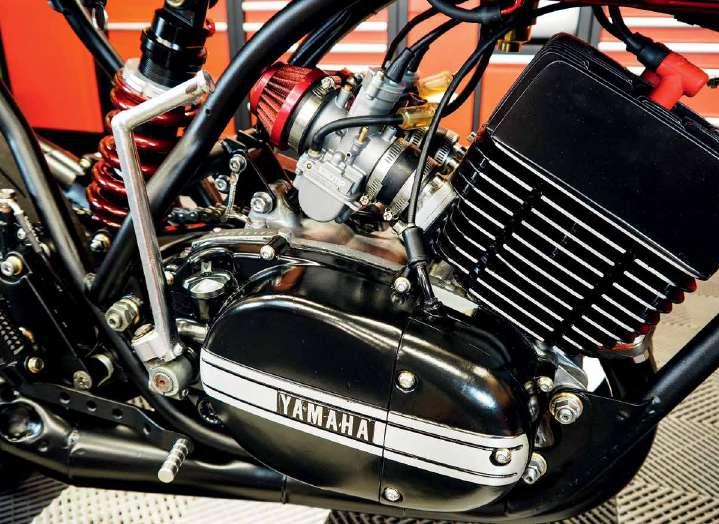
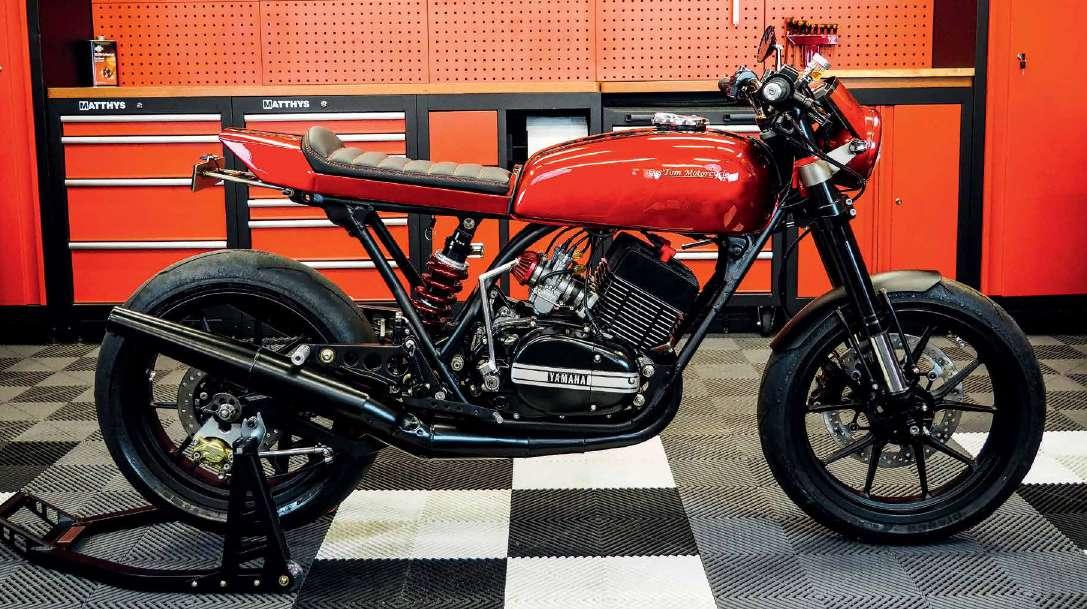
The original Mikuni 28mm-diameter carbs have given way to a pair of 32mm PWKs with flat-slides and some custom-made aluminium piping in my workshop.
The old points-based ignition has been replaced by electronic ignition with an internal rotor, which allows for more aggressive revving thanks to the smaller rotor having less inertia.
The cylinders have also been re-bored to accommodate the new pistons, and the bike is currently being run-in. After we fine-tune the settings, we are hoping it will push out 50bhp and weigh a mere 100kg.
The tail-piece is made of steel (here’s the process: https://youtu.be/PomHPmjAwEA), and it houses a trailer tail-light, and a seat in red-and-gold stitched faux leather that matches the deep candy red of the paint and all of the bike’s bronze washers.
The headlight is a standard unit. I just added a small nacelle to hide the instruments, and made up a closefitting front-wheel guard at the same time.
And it has to run Pirelli Super Corsa SC2s because it is, after all, something of a racing bike.

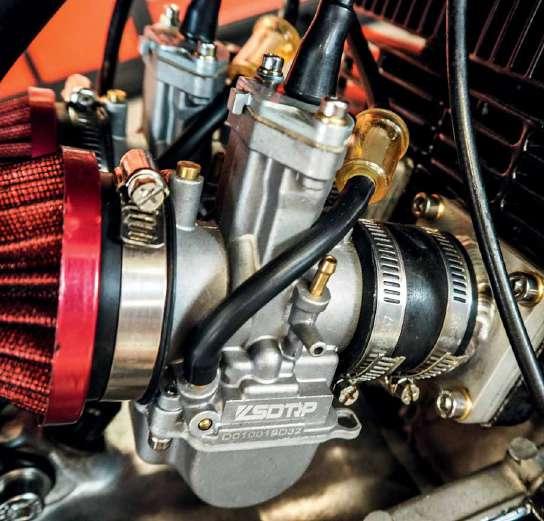
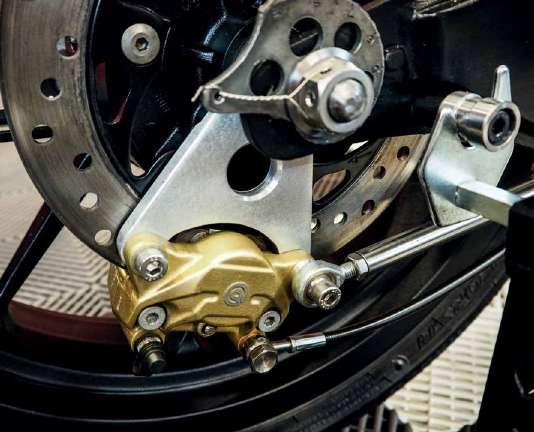
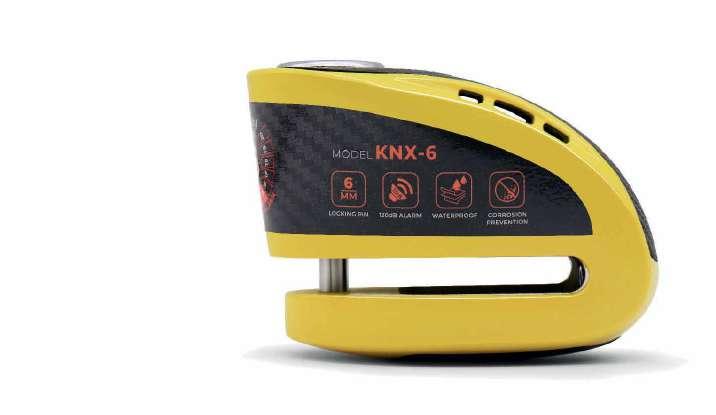
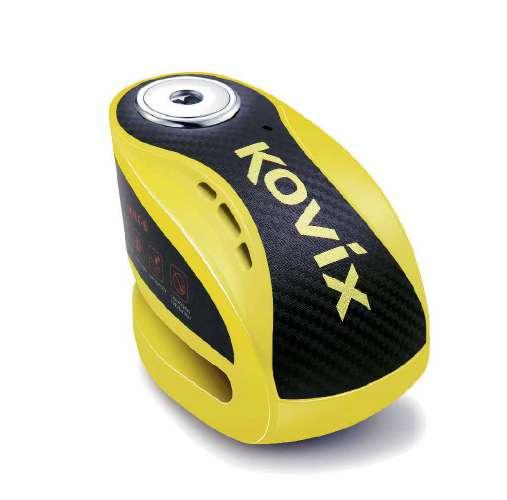

Portable, Security & Stylish:
Portable device with high grade alloy construction and piercing alarm make KNX-6 a markedly effective way to protect your bike. Simple pushdown locking system comes in five stylish finishes.
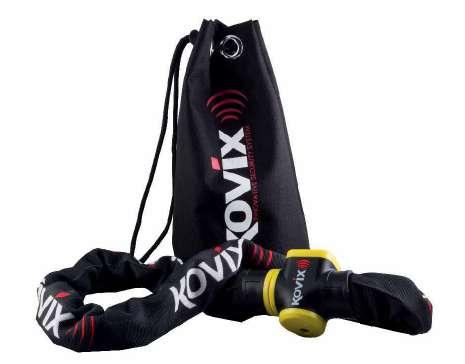
ALARMED CHAIN


10mm hexagon hardened steel chain with protectice sleeve.150cm in length. Suitable for the Kovix Ground Anchor.


ALARMED BRADED CABLE
Kovix Alarmed Braded Steel Cable 110cm. 24mm strong thick plastic coated steel cable.

Brake lever lock with Zinc alloy protected alarm module (with alarm light).
words - tug MCClutChin
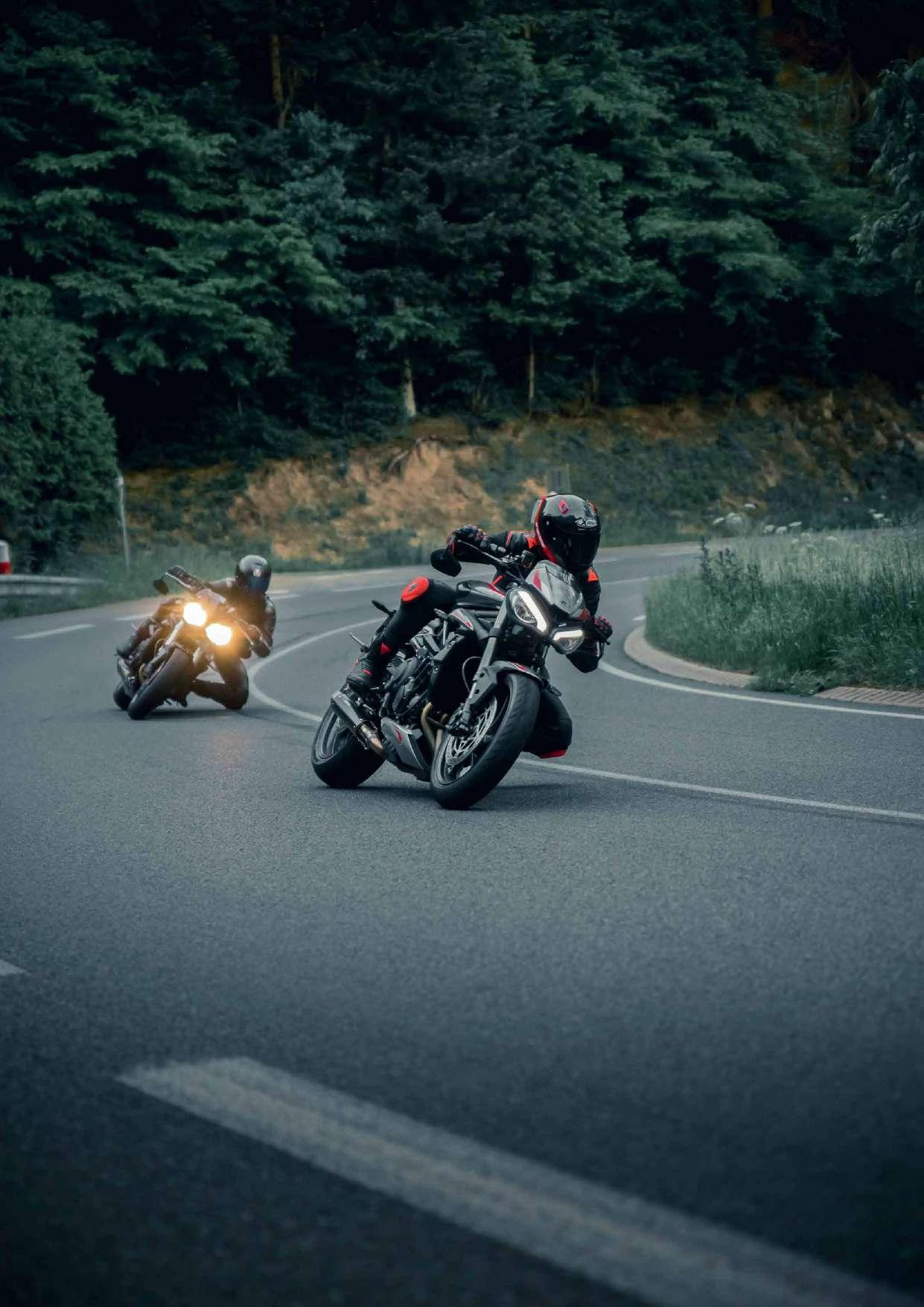
I’vE DONE A LOt of things in my life. As a schoolboy, I represented my country in two different sports. I’ve done all sorts of things for a living, from playing music to being a CEO. I’ve travelled the world teaching people how to be better at certain types of jobs. I’ve raced bikes. I’ve written for magazines. I’ve been to university. I’m a son and a brother, and I was once a husband. And I’ve been a good friend to a handful of really amazing people.
But I’ve never felt that any of those things define me in any way. I don’t call myself a sportsman, or a musician. I don’t call myself a businessman.
Some people define themselves by the job they do. I learnt long ago that what it says on your business card doesn’t mean you’re better than anyone else, nor does it say anything
about the kind of person you are. That can only be judged well by those you love.
But there’s one thing in my life that does make me different to most of the population.
I am a motorcyclist. I feel that defines me in a particular way.
I’m guessing you are one too.
Being a motorcyclist allows you to see the world differently. We view people who are not motorcyclists as different to us. Not necessarily inferior to us, just different.
They do not live the way we do. They couldn’t possibly. They don’t smell the Eucalypts when they’re travelling. Nor do they smell the dank, dark death of roadkill on a hot day. They never feel the sting of a bee that’s caught in your helmet. And they will never know the unbridled joy of a hot shower after
a freezing, wet day on the road. For them, rain just means the wipers go on. For us, rain means another day of hardening of the soul.
They can’t experience the slight relief of arriving at their destination in one piece, knowing that they have once again cheated death. Even when we ride gently, there’s always that slight sweet relief.
They don’t know what we know. They couldn’t possibly understand things the way we understand them. For they don’t experience things the way we do.
They don’t feel that emboldening exhilaration of twisting a throttle and unleashing a chorus of noise and vibration and speedy atavistic pleasure. They can never understand the feeling of wondering just how fast you can get into that next corner and
still make it out the other side, or how far you can lean the bike in the rain without ending up sliding on your arse towards the Armco on the outside of the corner.
They think we’re a bit mad. And they’re probably right. I’m down with that.
So, of all of the potential titles and descriptors that could have applied to me over the years, the only one that has been worn proudly is that of motorcyclist.
COVID-19 curtailed my riding to a large degree, as it did for us all. My planned racing schedule disappeared. My regular rides in the country and trips away went the same way. I had my health, and most of those close to me did too, so I was grateful for that.
It was at the end of the last pandemic lockdown that I found myself heading out on tour with a bunch of people I didn’t know, on a trip through the NSW countryside for 5 days. I’m not usually one for group rides, but this was being organised by a friend, and my mental health needs prescribed that 5 days in the saddle was worth the discomfort of dealing with a crowd.
I found myself in the carpark of a
country pub on a warm afternoon for the first evening of the tour, with a few more than twenty bikes strewn around haphazardly, parked roughly in the order in which they’d arrived. We were to set off on our journey the next day.
And then I saw her.
Standing in the sun on the other side of the car park was the most beautiful person I’d ever seen. The light shone off her blonde hair as the late afternoon’s yellow glow began to turn everything that lovely rich gold that photographers love. She chatted demurely to a couple of the other riders. I later discovered she was a relatively new rider, attending the trip with another lady who would arrive the next day. Participating in such a trip with experienced riders must surely have been intimidating, but she gave no sign.
Eventually, I found myself next to her and tried to say hello, but my ability to be cool had abandoned me. There was no cool. Only terror. I was flummoxed. For the next 5 days, we rode together, chatted in the evenings over drinks, and occasionally sat together at dinner. My cool never returned to me. I was completely uncool for a whole week. I’ve not found any semblance
of cool since.
I was intoxicated. Enraptured. Beholden. I never thought feelings like that would enter my life. Those feelings were the domain of youngsters, and I was not that anymore.
But now I felt like I was.
A couple of years later, my Number 1, as she is now known, wears my ring. I am engaged to become her husband, at a time and place currently being determined.
I am indeed a lucky man. And I owe it all to motorcycles, for without them we would never have had the chance to meet.
I am a motorcyclist, and so is she. Hail motorcycles. aMM



THERE’S tWO KINDS OF old. My kind and your kind. And your kind is disgracefully shameful.
When I started riding, I would look at the older riders with genuine awe. They were so fast! They rode so well! They were doing exactly what Hunter S observed people like that did – they walked tall, they laughed at what was funny and they shit on the chests of the weird.
I aspired to be like that. That aspiration guided and nurtured me. It still does, and I am in my early sixties so I am not quite done yet, and honestly never will be.
But it seems so many of you are done.
Instead of still celebrating the sheer visceral joy of motorcycling, instead of relentlessly thumbing your nose at authority, and instead of always embracing the atavistic purity of speed
words - Boris MihailoViC
and danger – which is the pure soul of riding – you’ve become this tut-tutting Greek chorus of moaning old bitches.
When faced with the Orwellian horror of speed cameras, you chant: “If you don’t speed you have nothing to worry about”.
When you see someone smash out a three-gear wheelie, or hammer past you at twice the posted limit, you mewl about how such things are: “Unsafe and give all motorcyclists a bad name.”
You actively subscribe to and parrot government propaganda that speed kills, passive safety gear is a must, and the sub-human, granny-killing thugs who police us are to be respected and obeyed without question.
You wish, and may the Road Gods painfully
rot what is left of your mousy wee souls, that people “Ride safe!” instead of “Ride well!”.
When did it all change for you?
When did you give up on being a motorcyclist?
Was it when your knees gave way?
Was it the last time you dropped your


The Dark Tower, he used a phrase which was the greatest insult to the gunslinger, Roland of Gilead.
“You have forgotten the face of your father.” Which is to say Roland had behaved a way that brought shame and disgrace to all his father and his ancestors had taught him about honour, duty, and indeed, gunslinging.
You, you doddery old shitgibbons, have forgotten the face of motorcycling. And thus, you have cloaked your twilight years with shame and disgrace and betrayal.
You have entirely forgotten why you took up this crazy motorcycle shit in the first place, haven’t you?
Because it was safe?
I don’t think so. You took it up because it was hellishly dangerous, and therefore so achingly exciting and fulfilling, it was quite obviously the greatest thing a man (or woman) could do in his or her short time upon this earth.
Some died doing it. Some were maimed. So what? That’s the price one sometimes pays for doing the greatest of things. You knew this then and you know this now.
“ inStead of alWayS embracing the ataviStic purity of Speed and danger – Which iS the pure Soul of riding – you’ve become thiS tuttutting greek choruS of moaning old bitcheS. ”
And yet you have chosen to purse your aged lips in condemnation and squirm in your incontinence nappies each time you see a motorcyclist edge-lording like a thousand bastards.
You bow and scrape at the Altar of Safety like compliant curs. Your spirit has been broken and your youth long-forgotten. I’ll bet you sometimes think back and wonder if that was even you doing donuts on the mountain at Bathurst, or seeing how long you could
keep your throttle pinned on a hot summer night out in the suburbs with three beers in your belly.
But you don’t think about it for too long, do you?
You can’t. If you were to ponder, at any length, what was and compare it to what is, the disgusting hypocrisy of your current existence, and the lies you tell yourself about still being a motorcyclist, would choke you.
And I would that it did.
If all you have left is fading memories you don’t even believe happened any more, and a yellow heart full of selfrighteous condemnation for those who still see riding bikes for the lizard-brain ecstasy it has always been, then the sooner you gag on your gruel, the better.
Motorcycling is better off without you. Hell, the world is a better place when the least possible amount of you safety-freaks, traitors, and pants-wetters exist.
Off you go.
You have indeed forgotten the face of motorcycling.
Or could it be you never even knew it at all?
25 - JUN 9
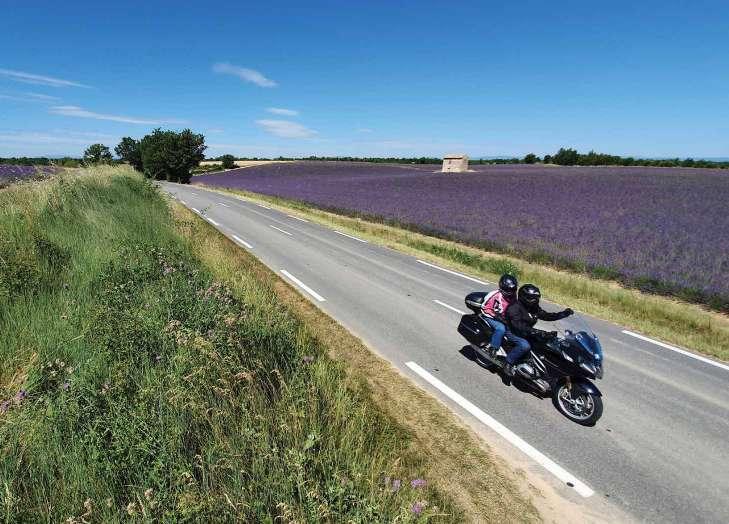

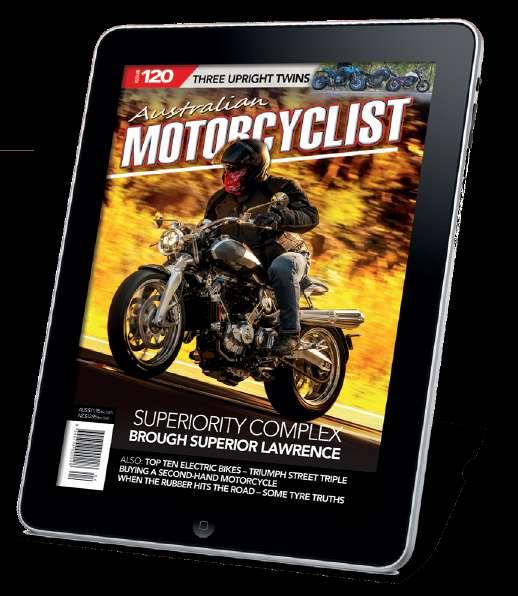
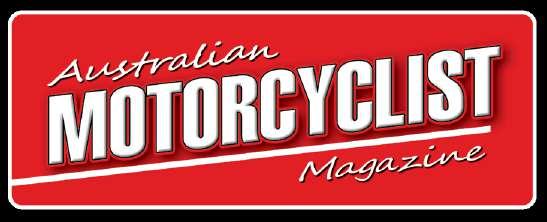

1 year SubScription of 6 iSSueS - $82
2 year SubScription of 12 iSSueS - $152
3 year SubScription of 18 iSSueS - $200
To subscribe to Australian Motorcyclist please visit our website www.ausmotorcyclist.com.au



